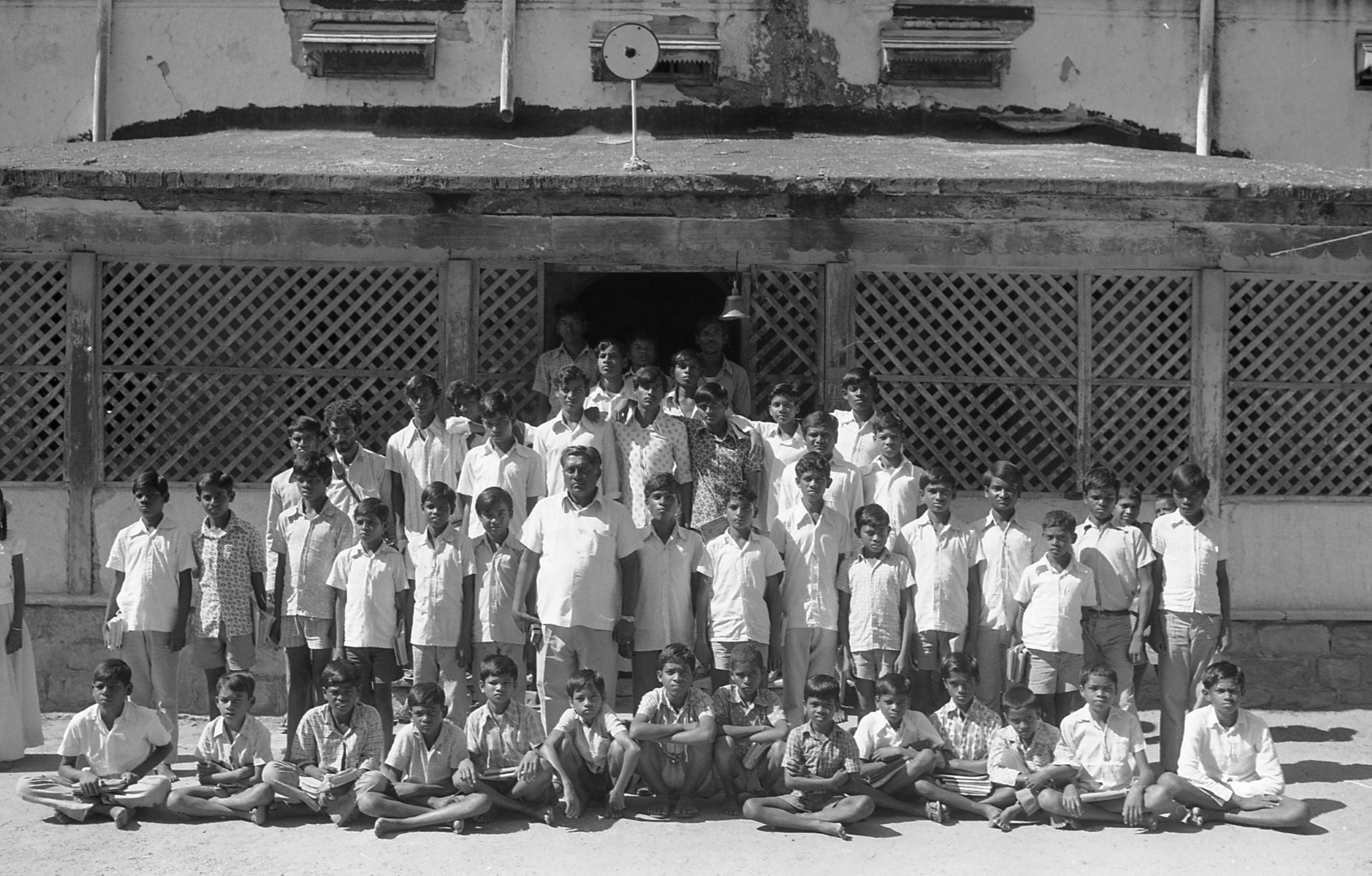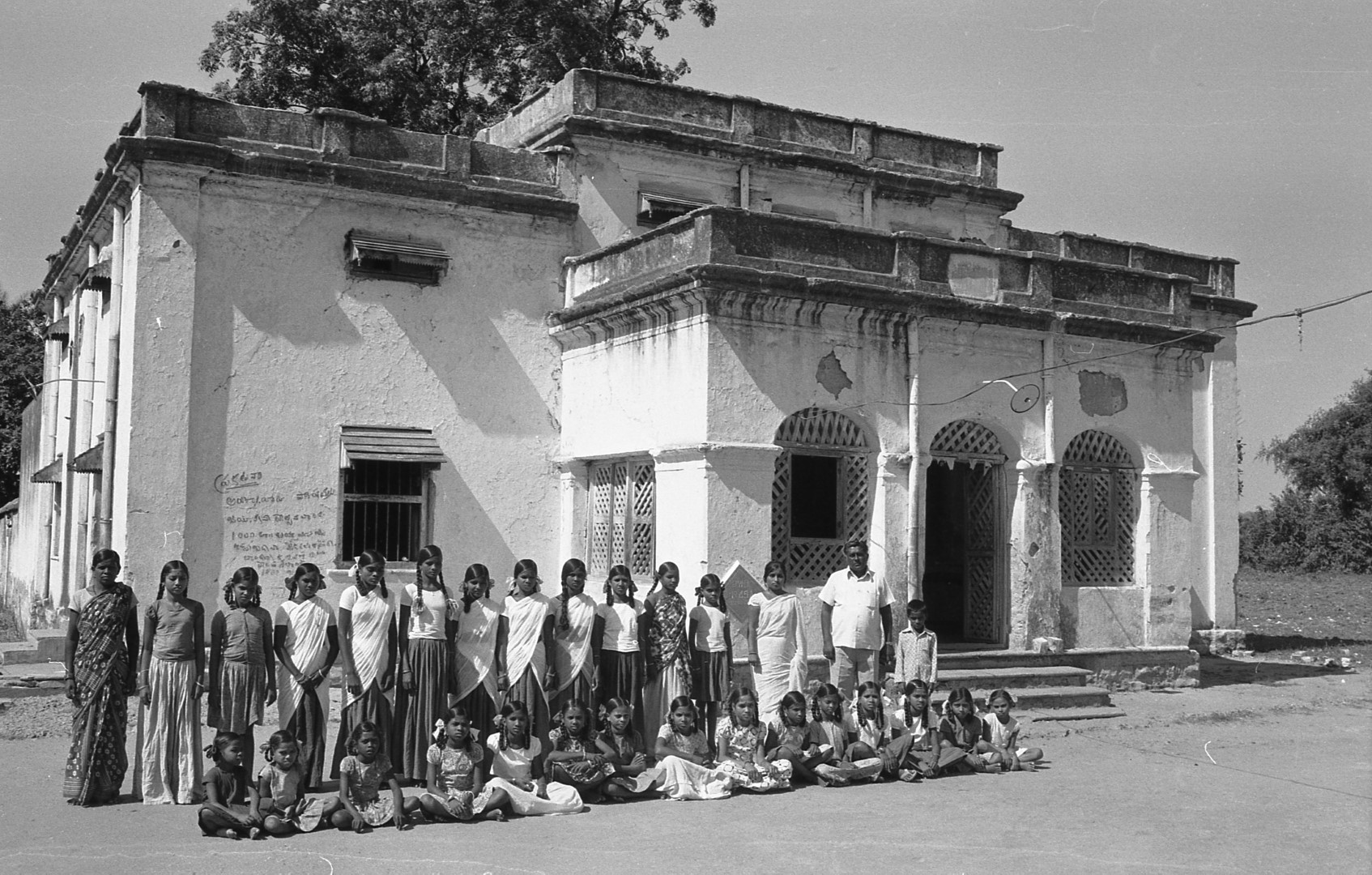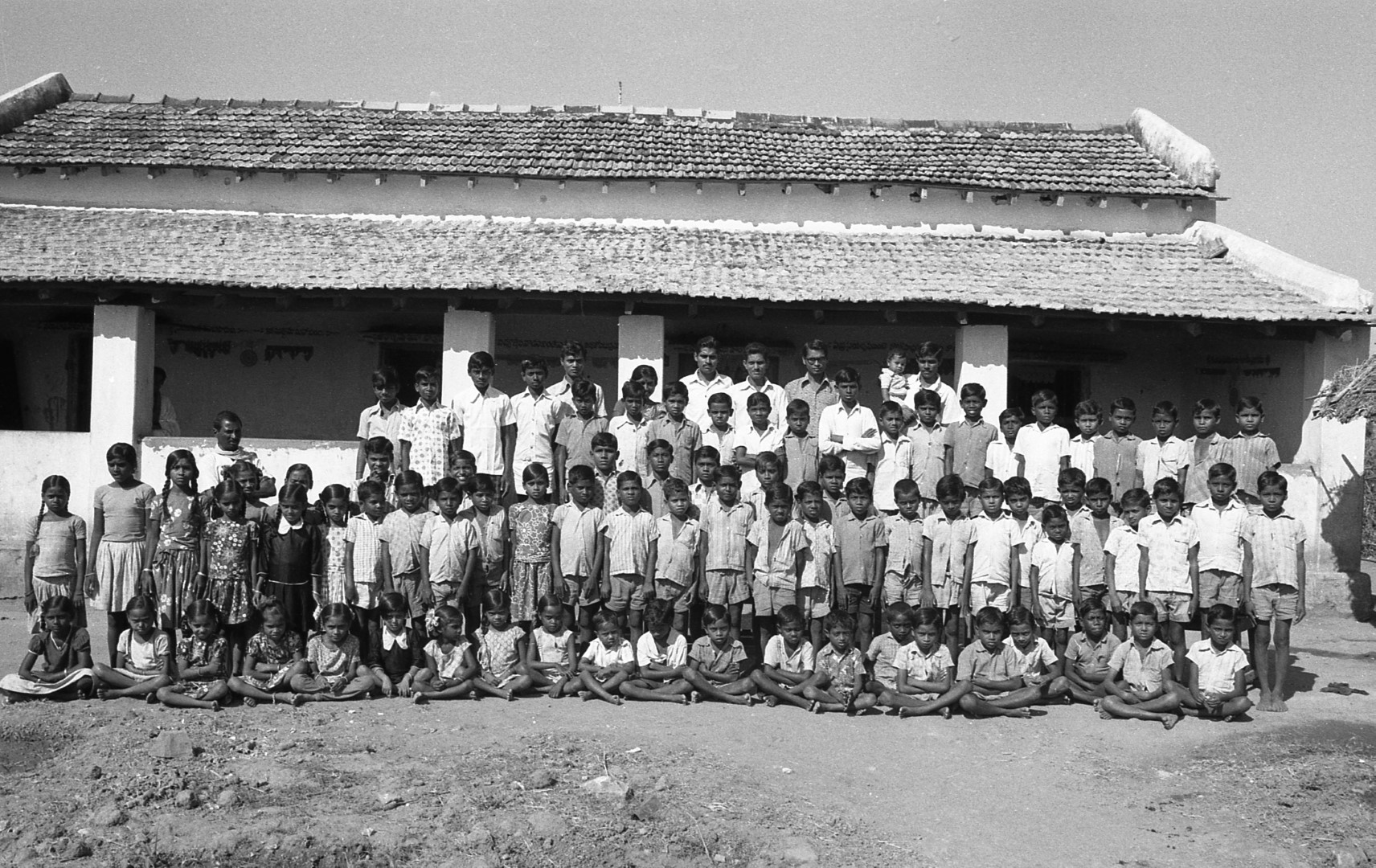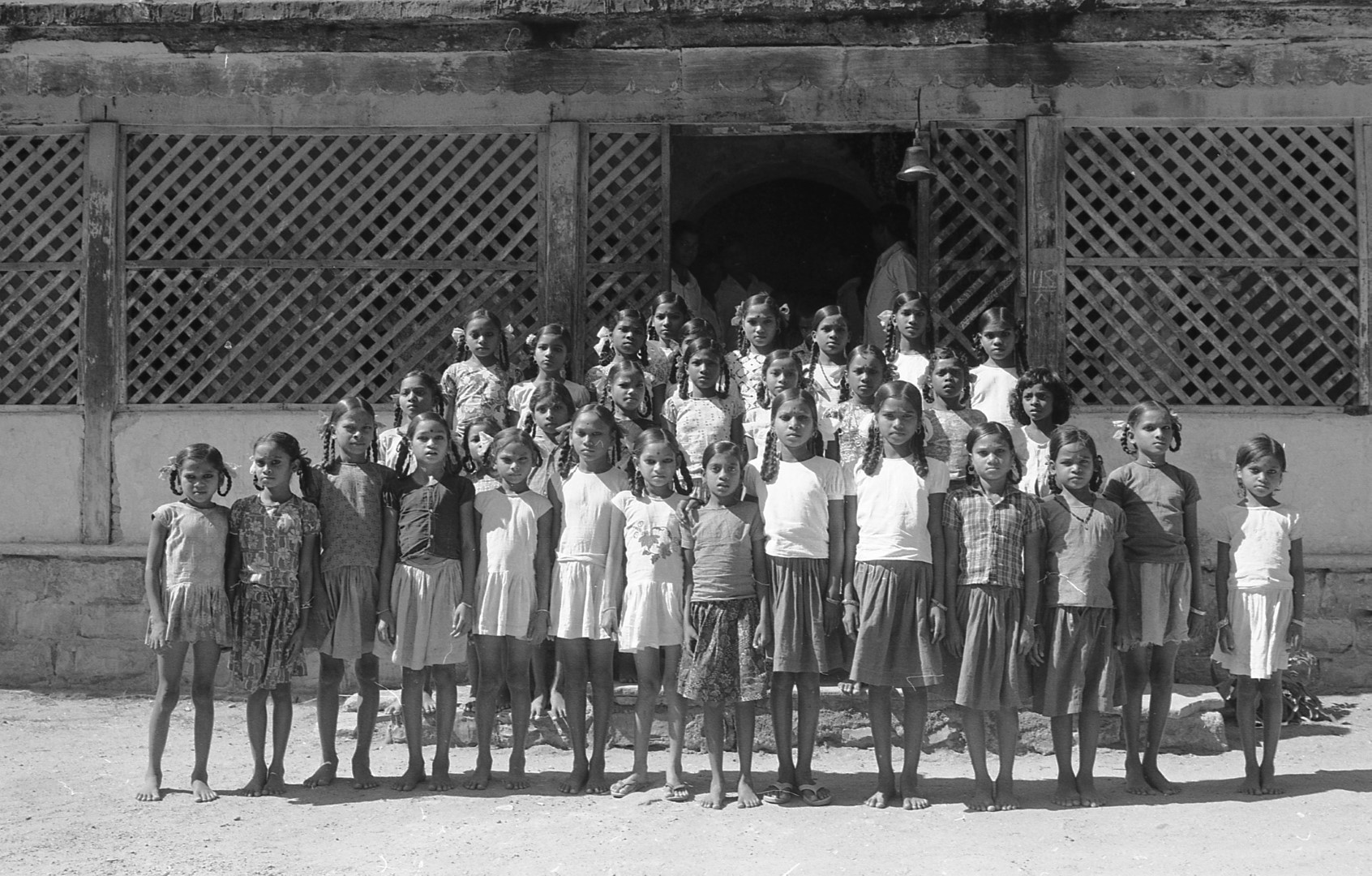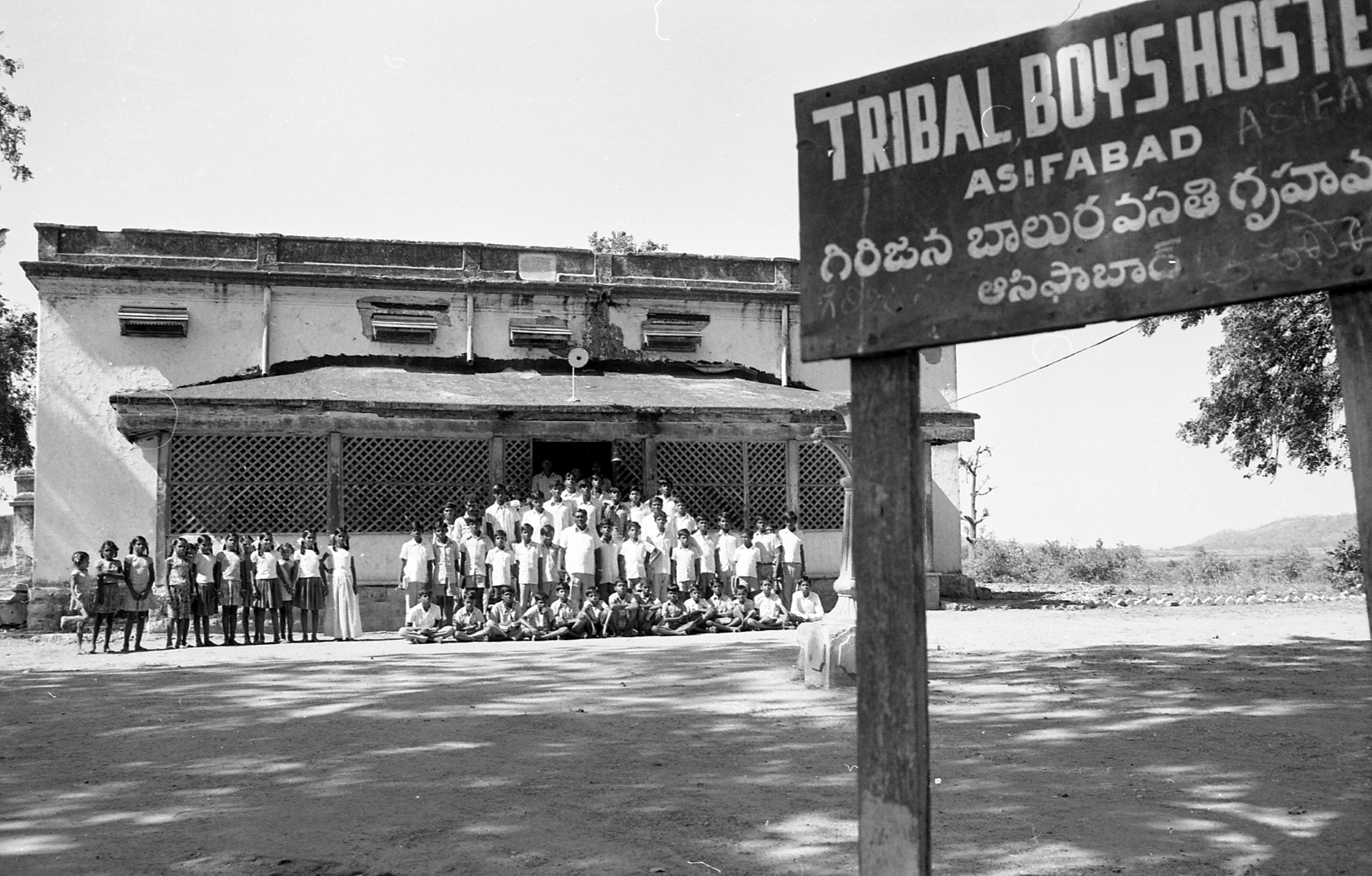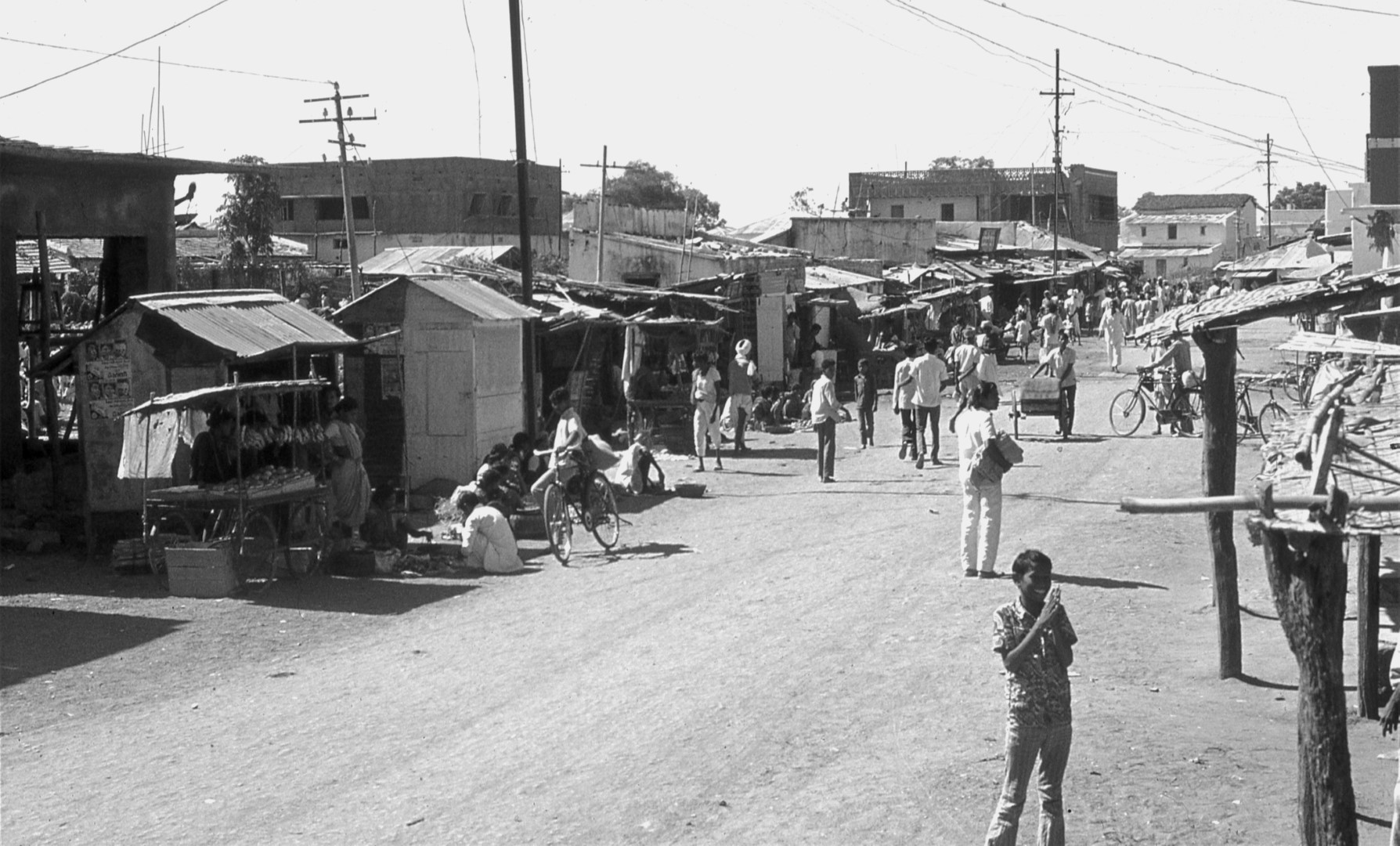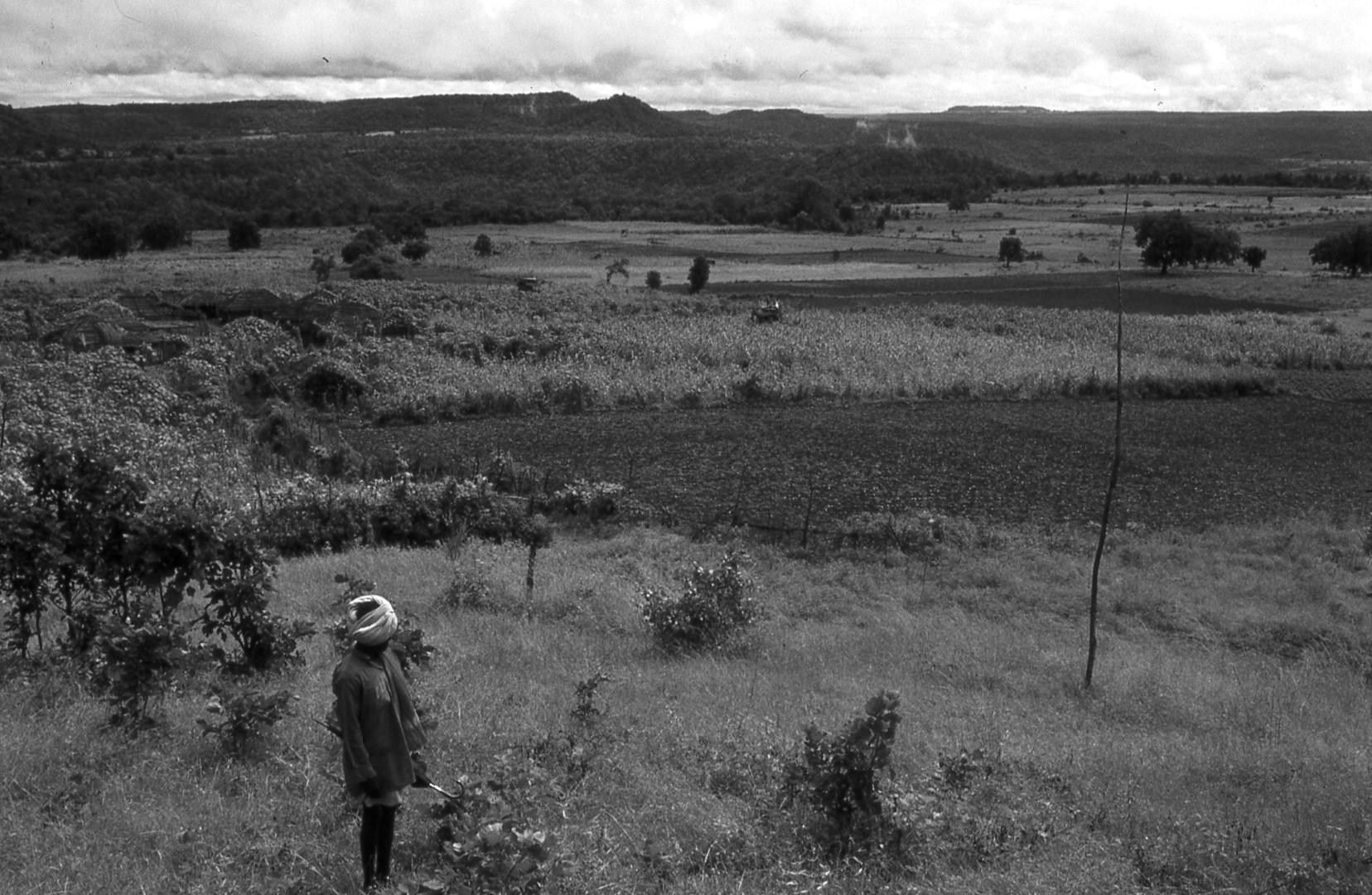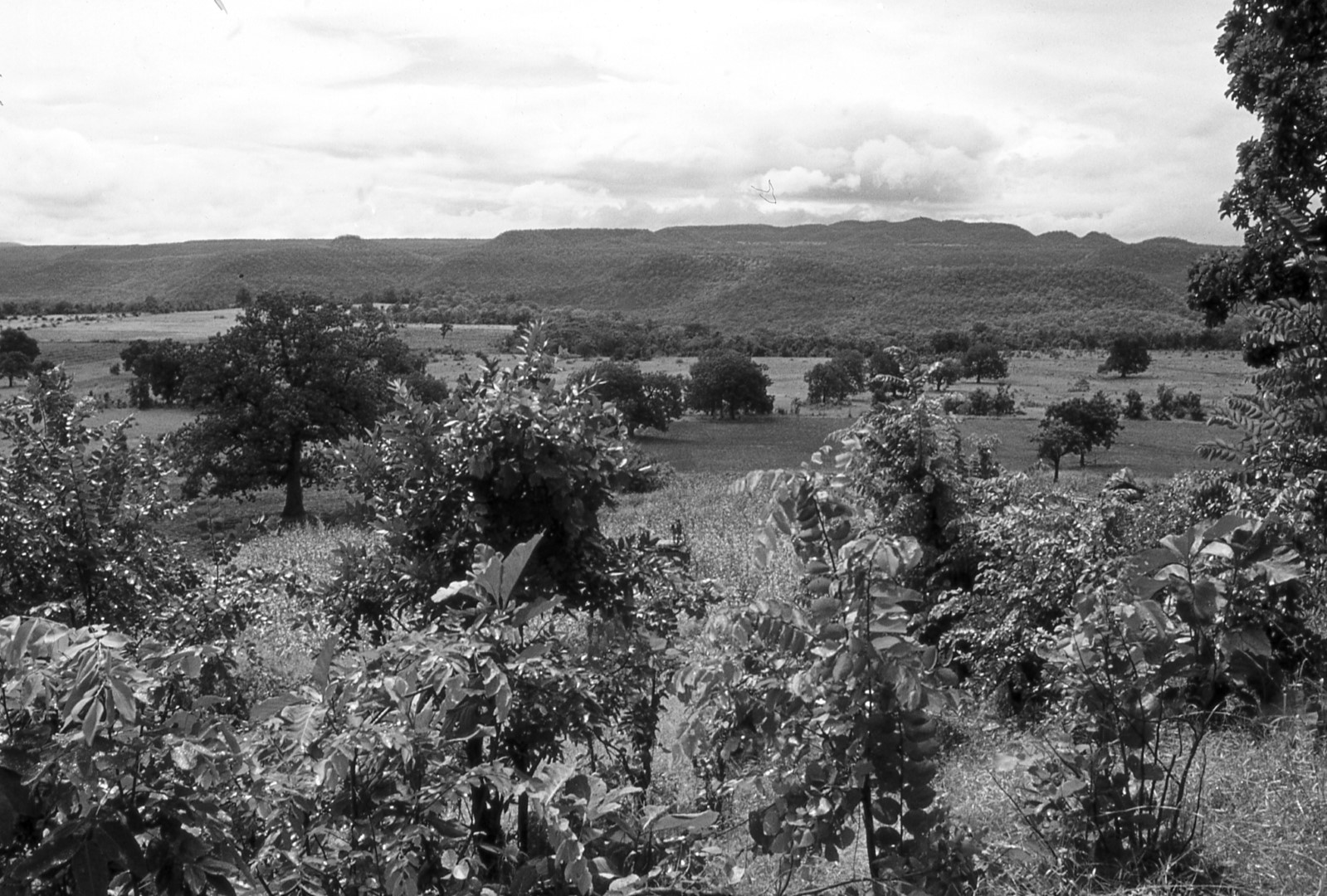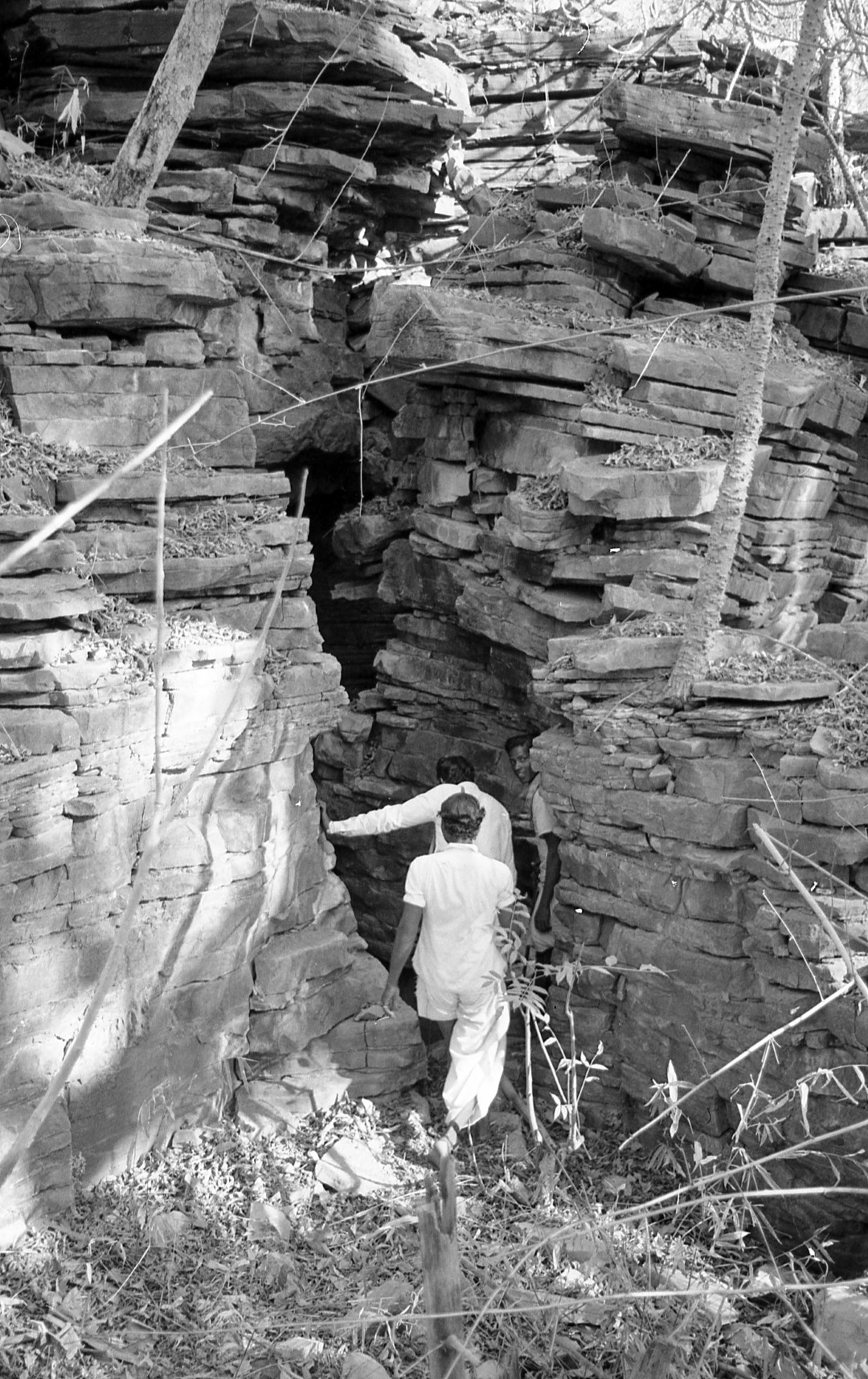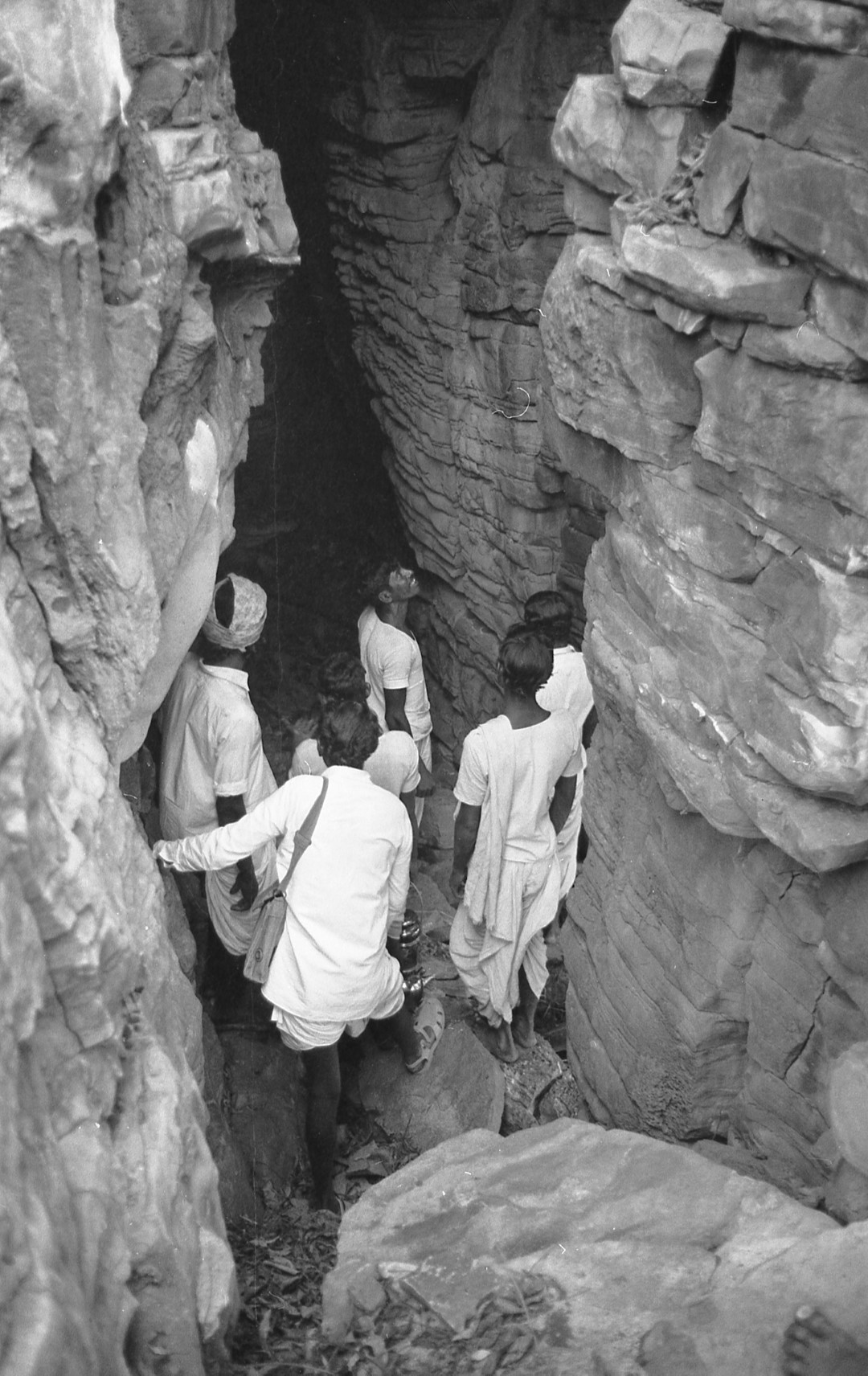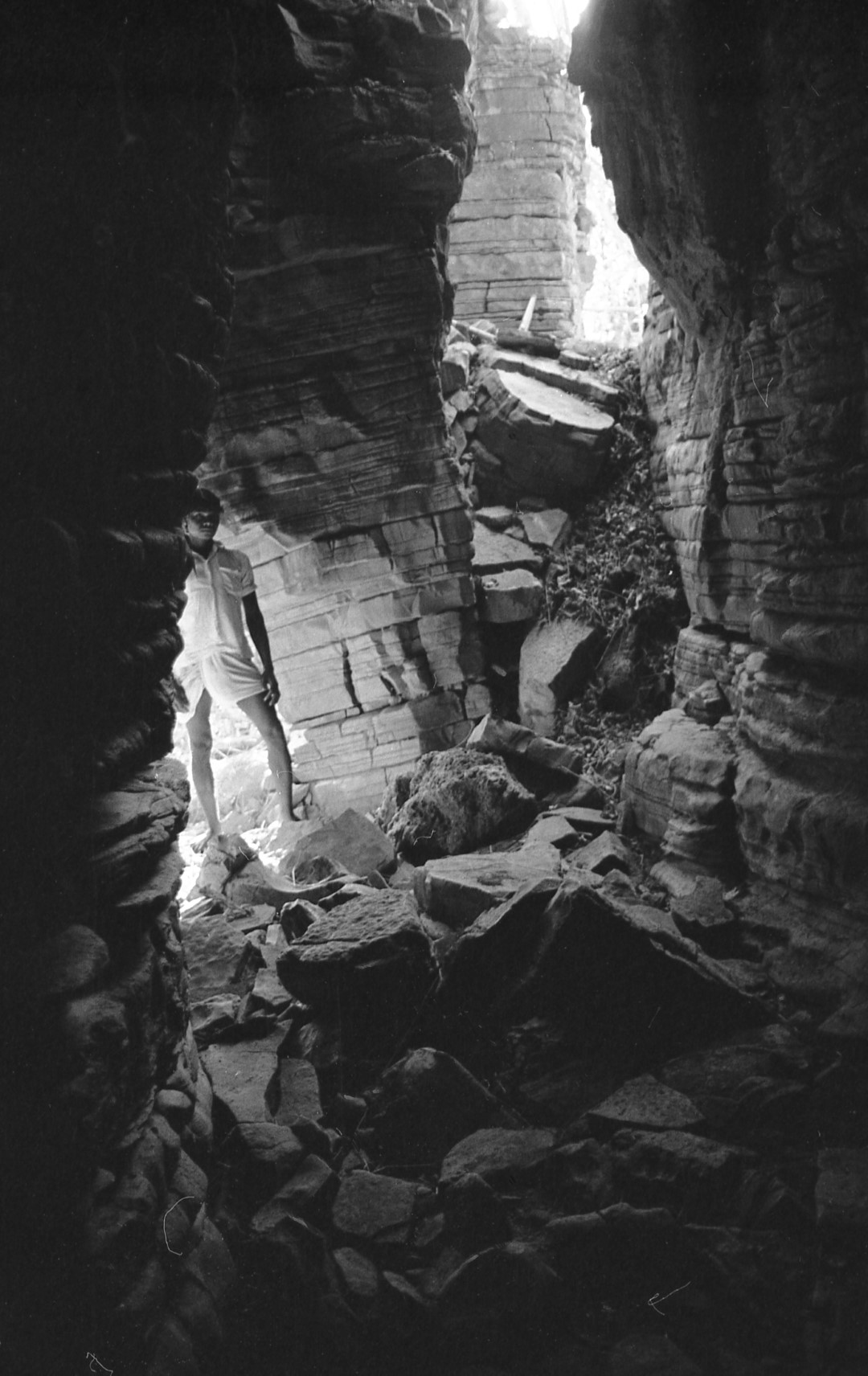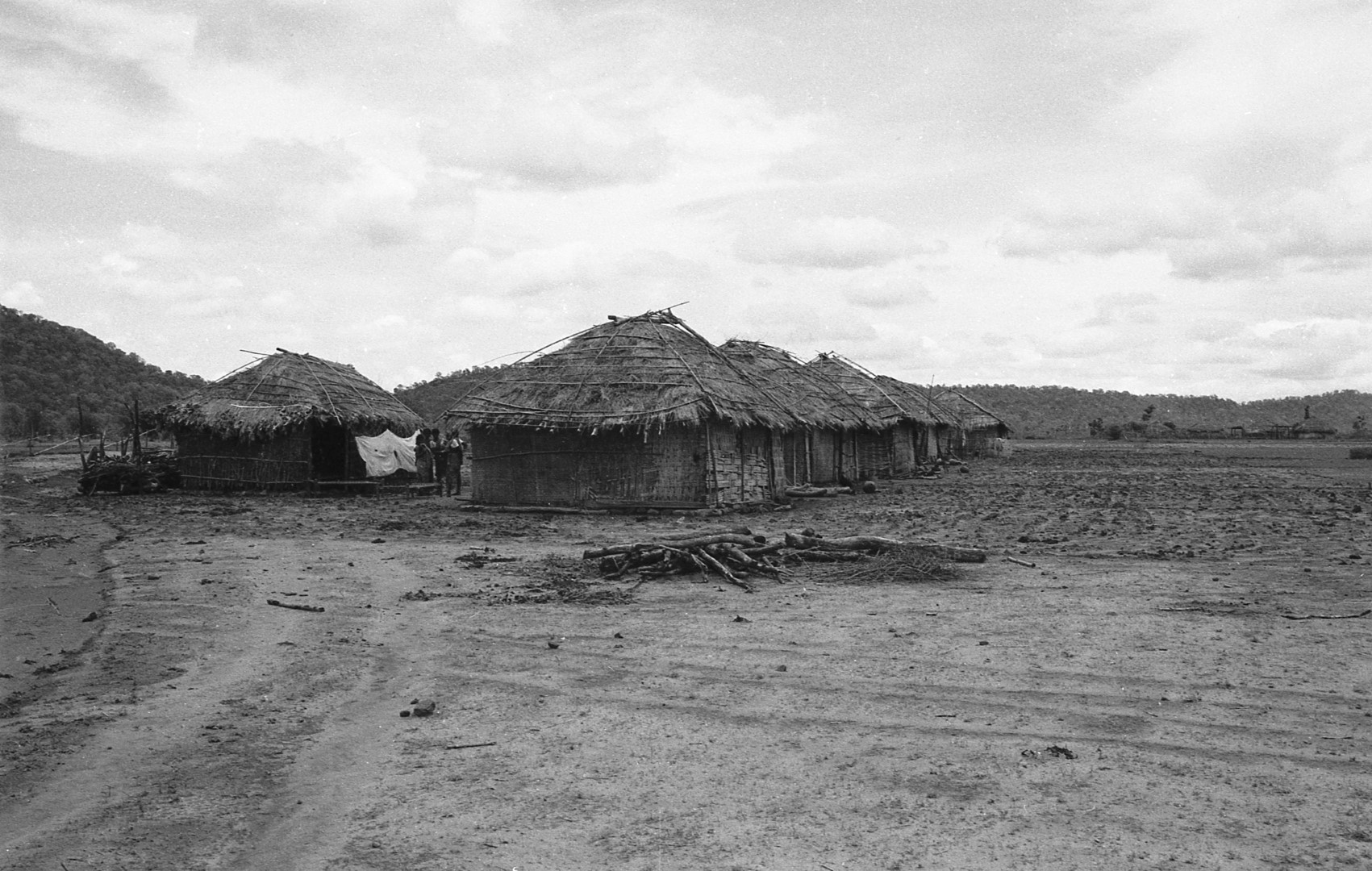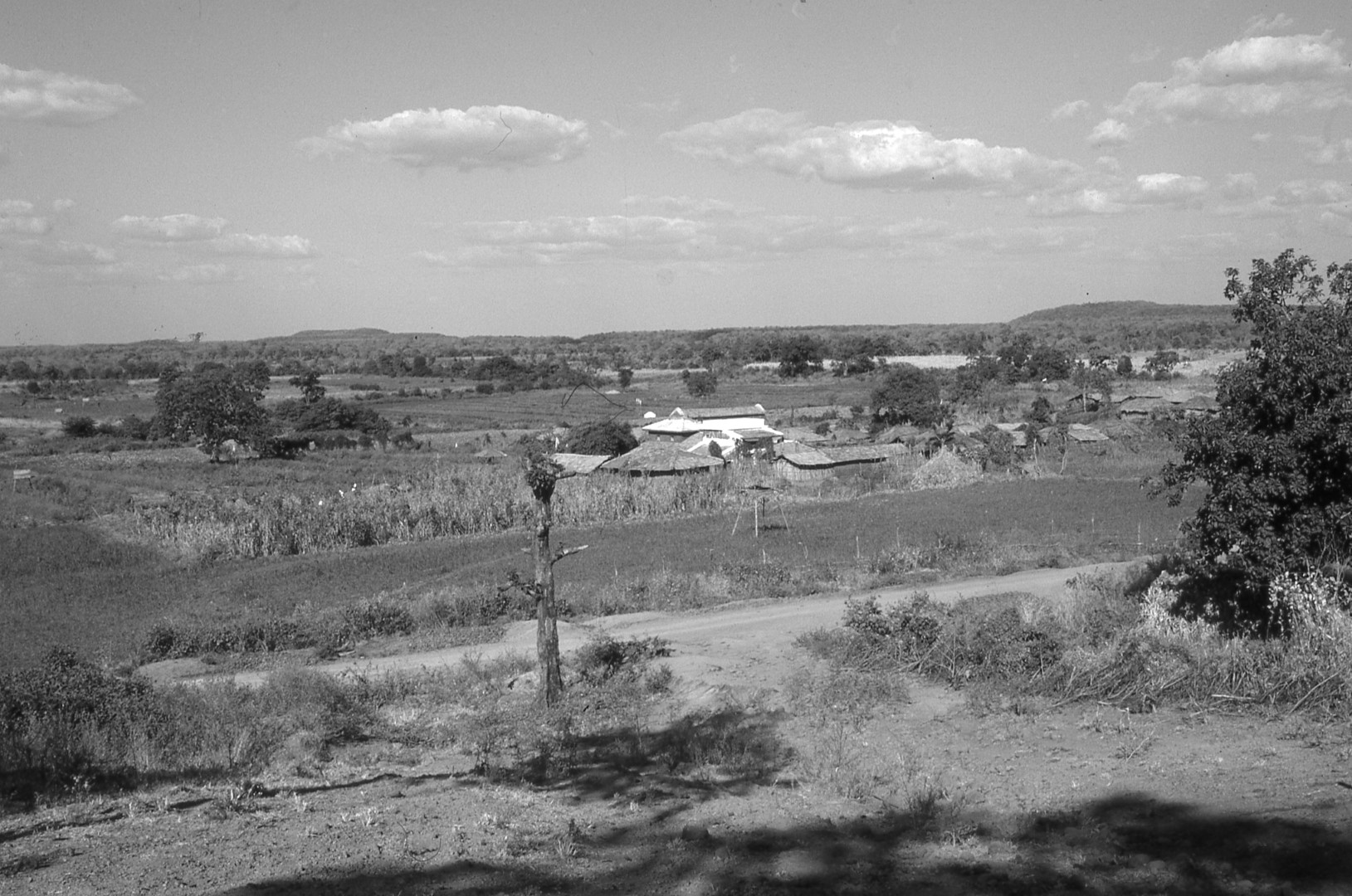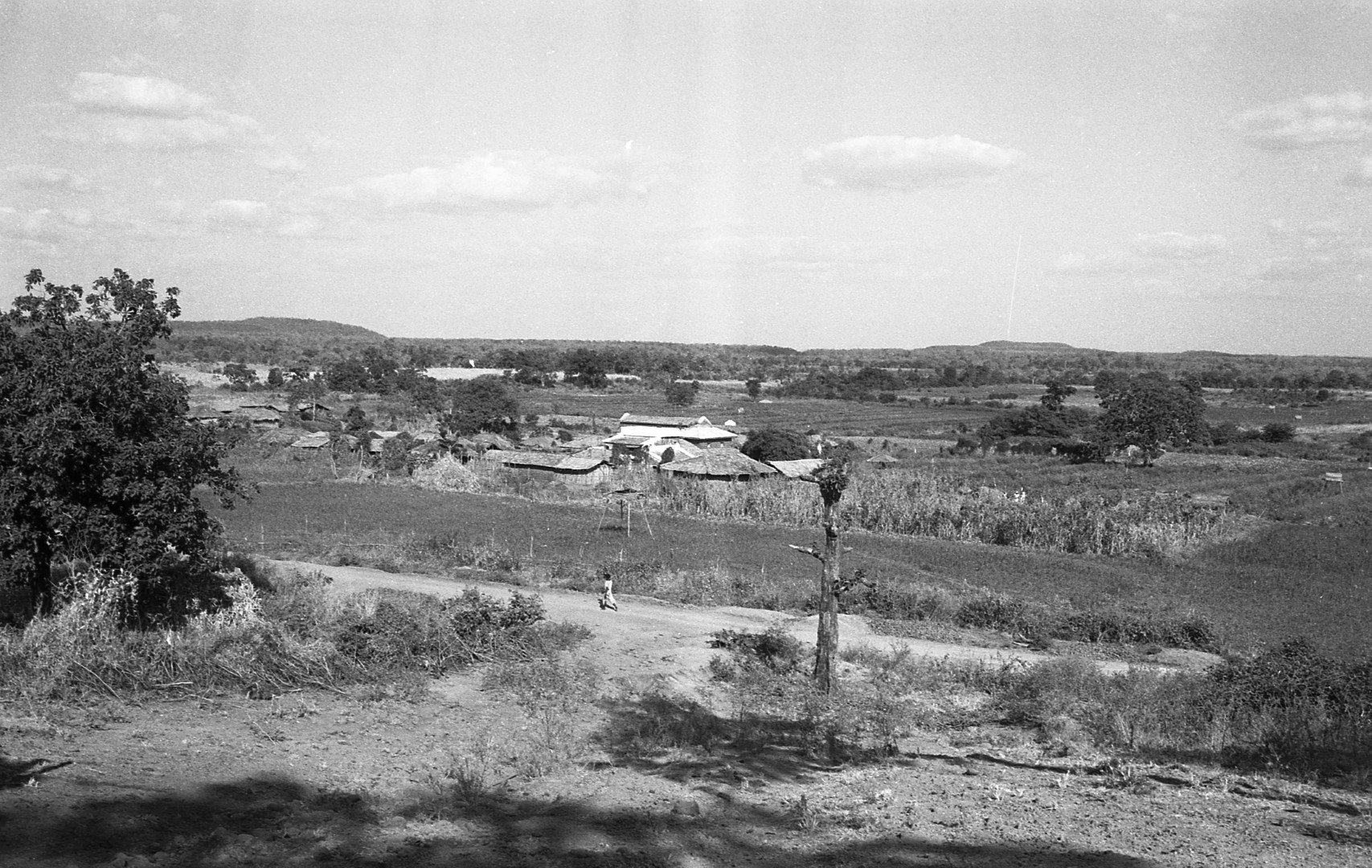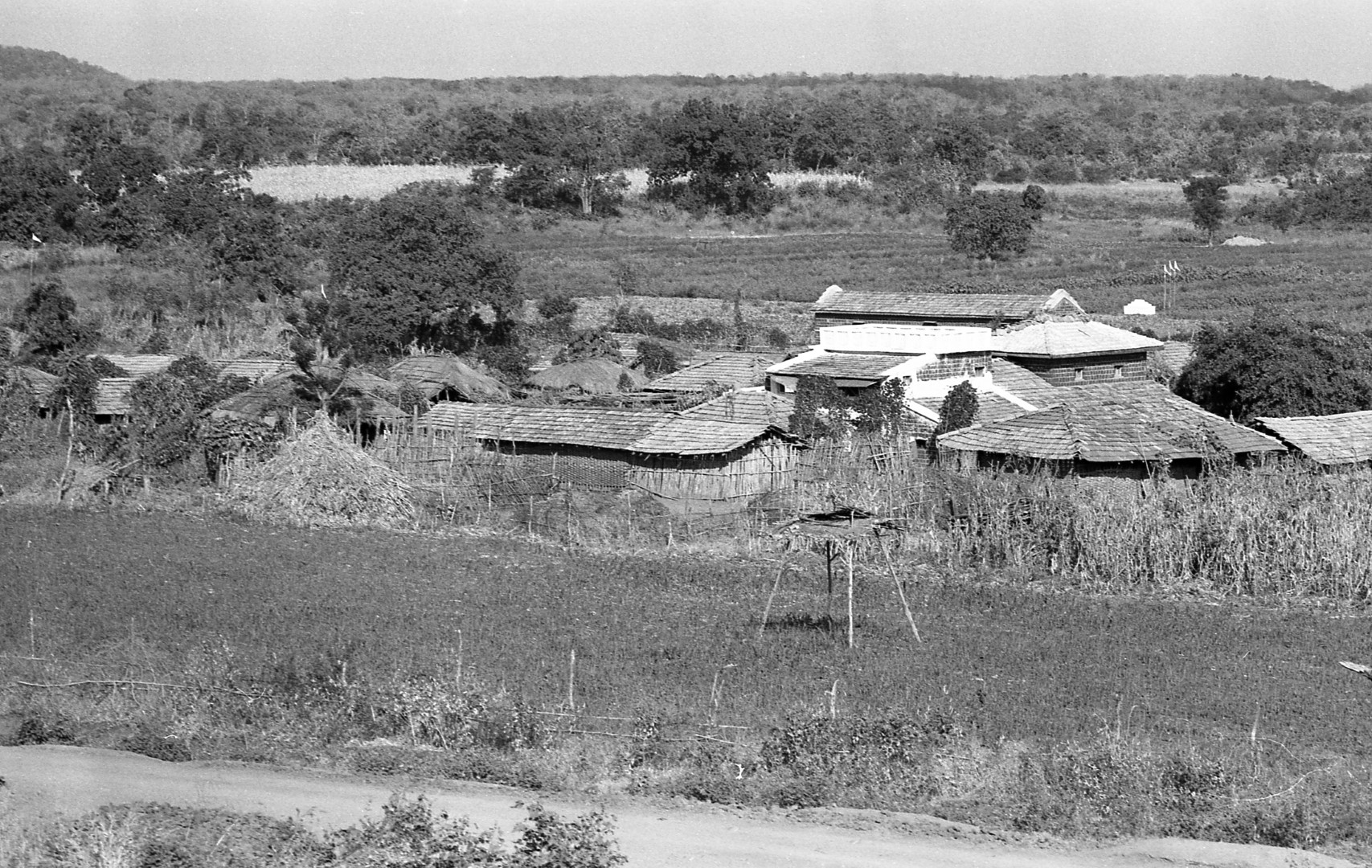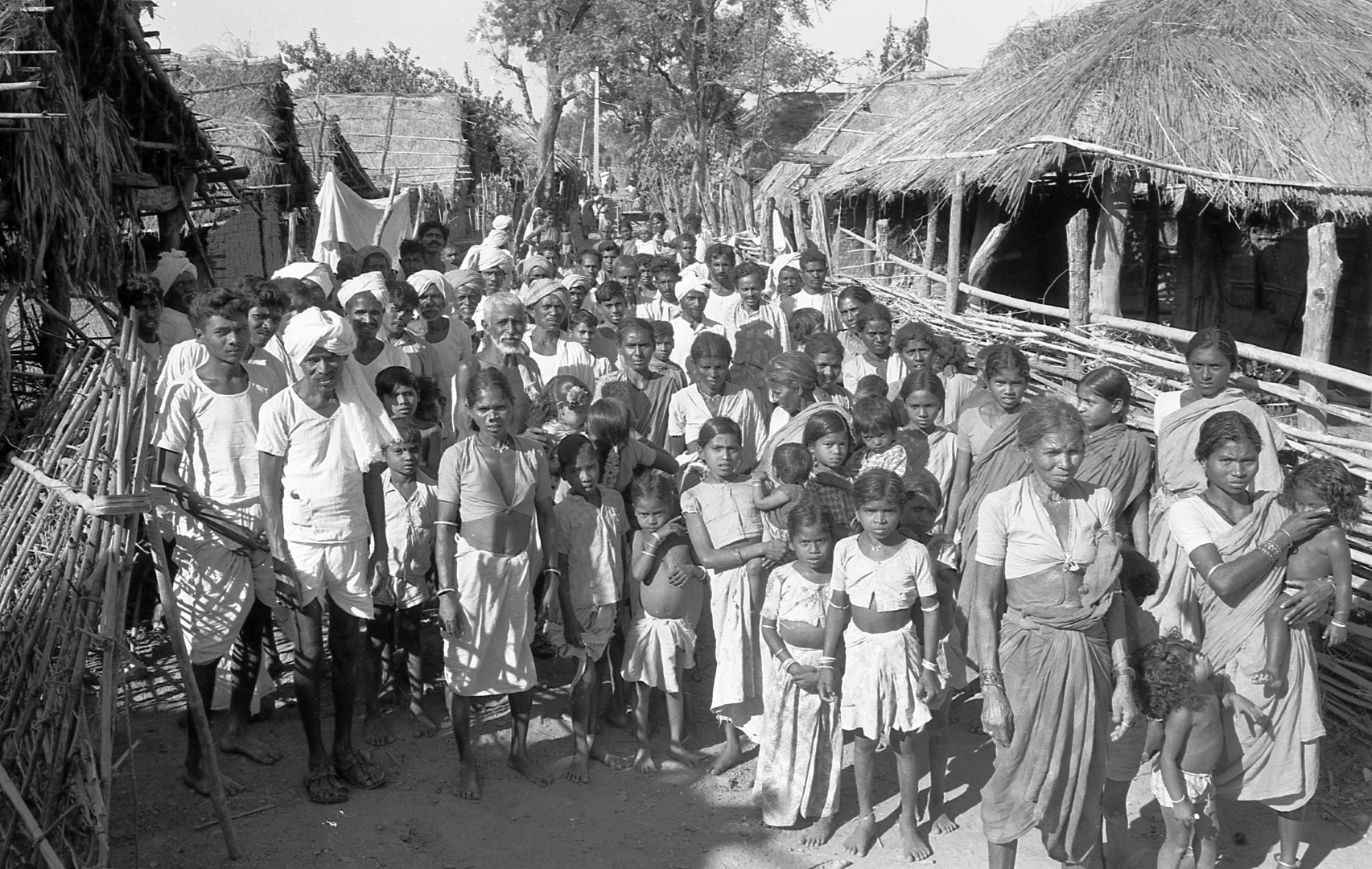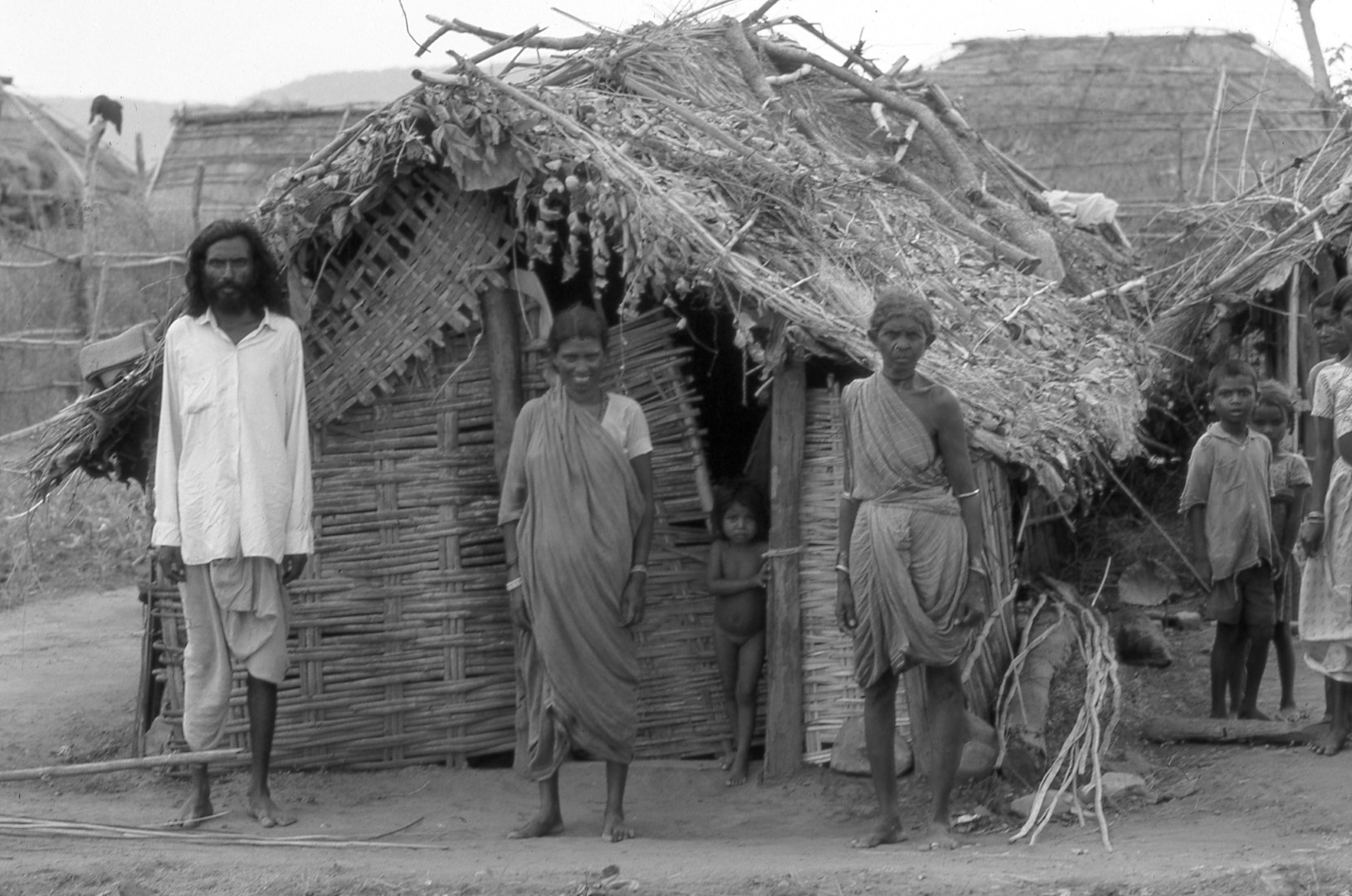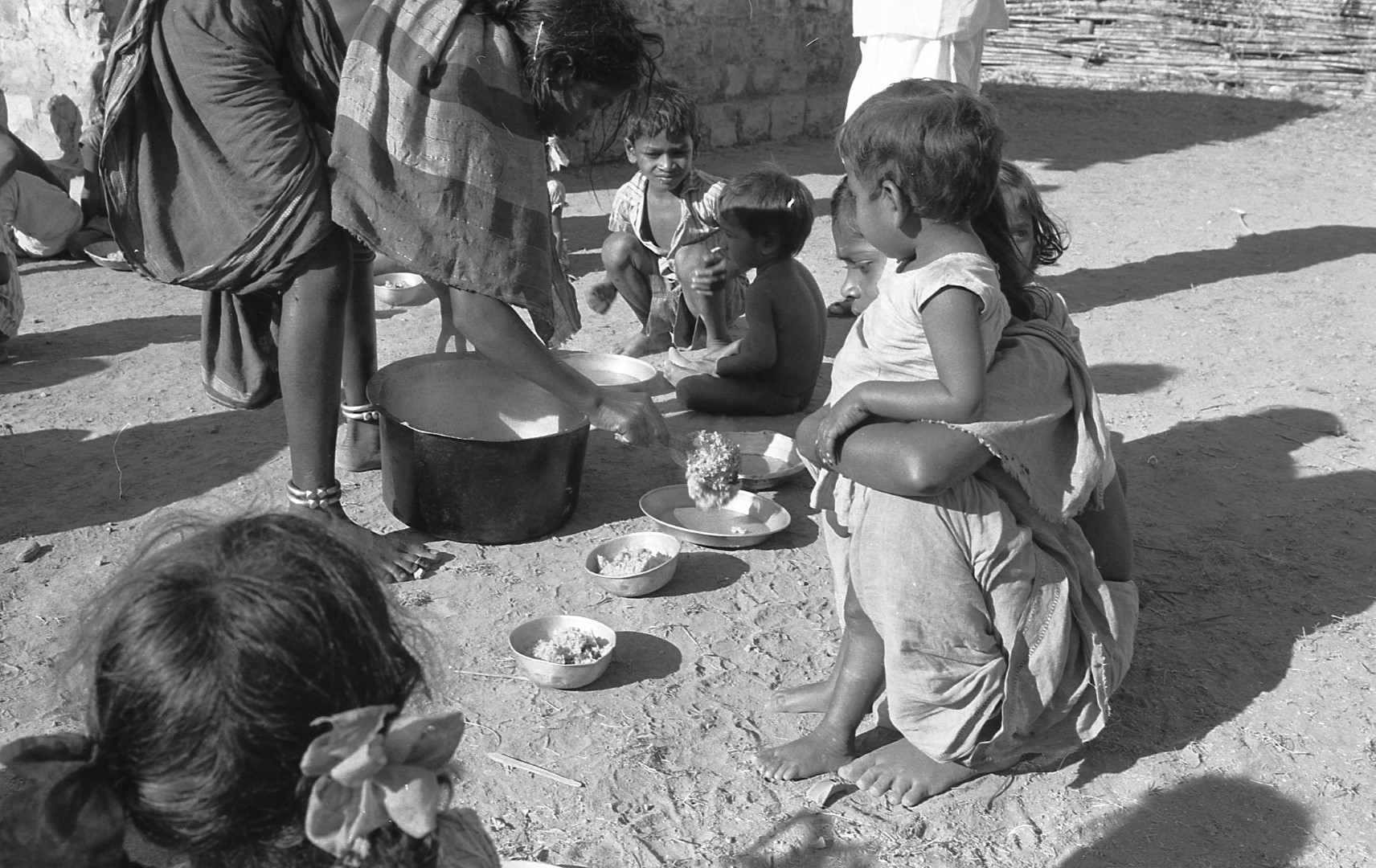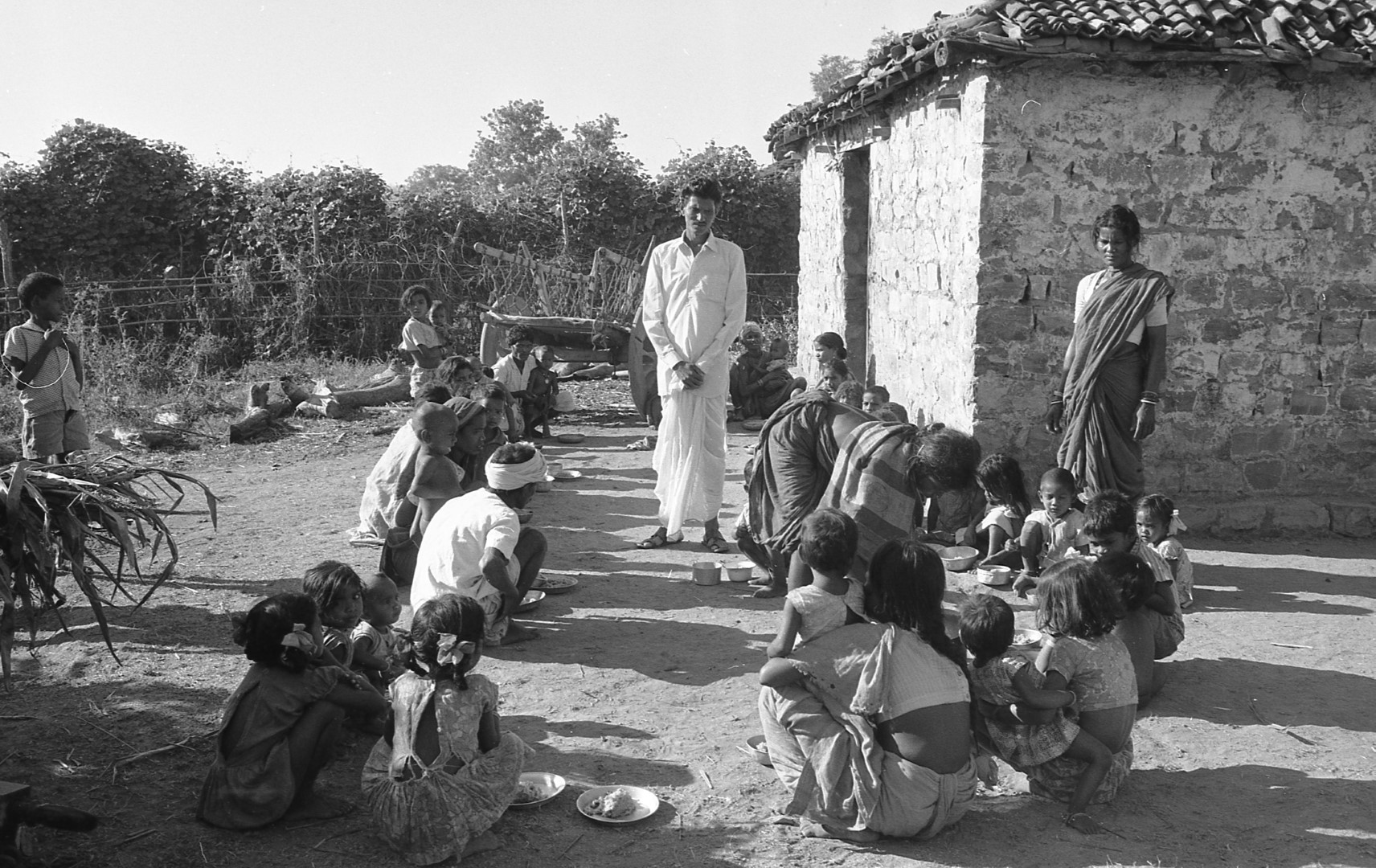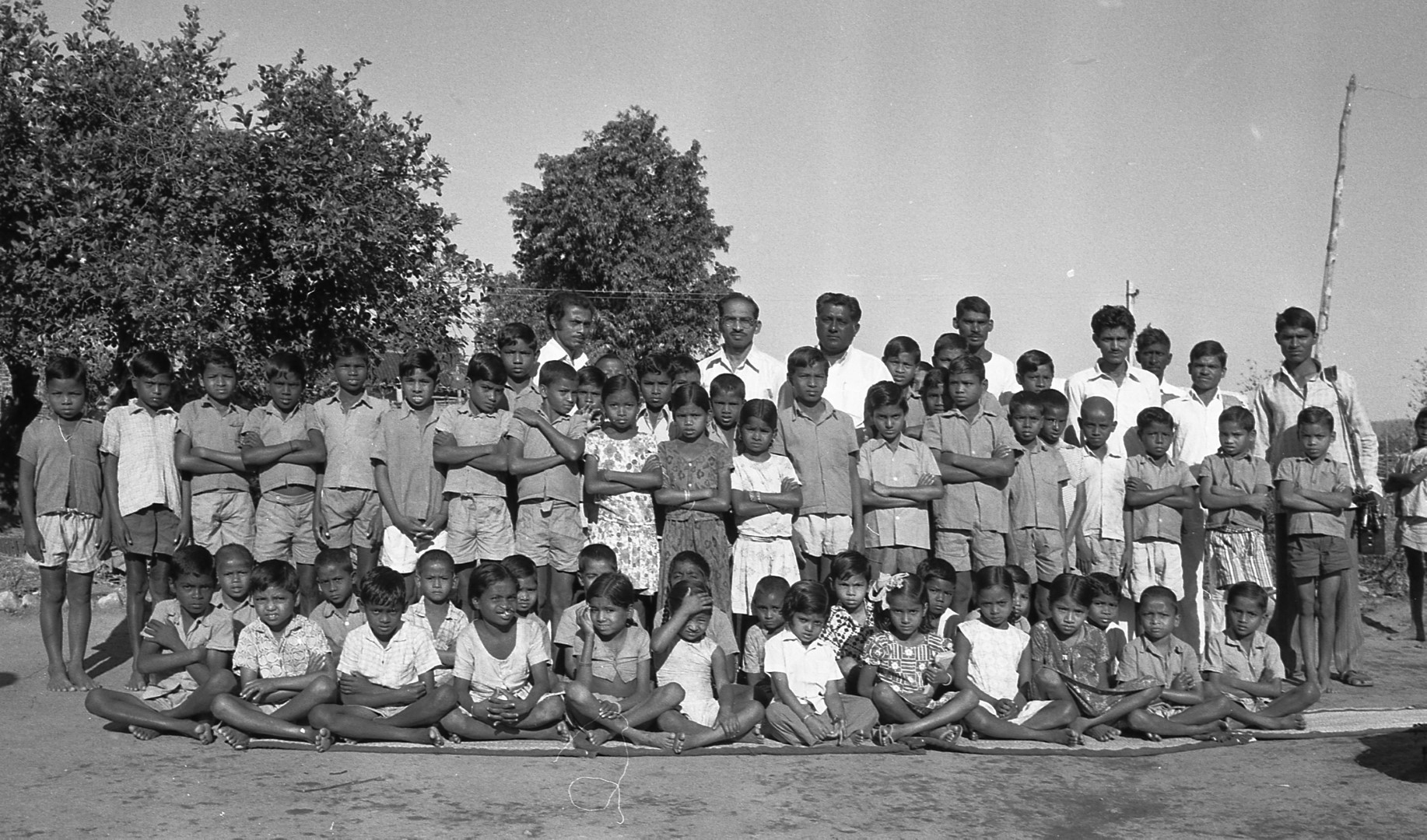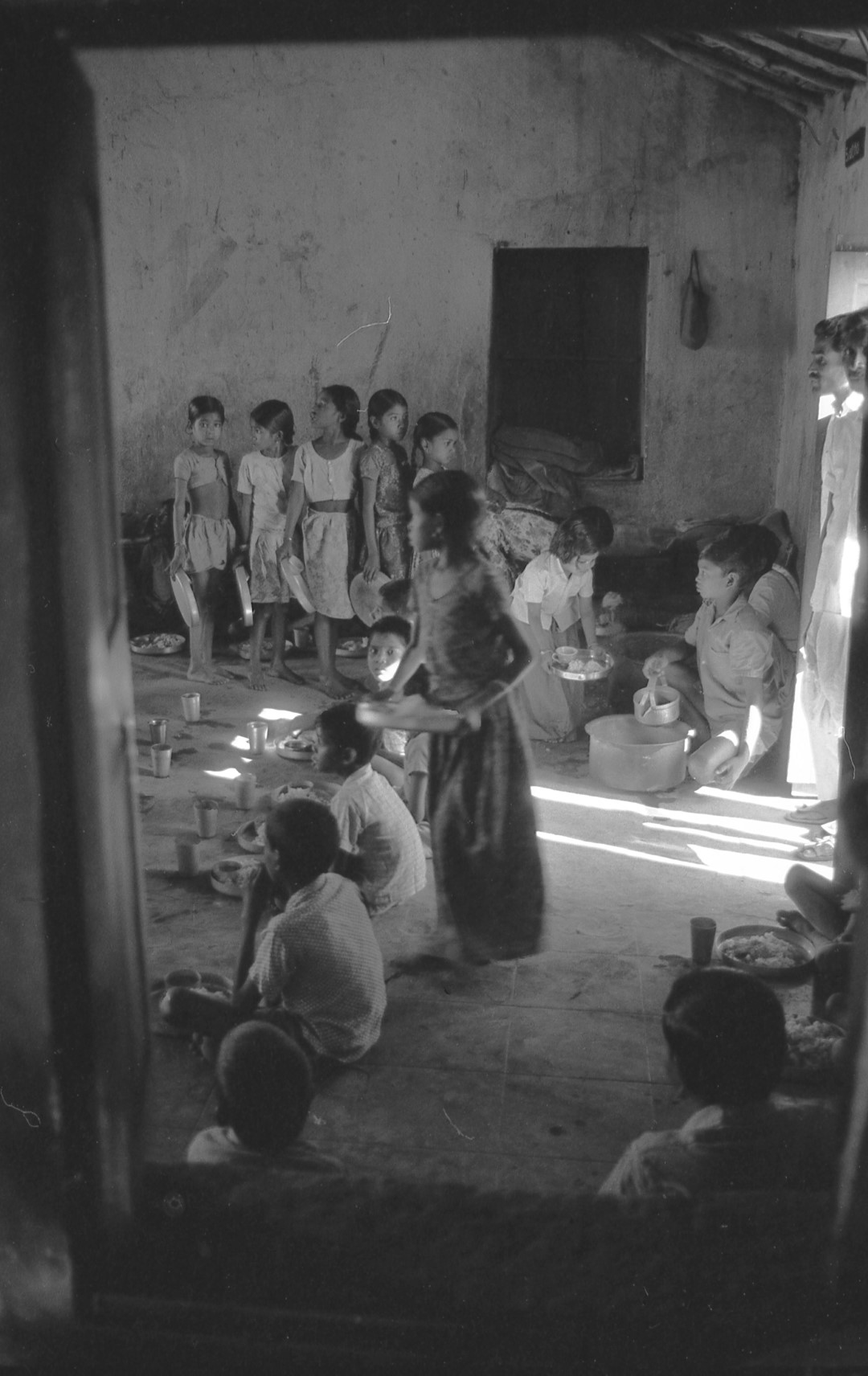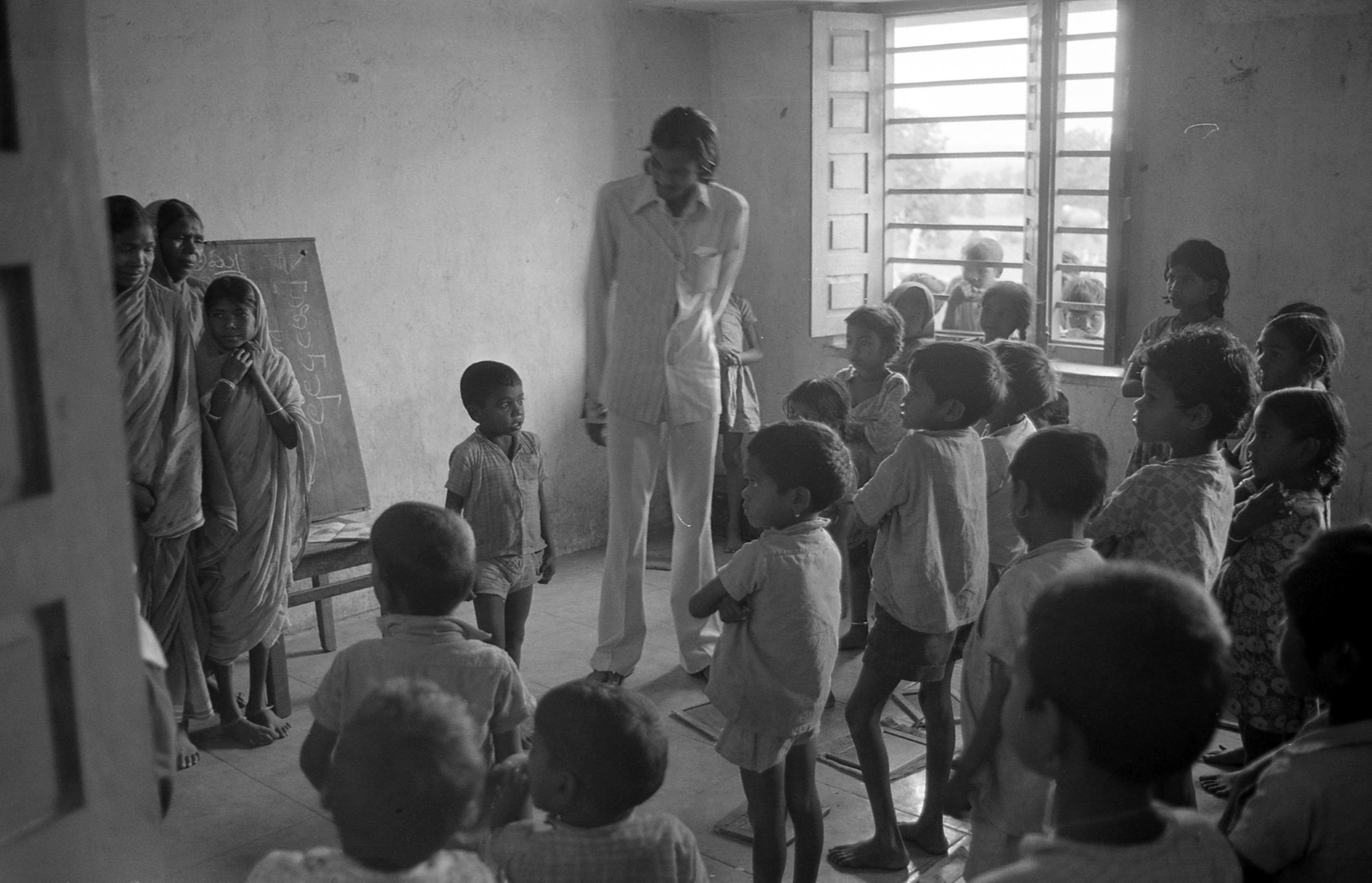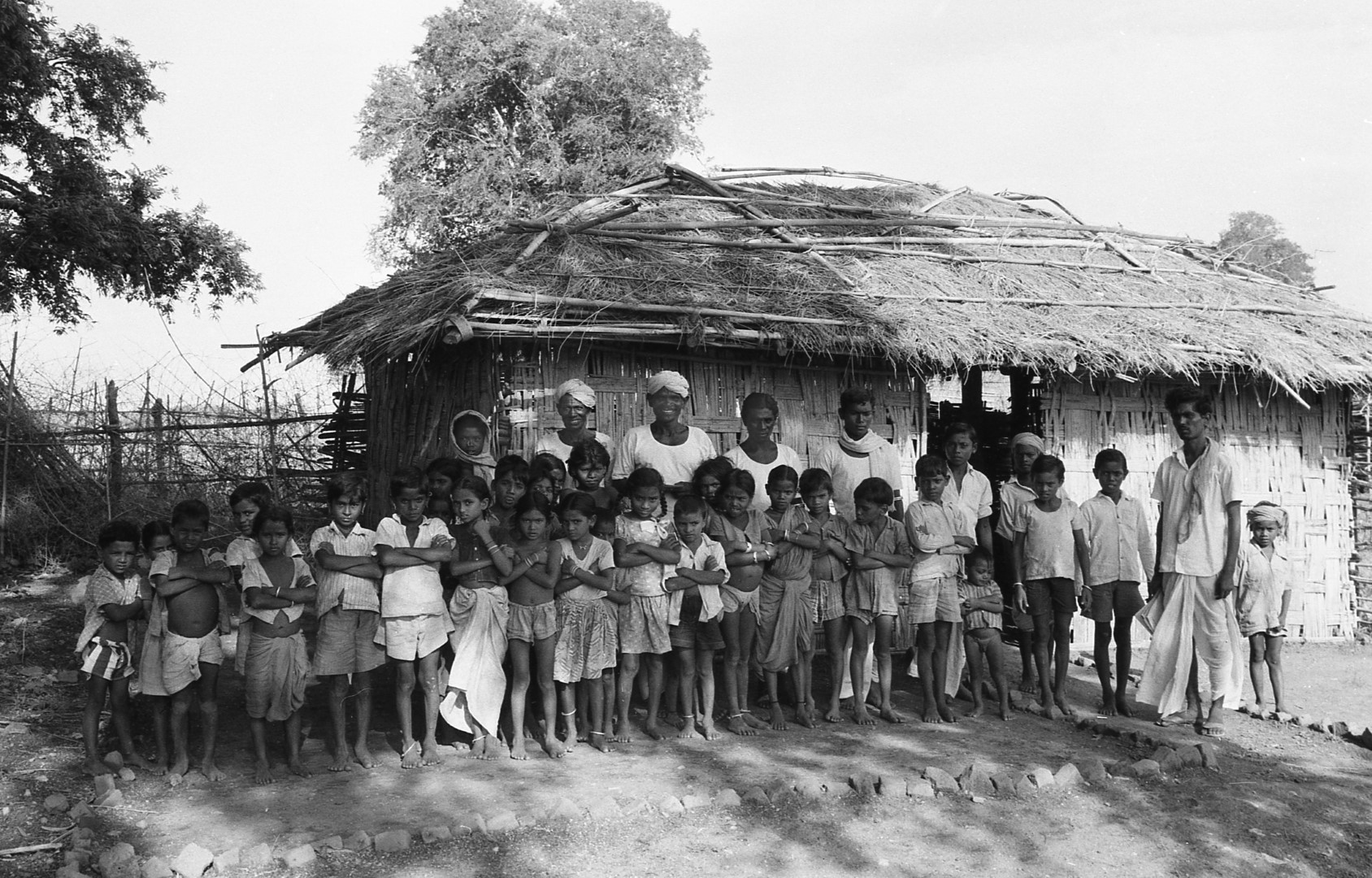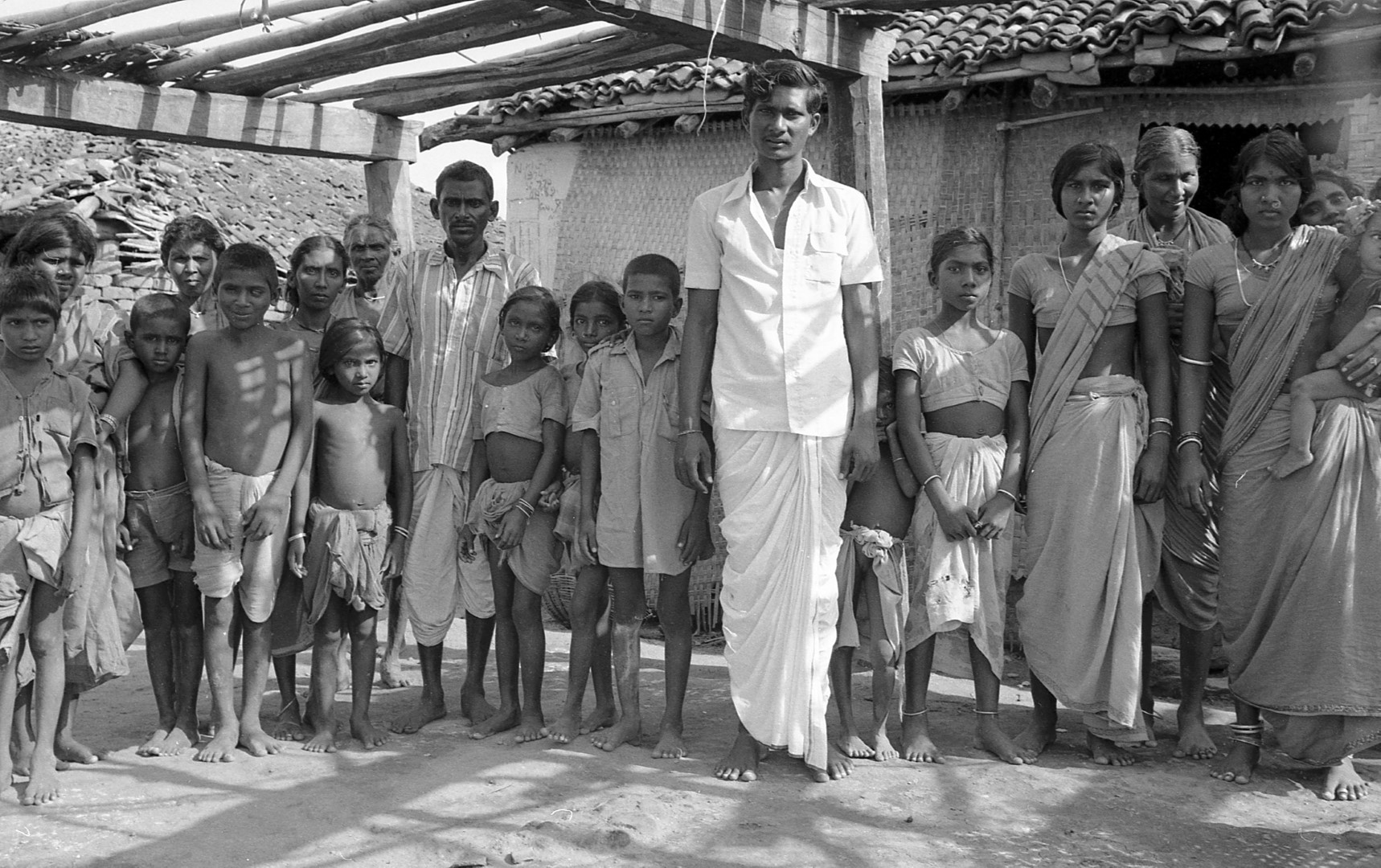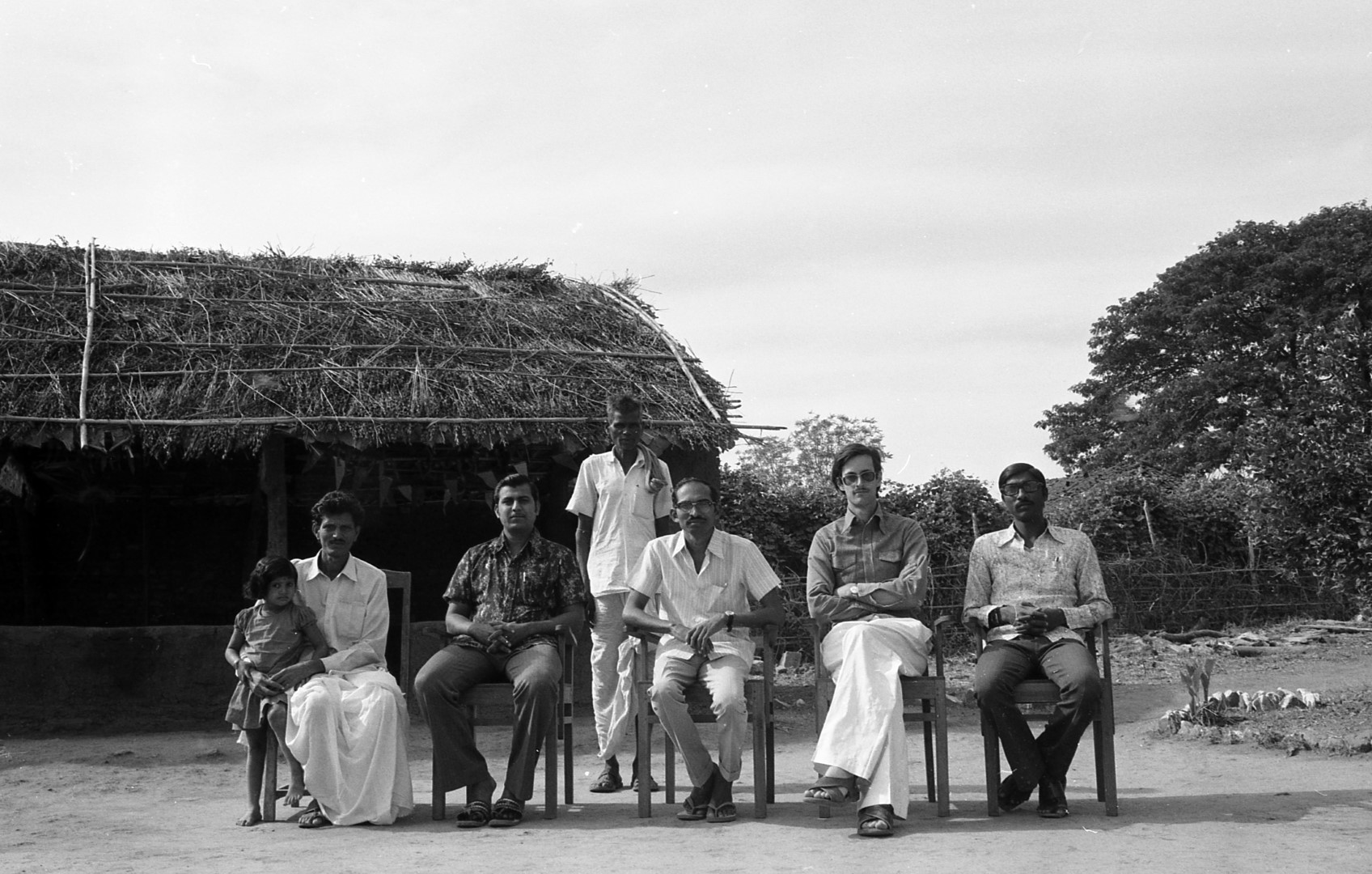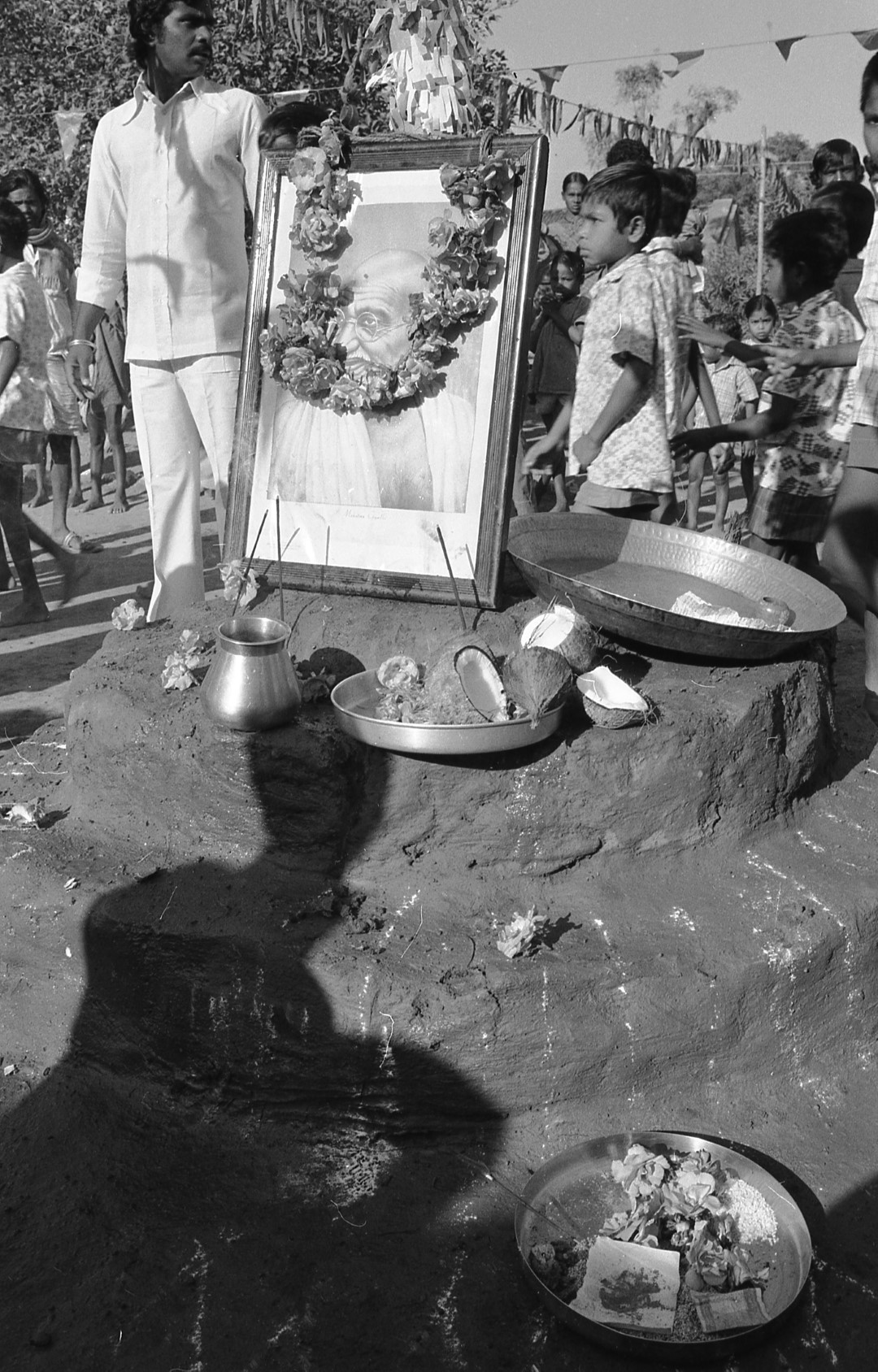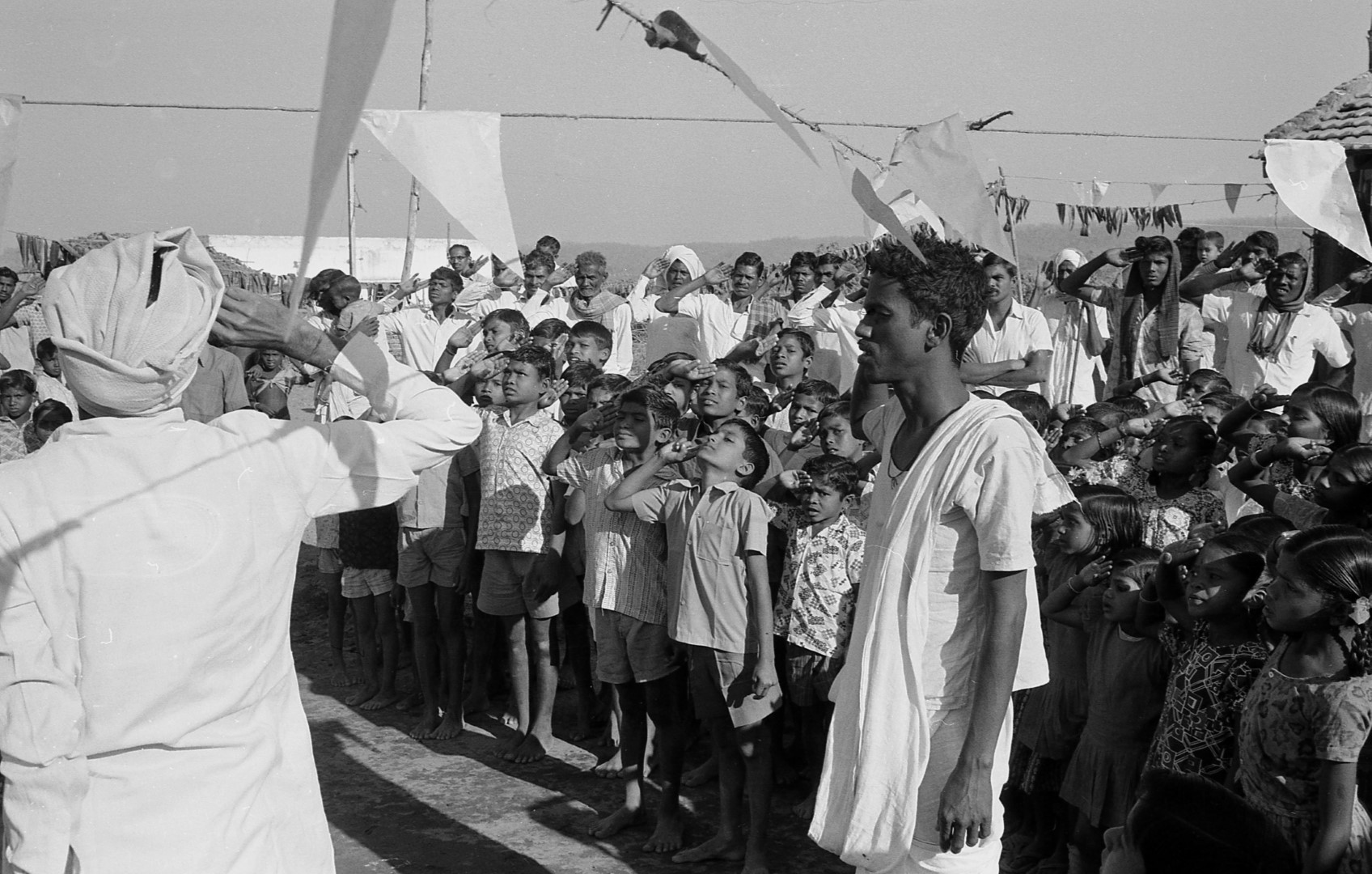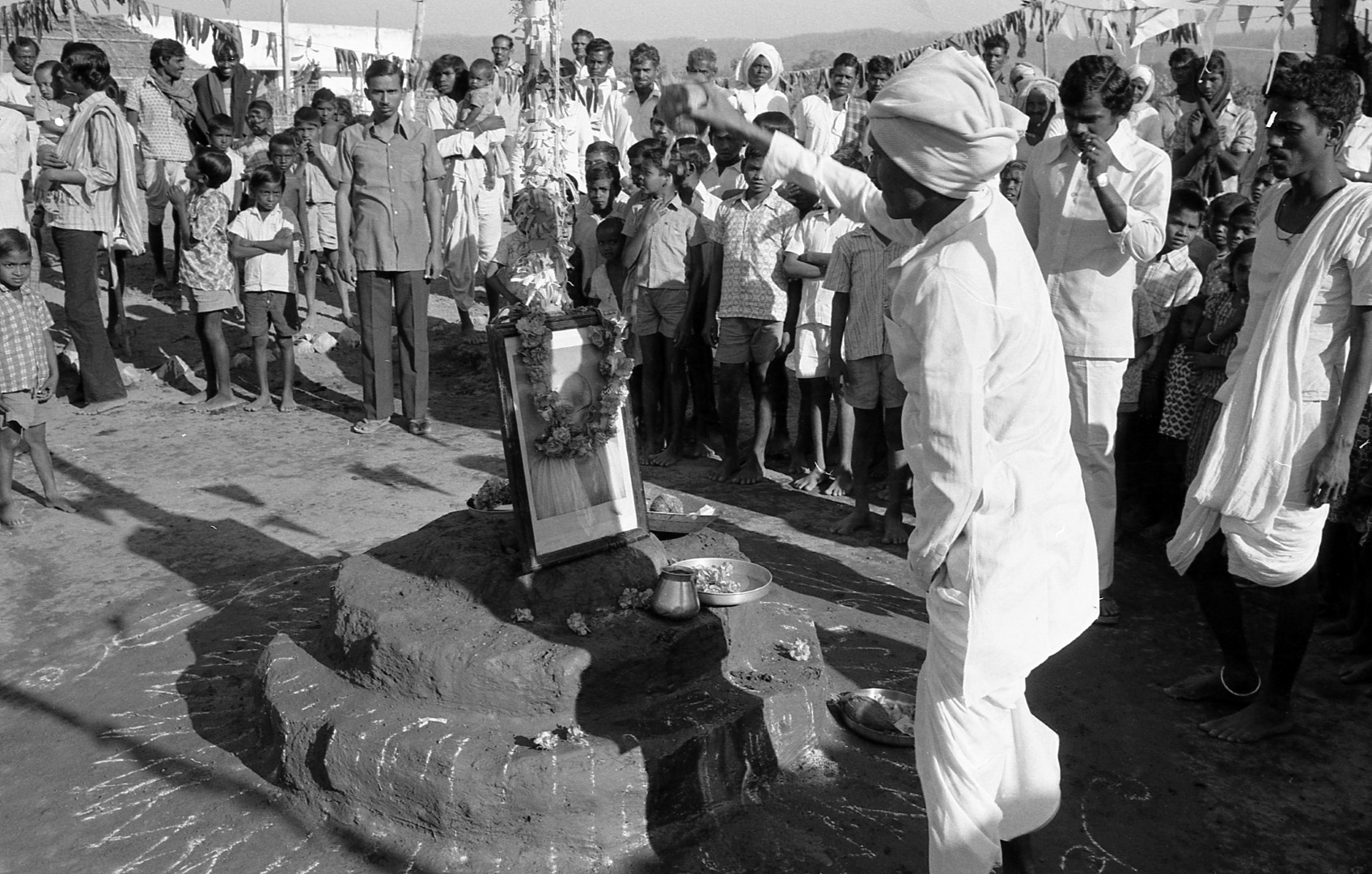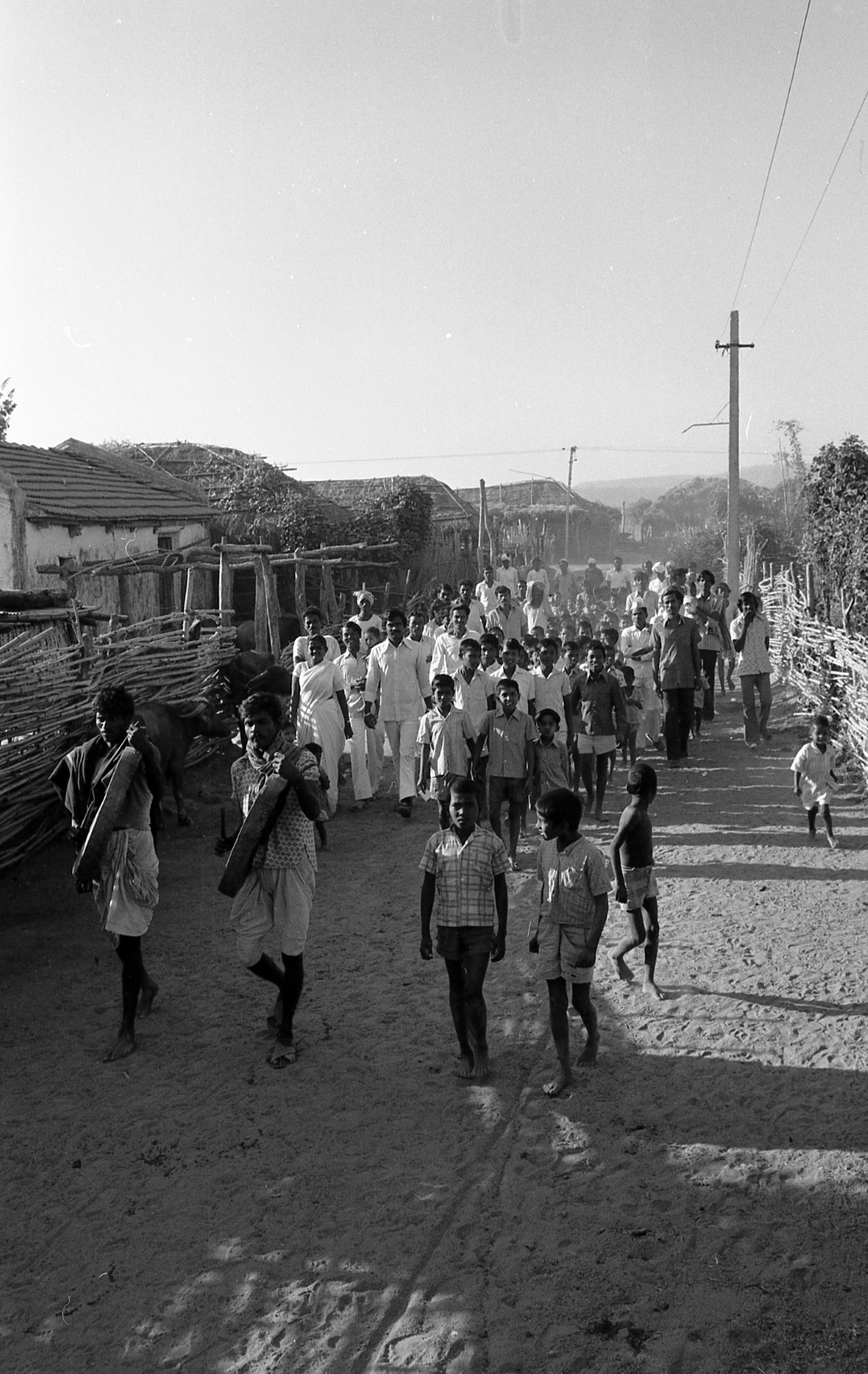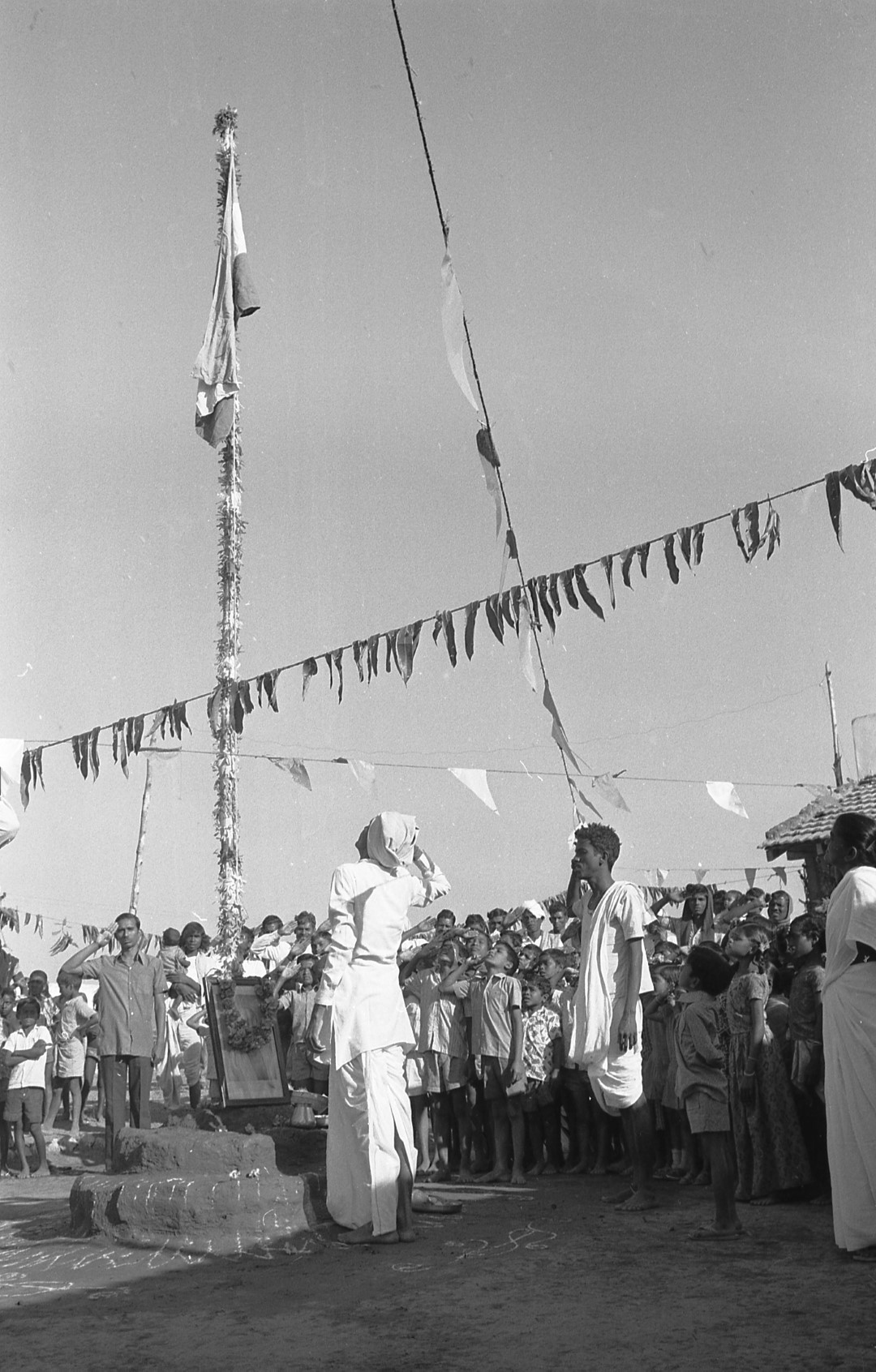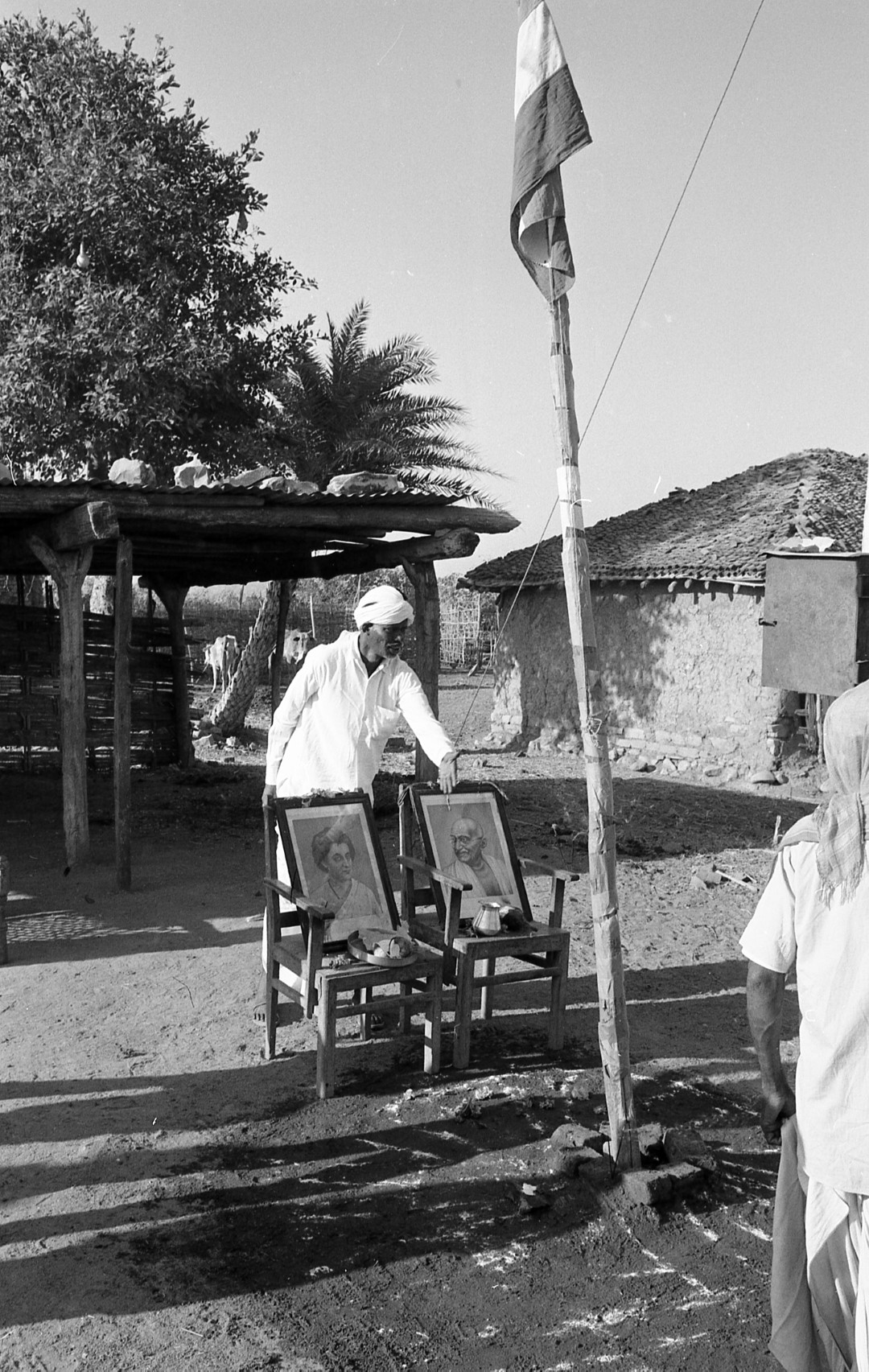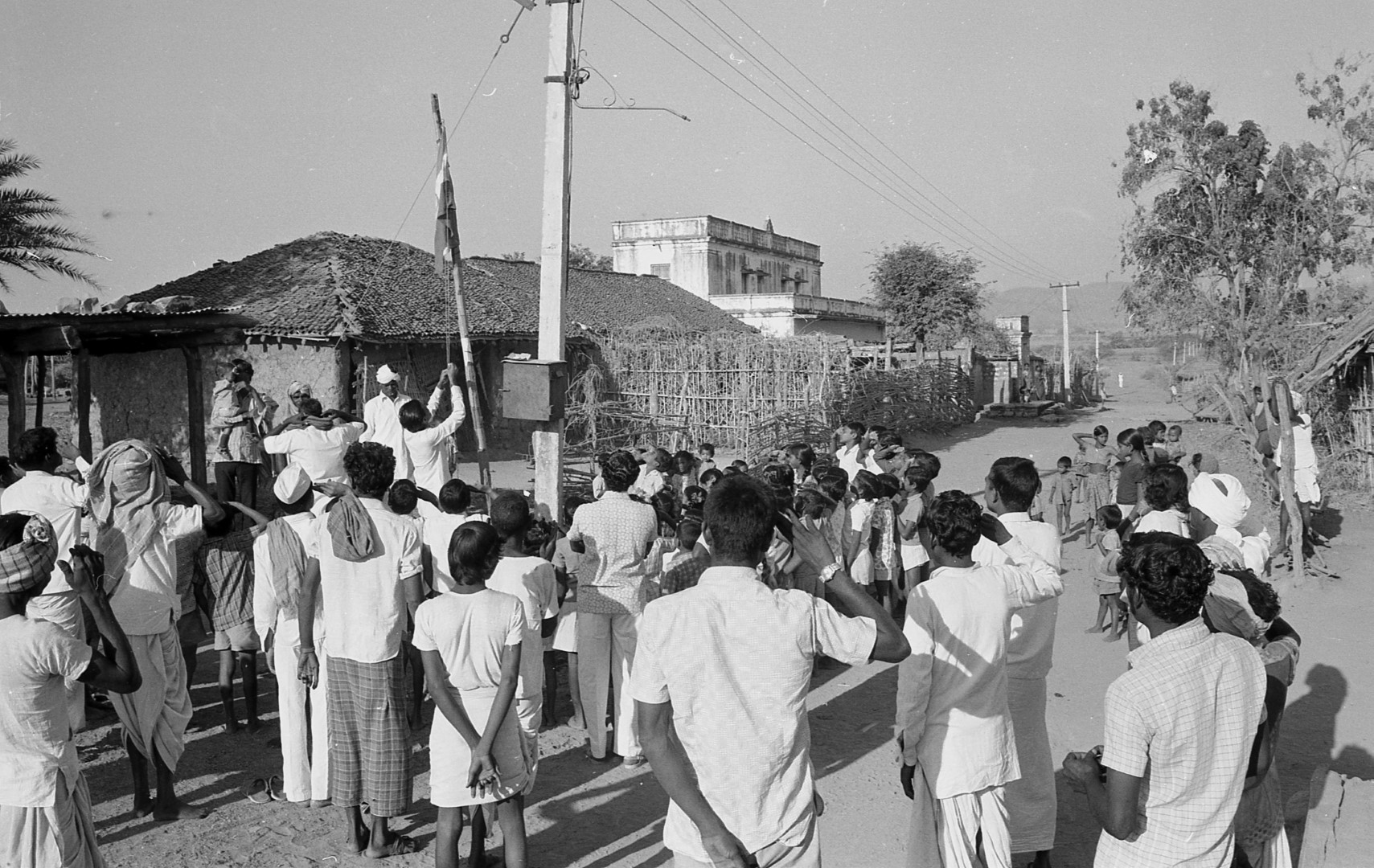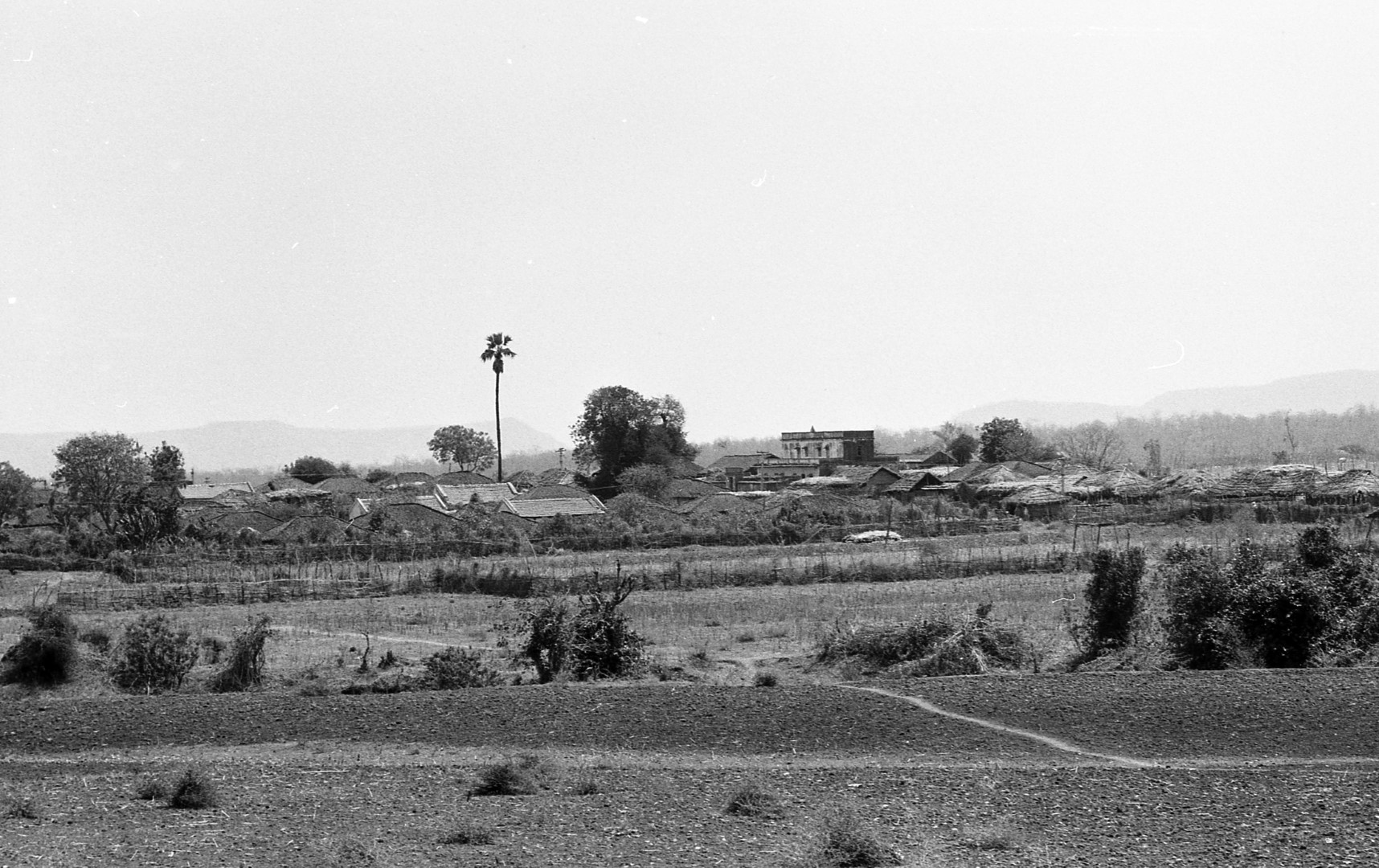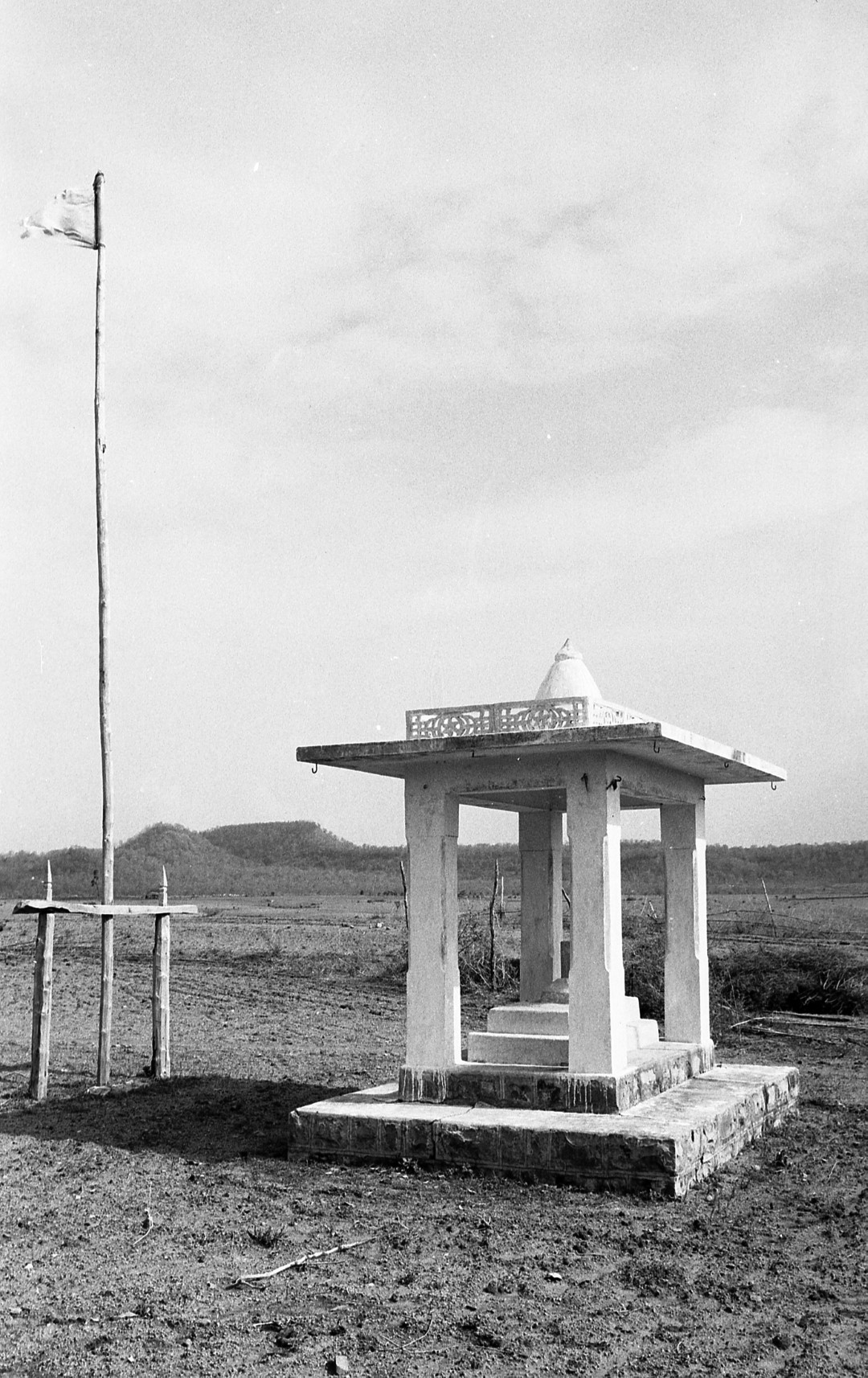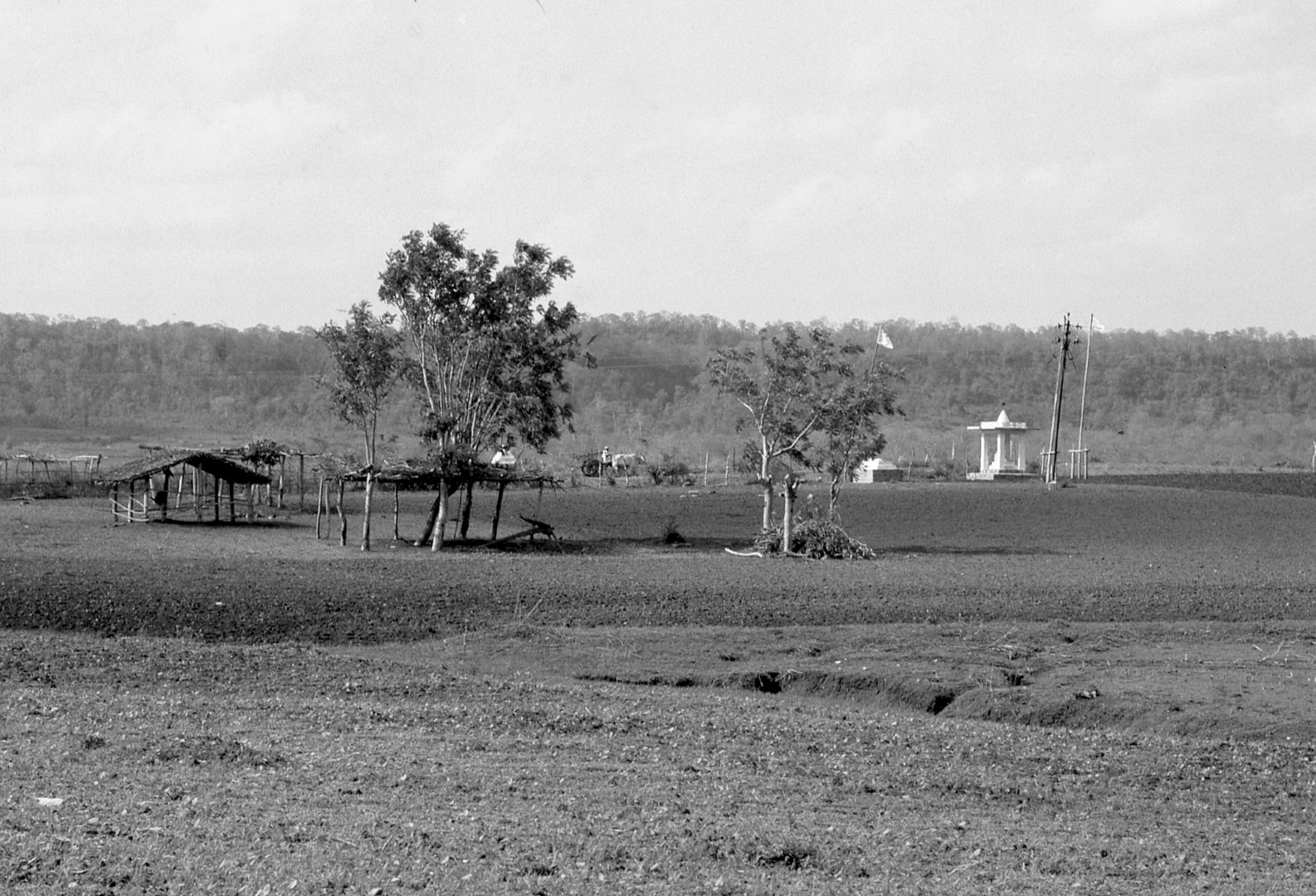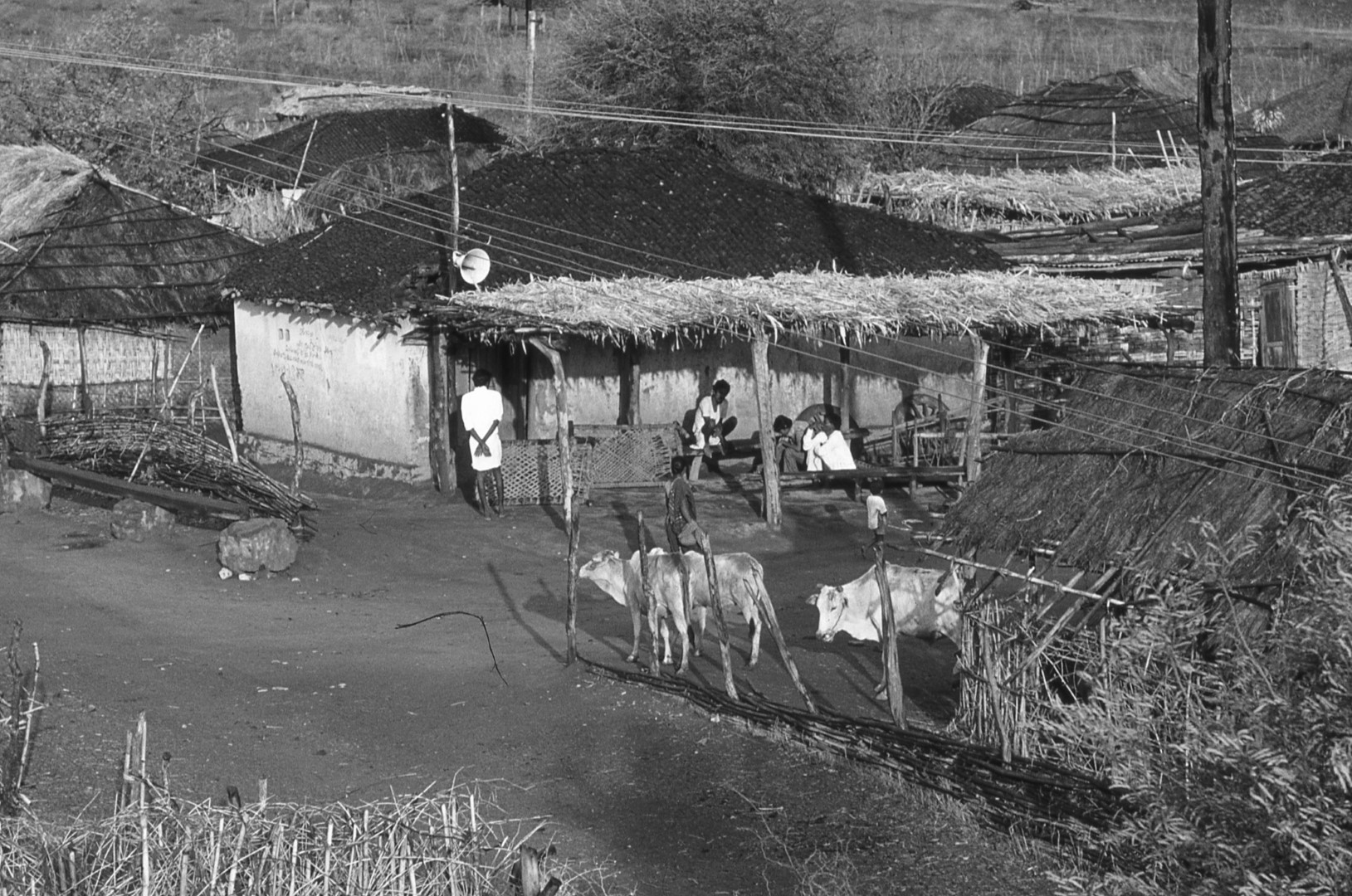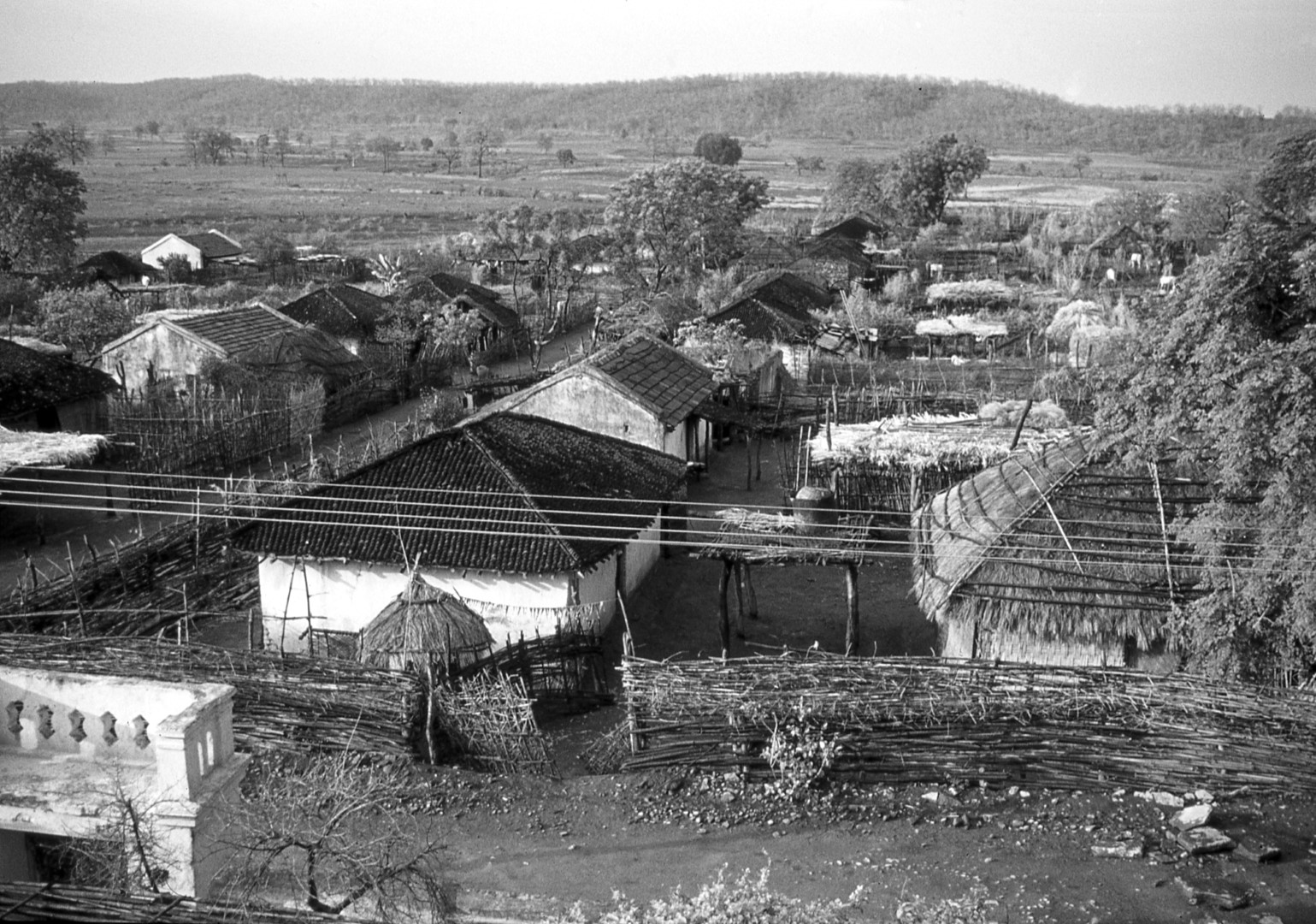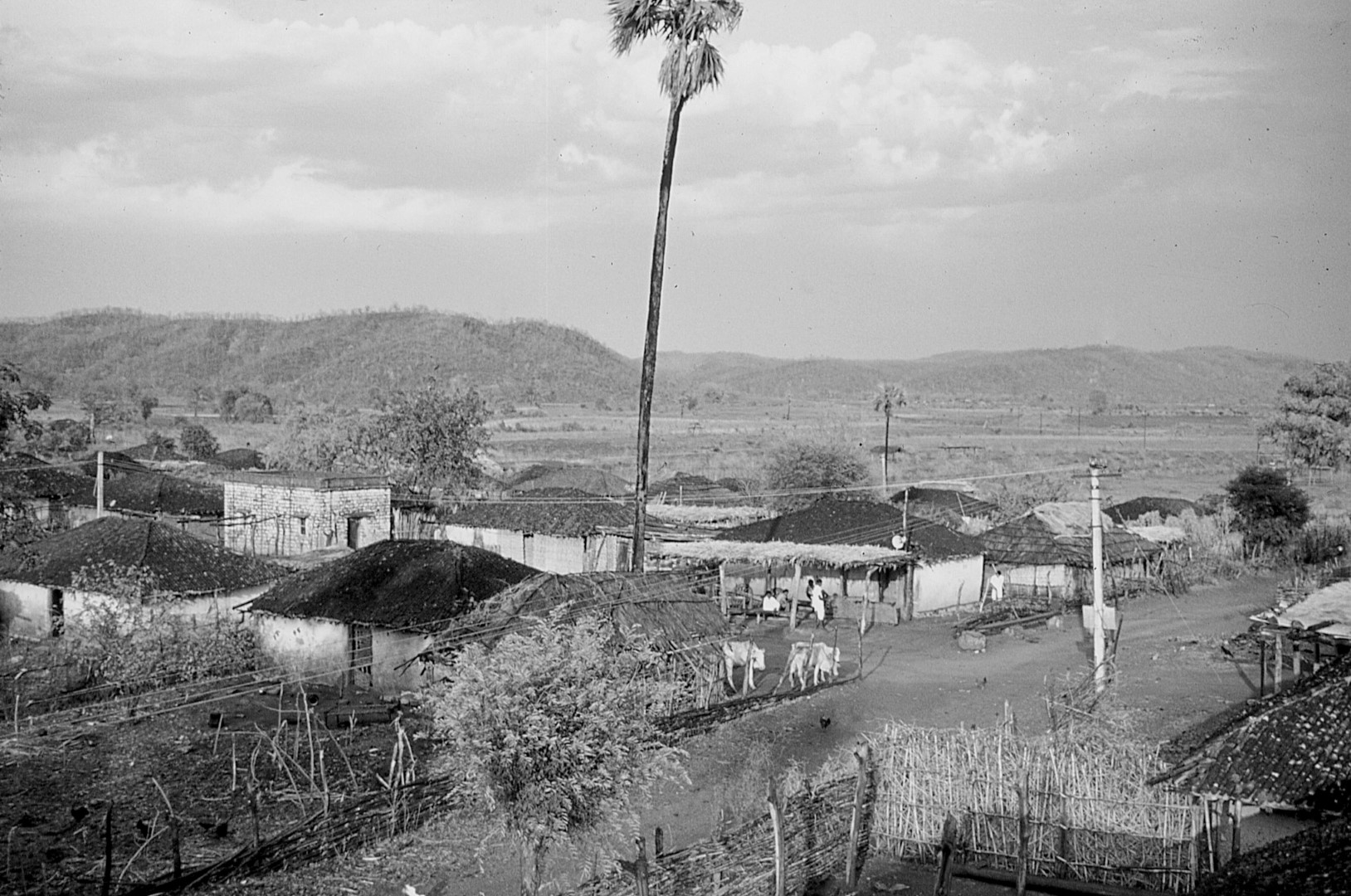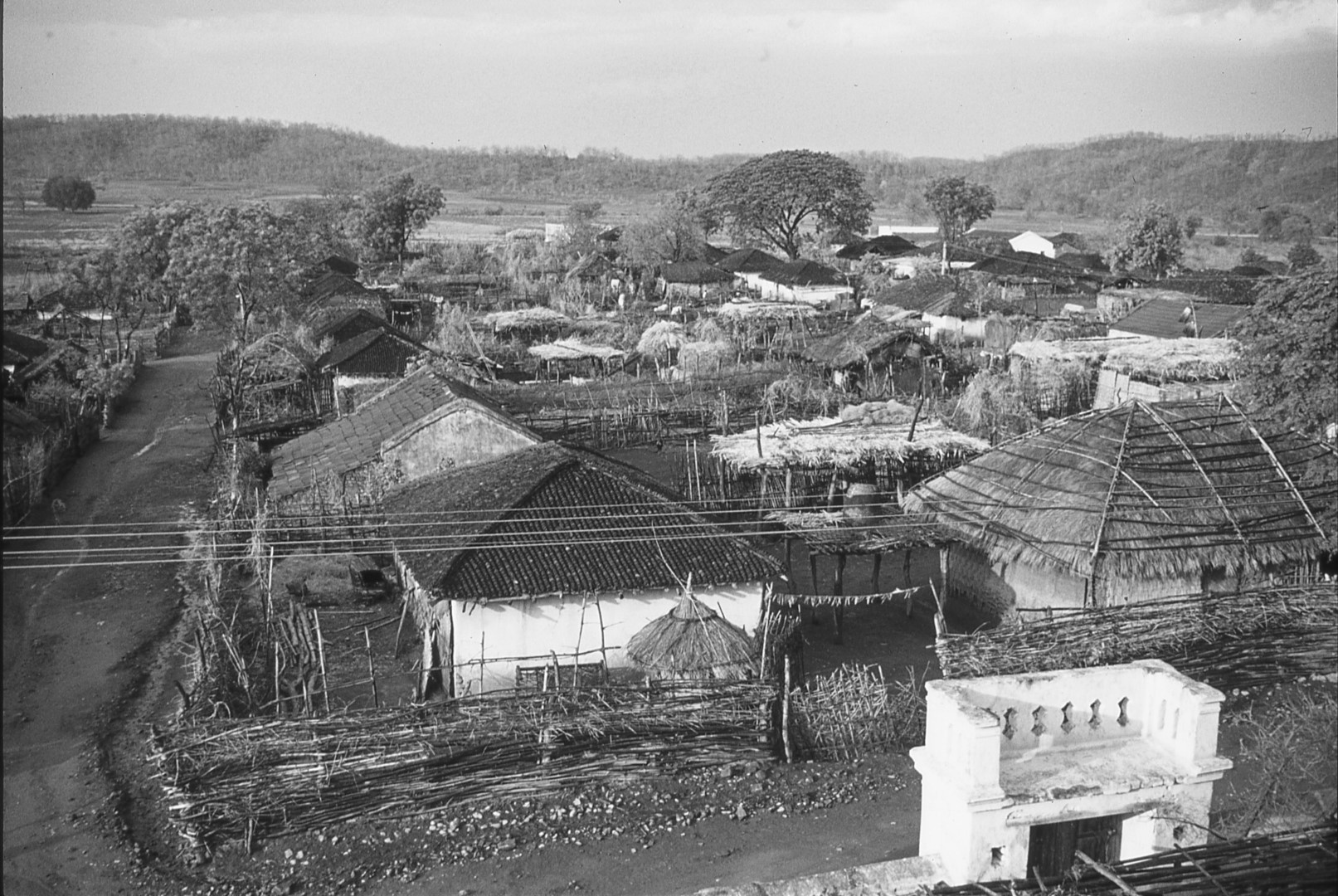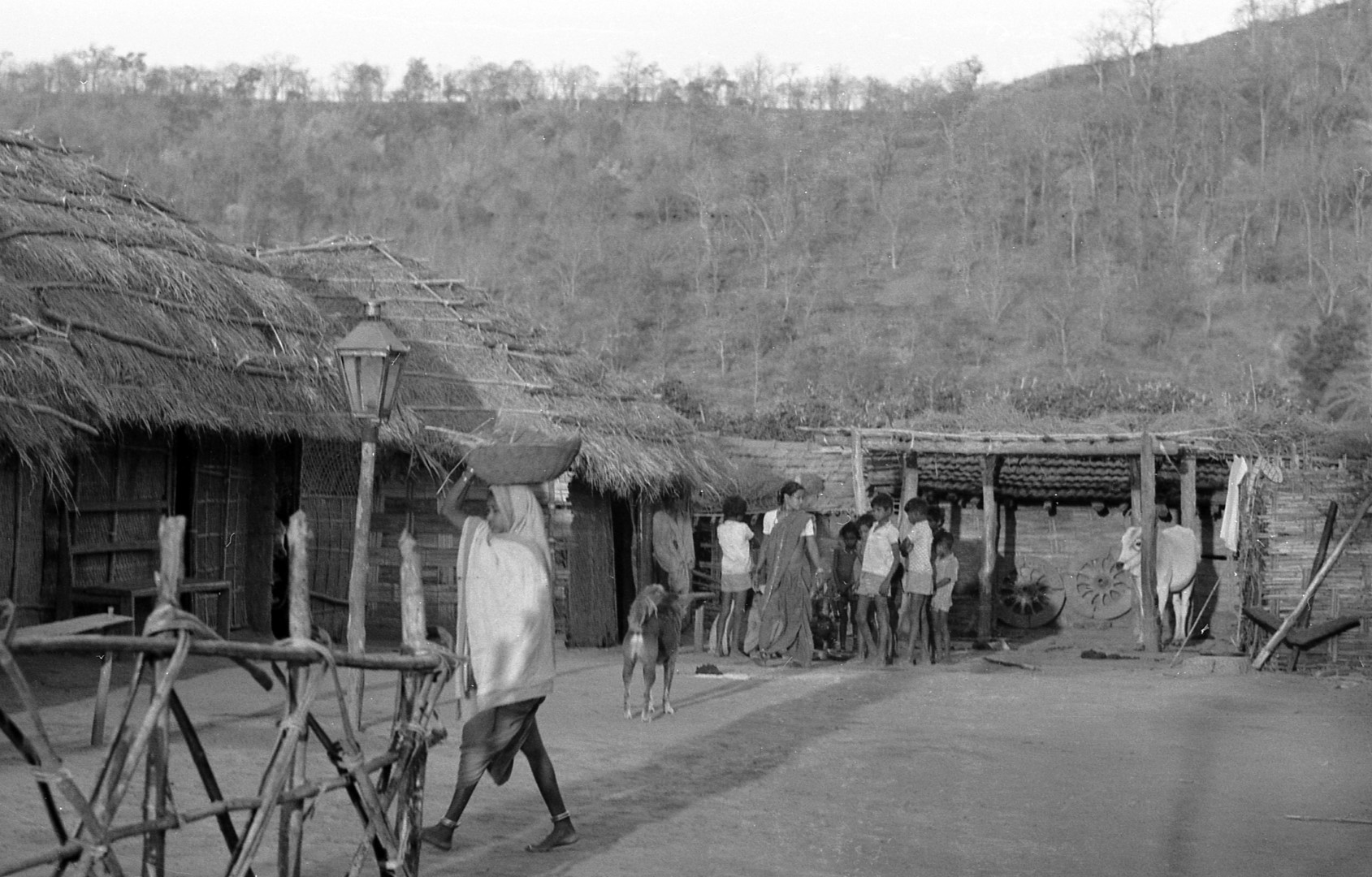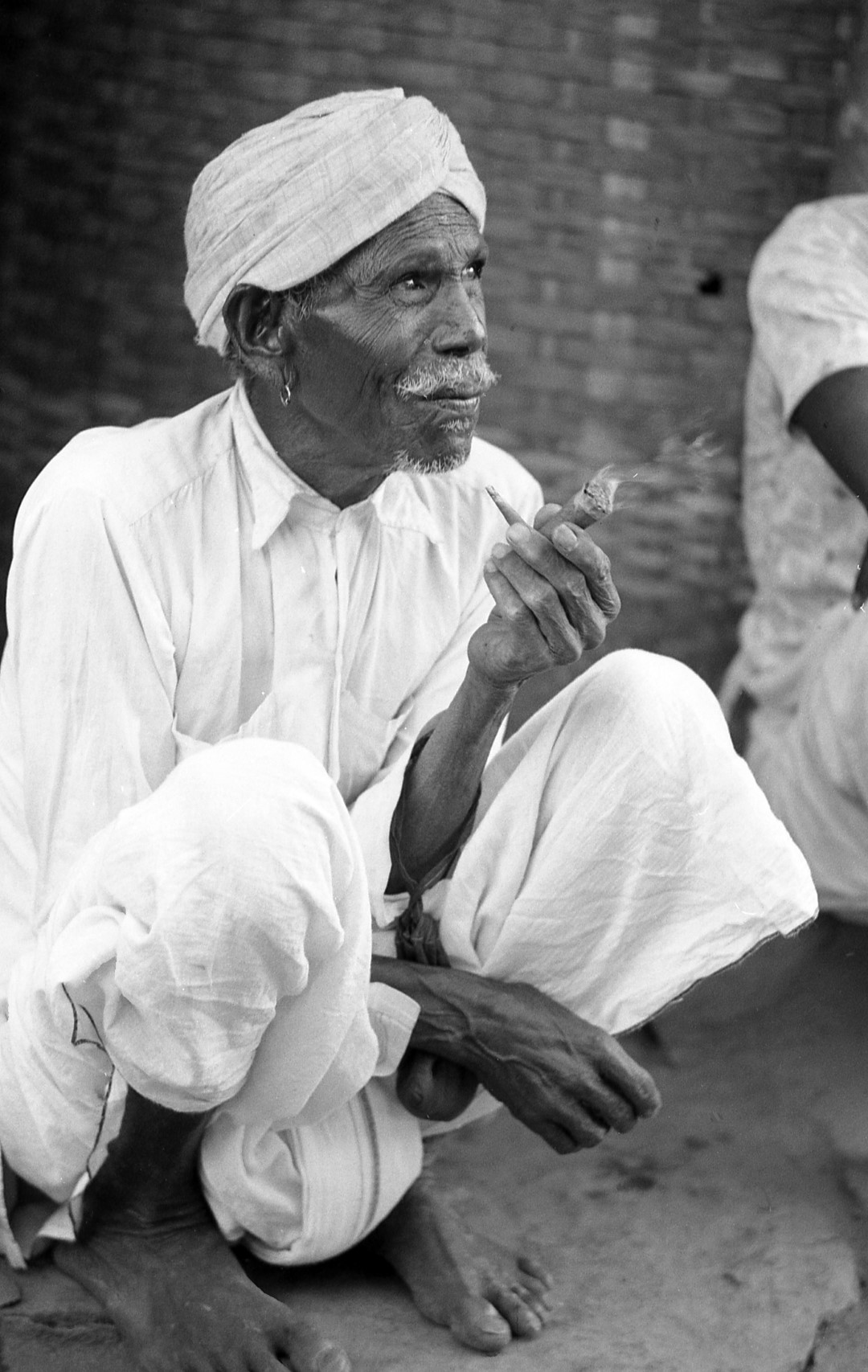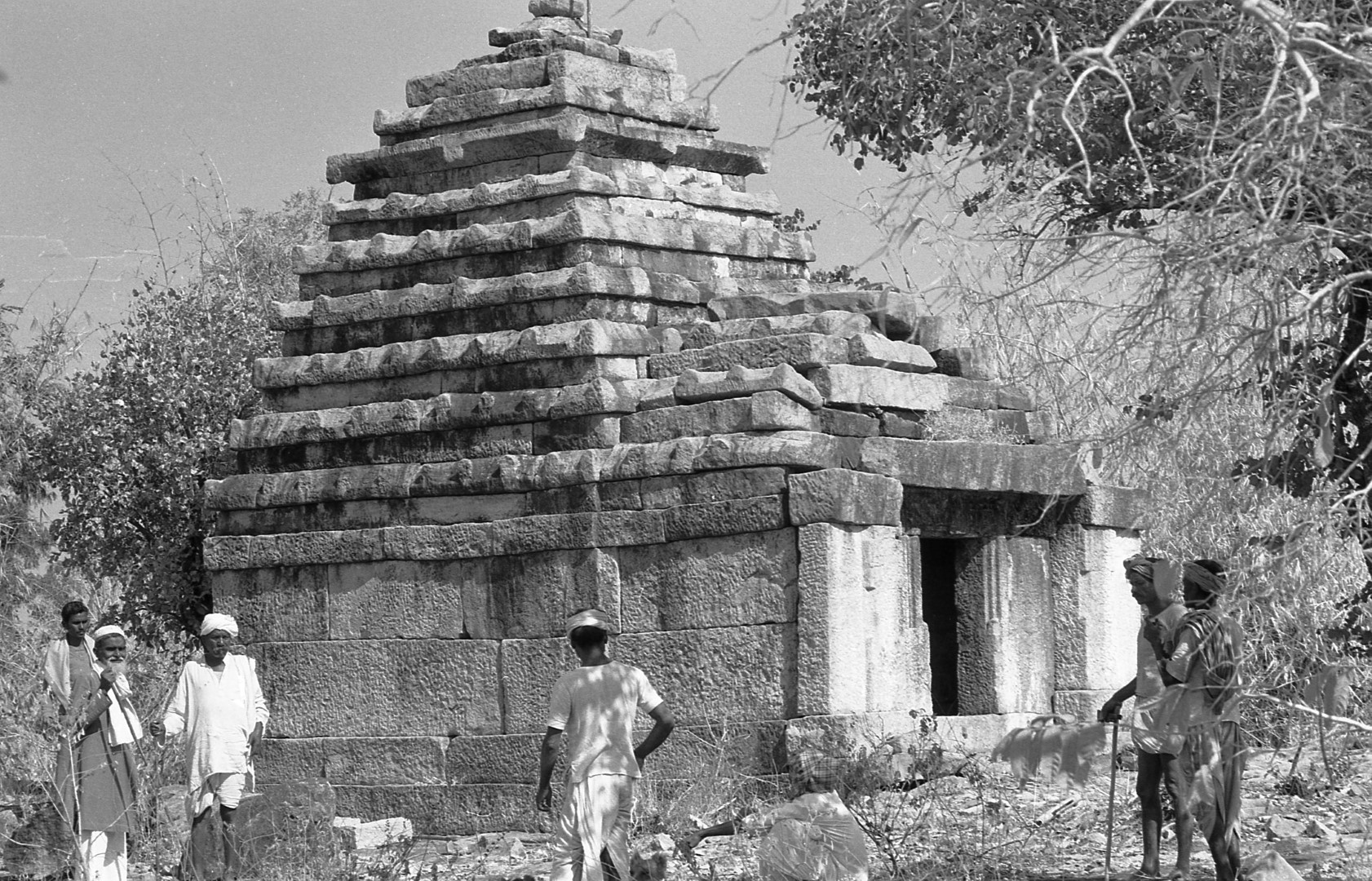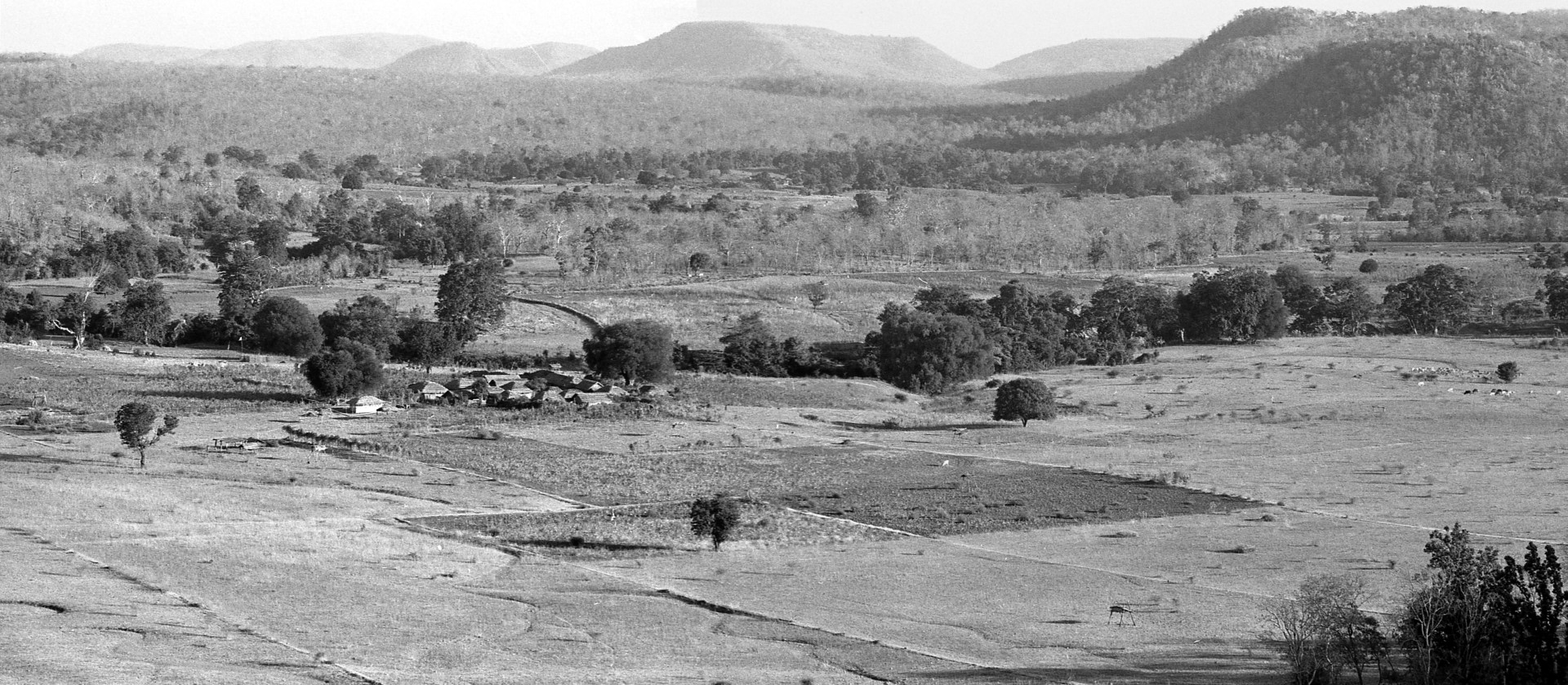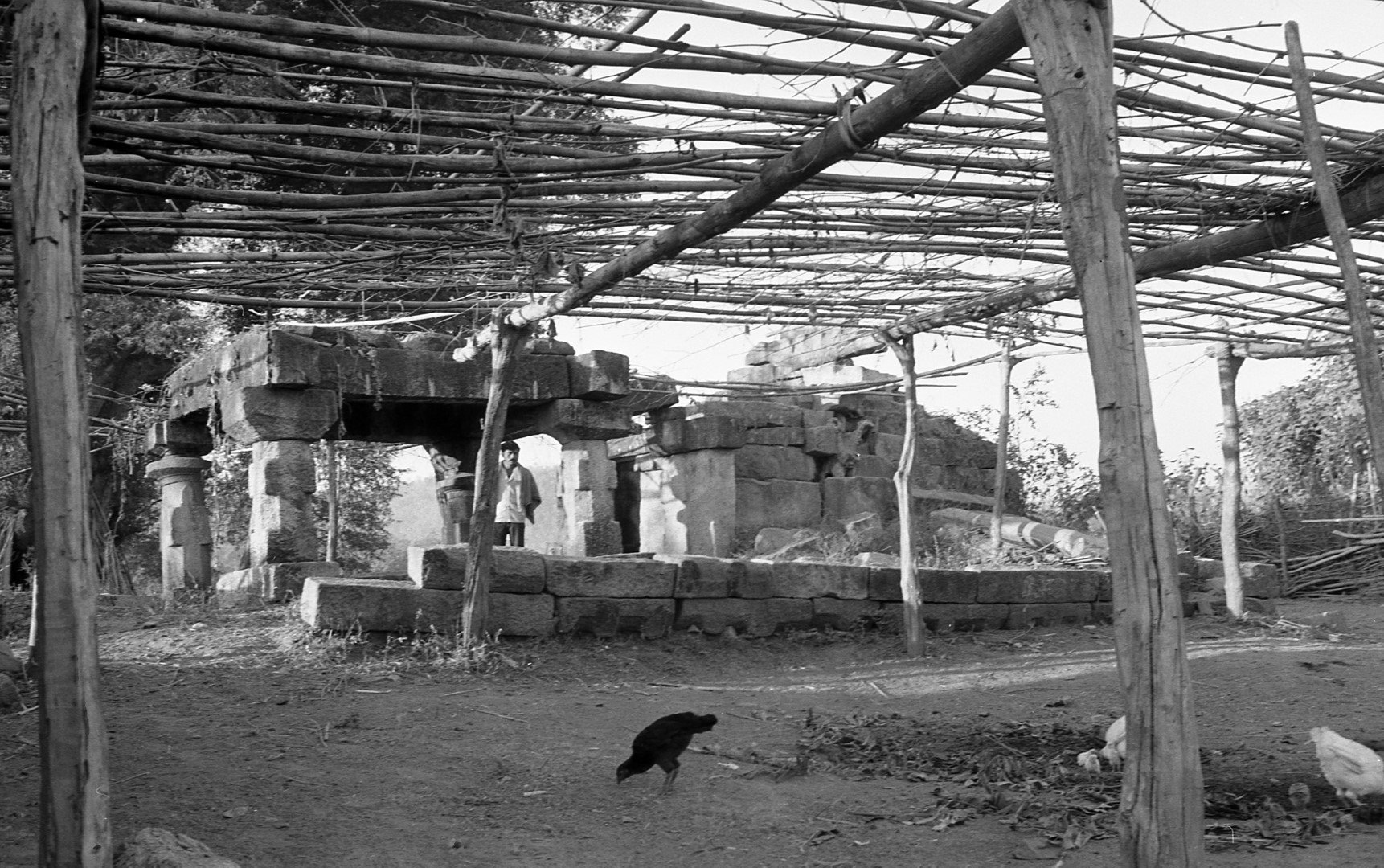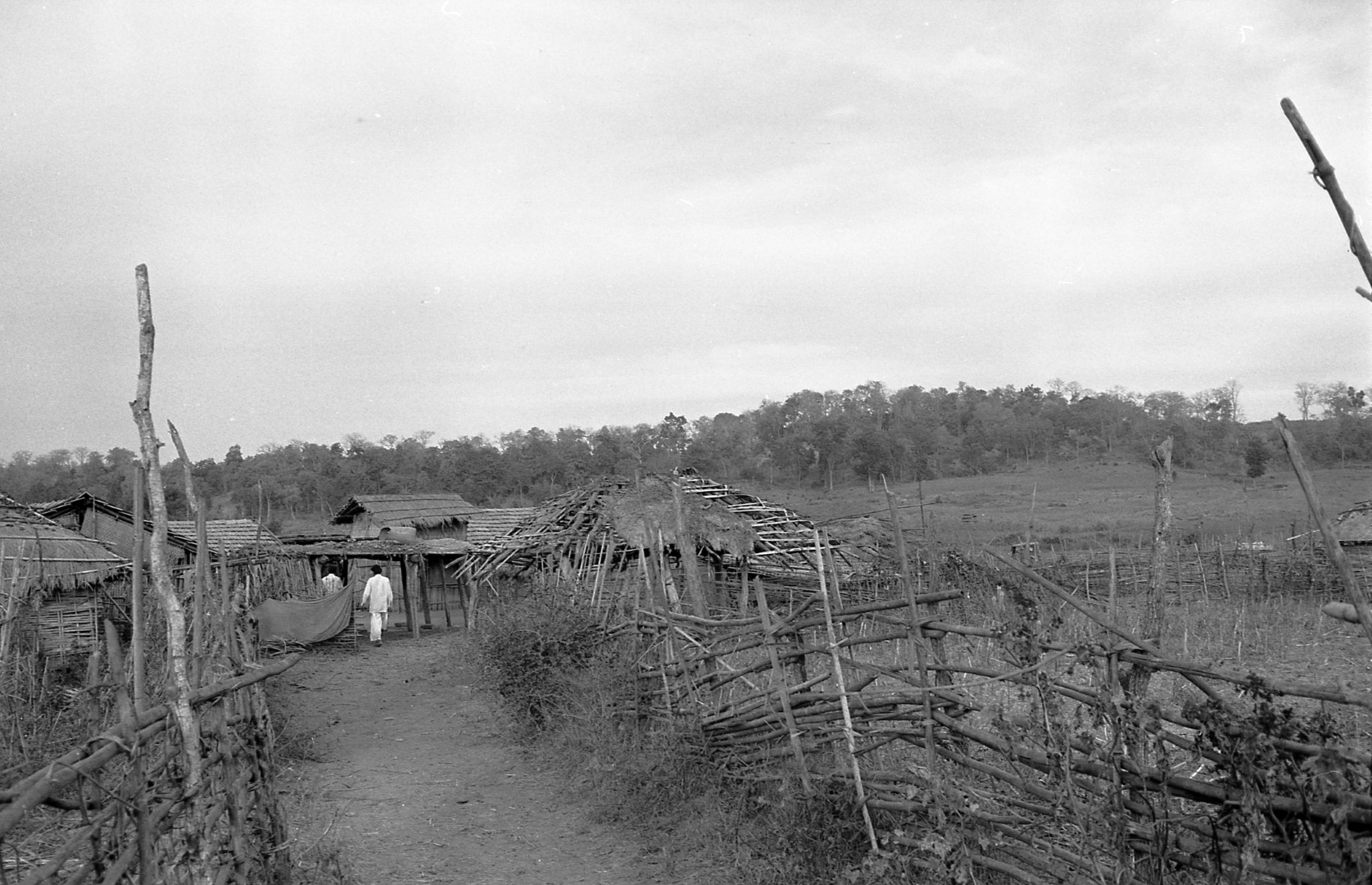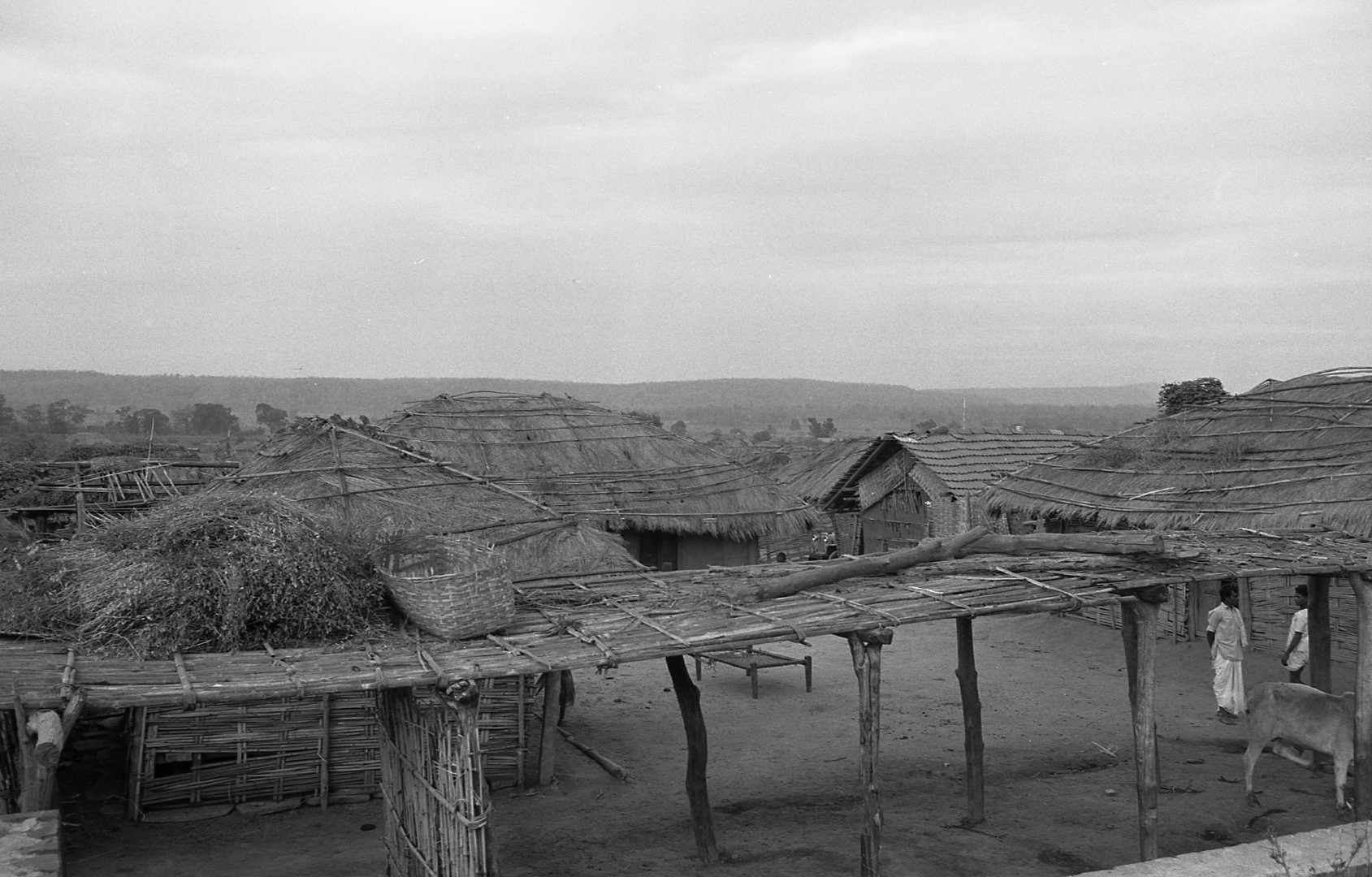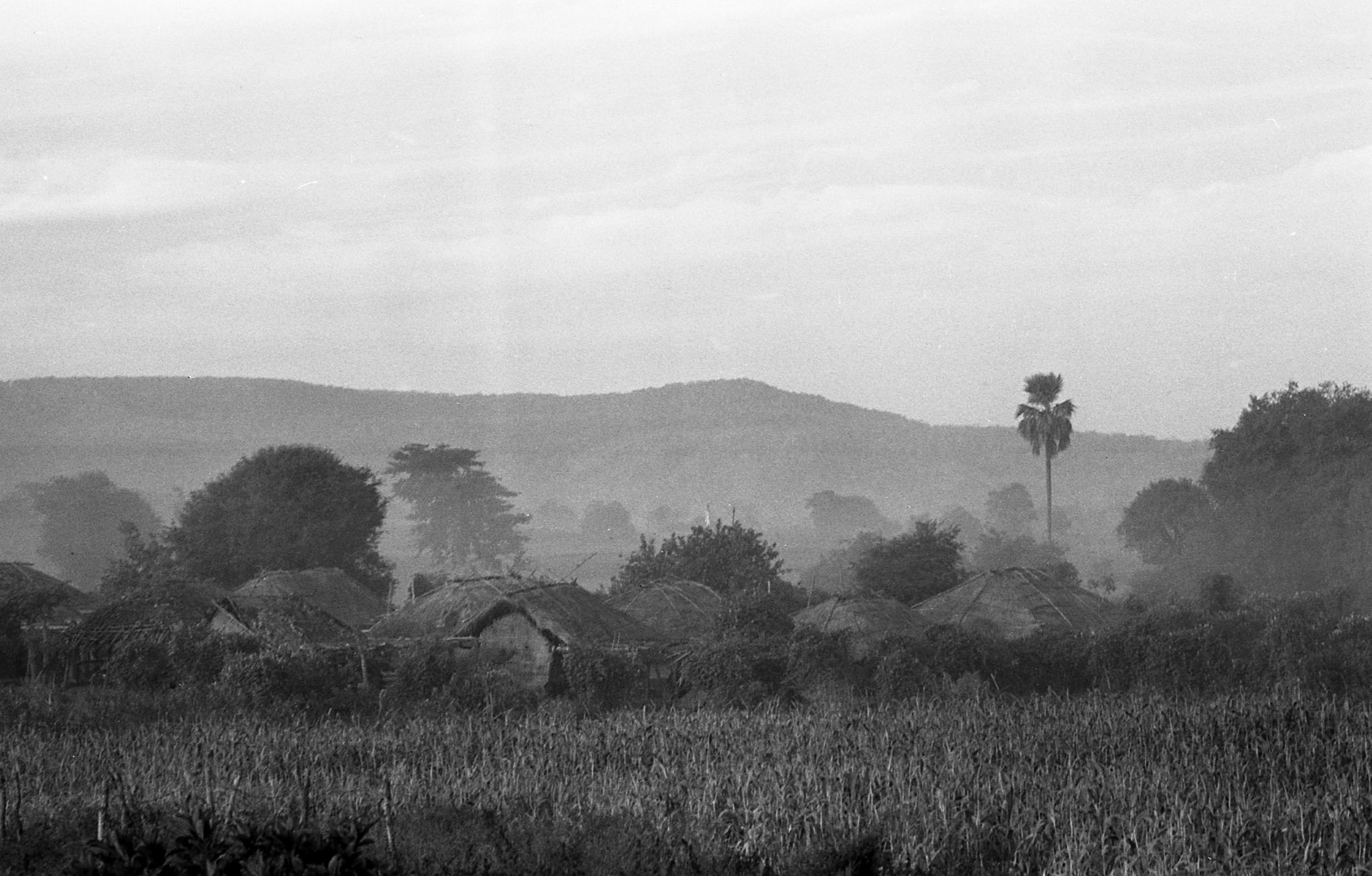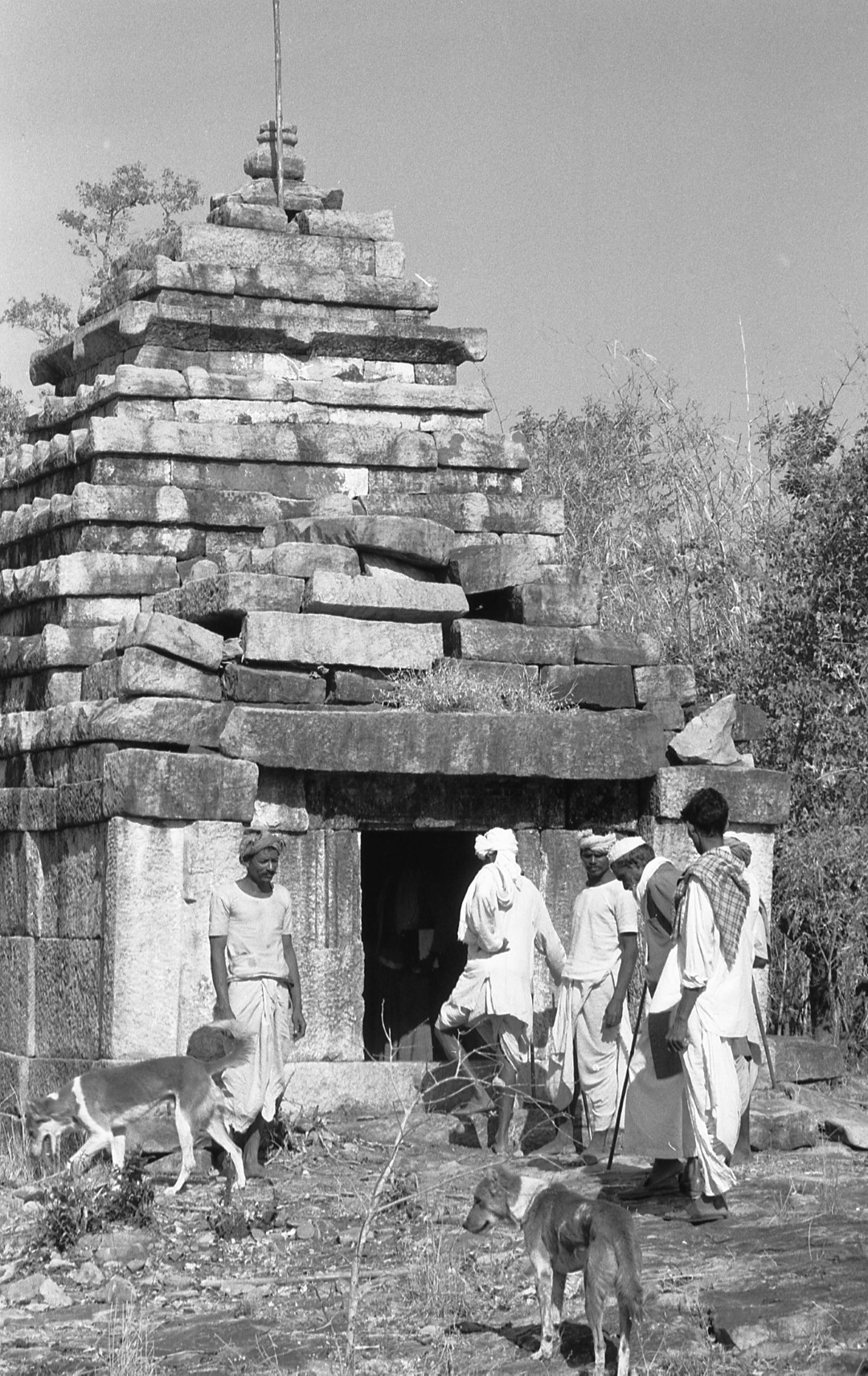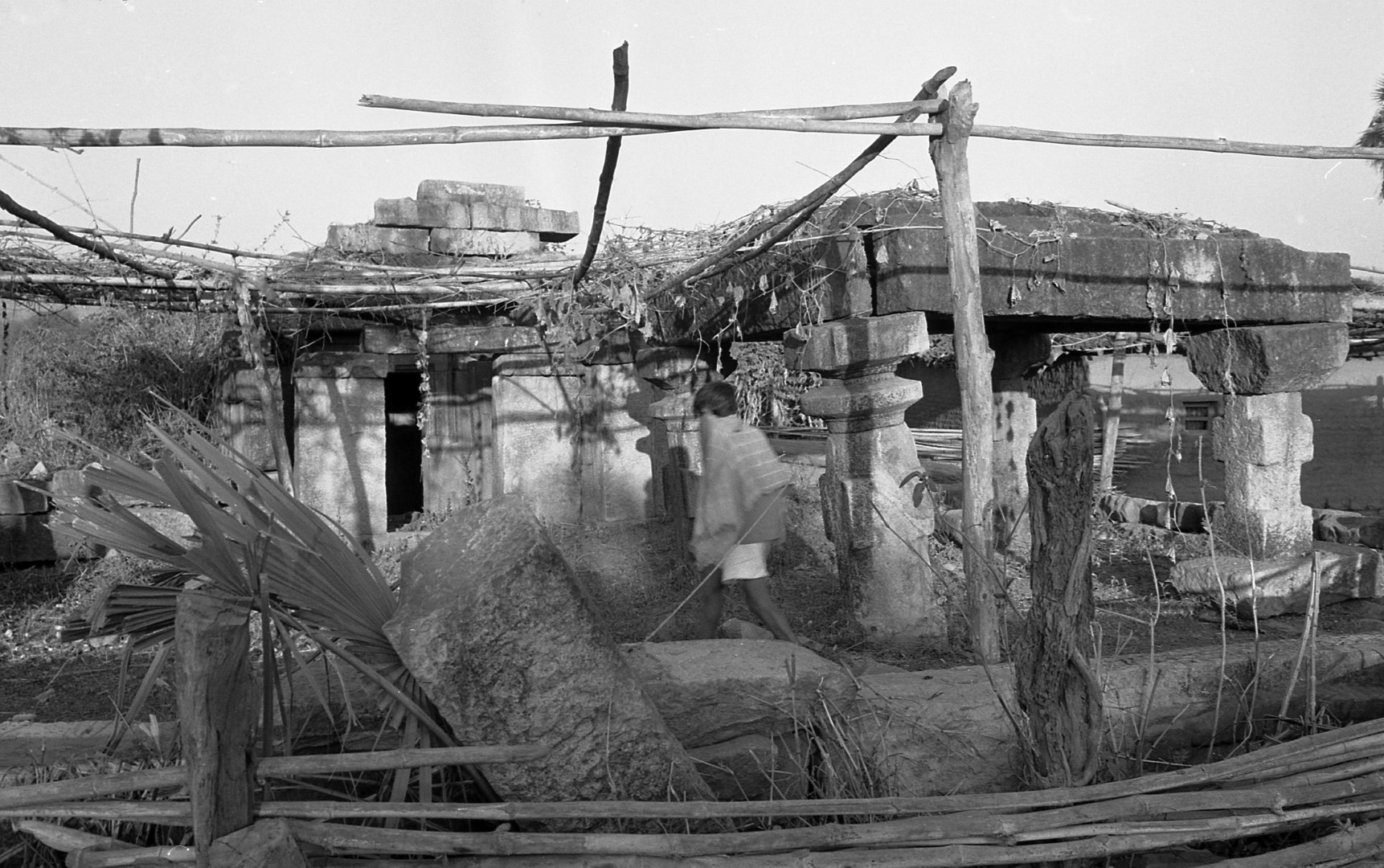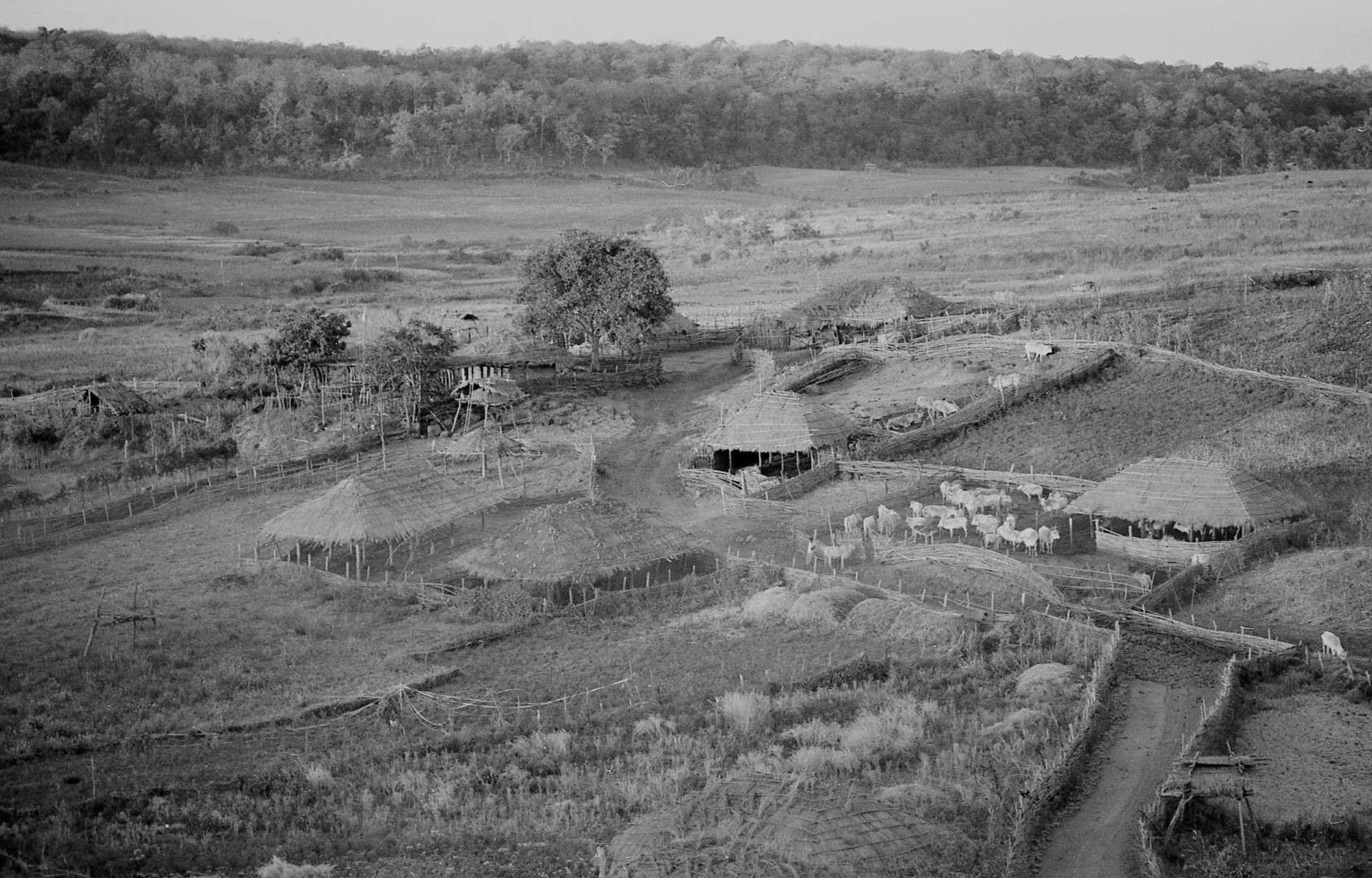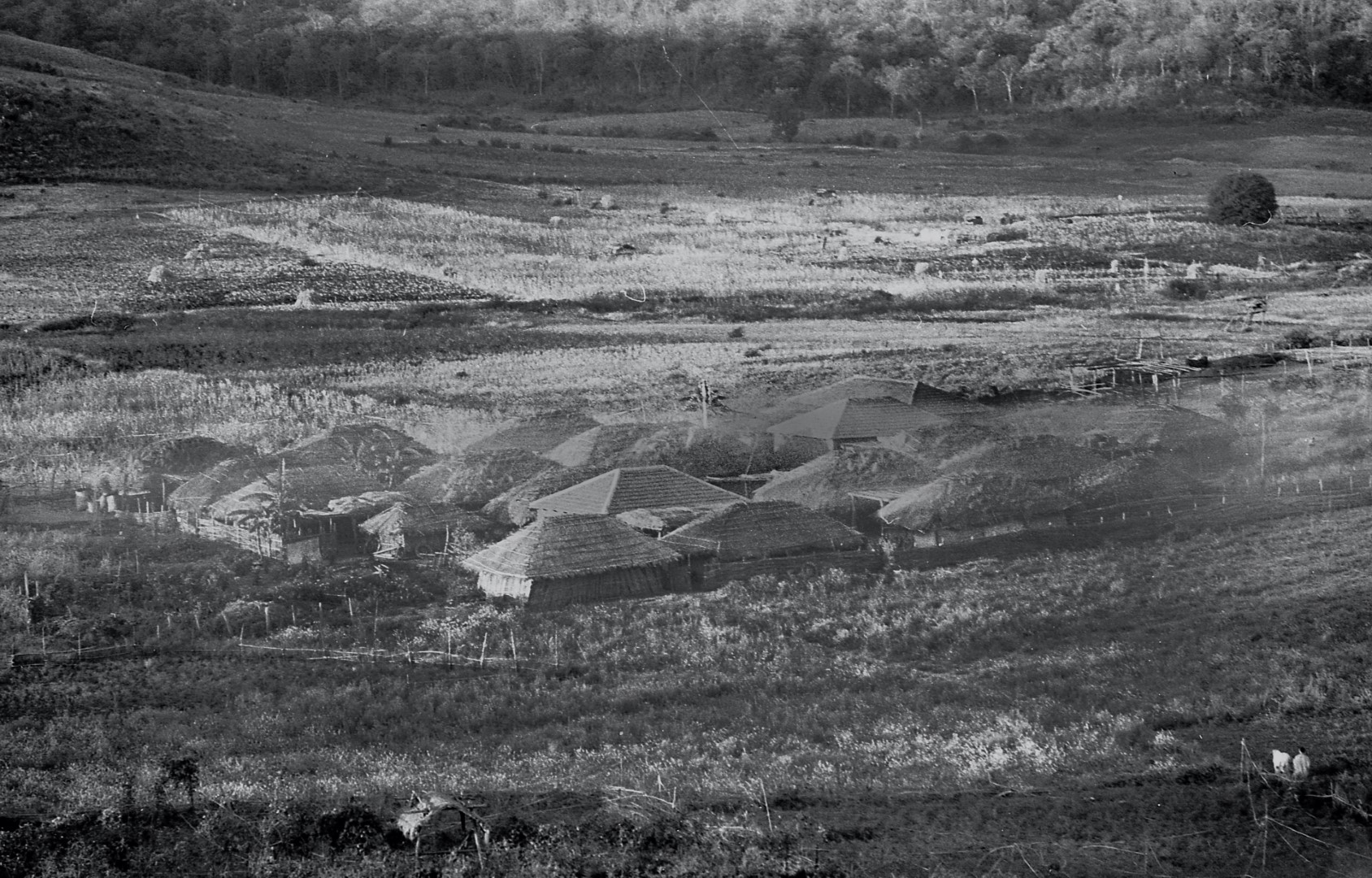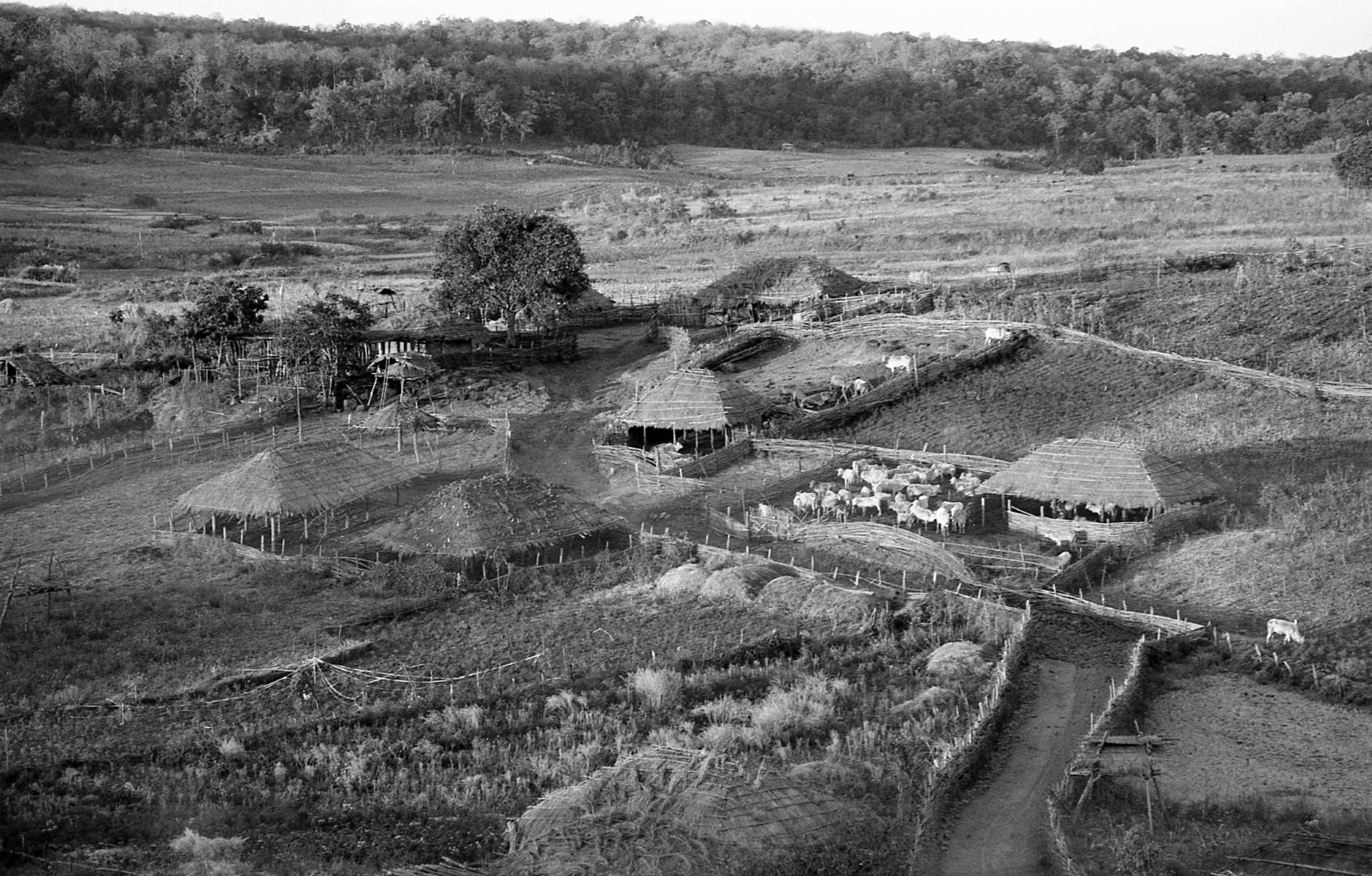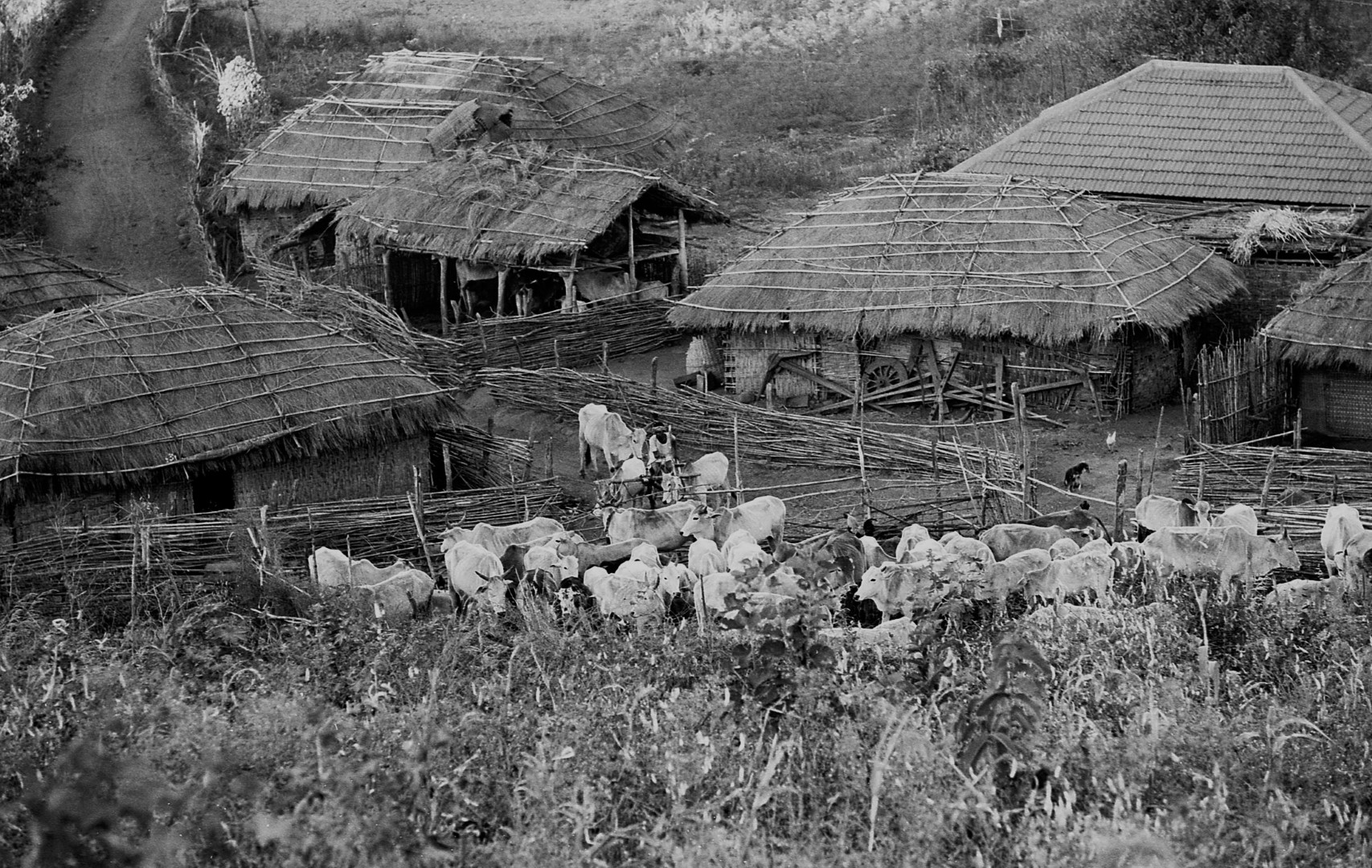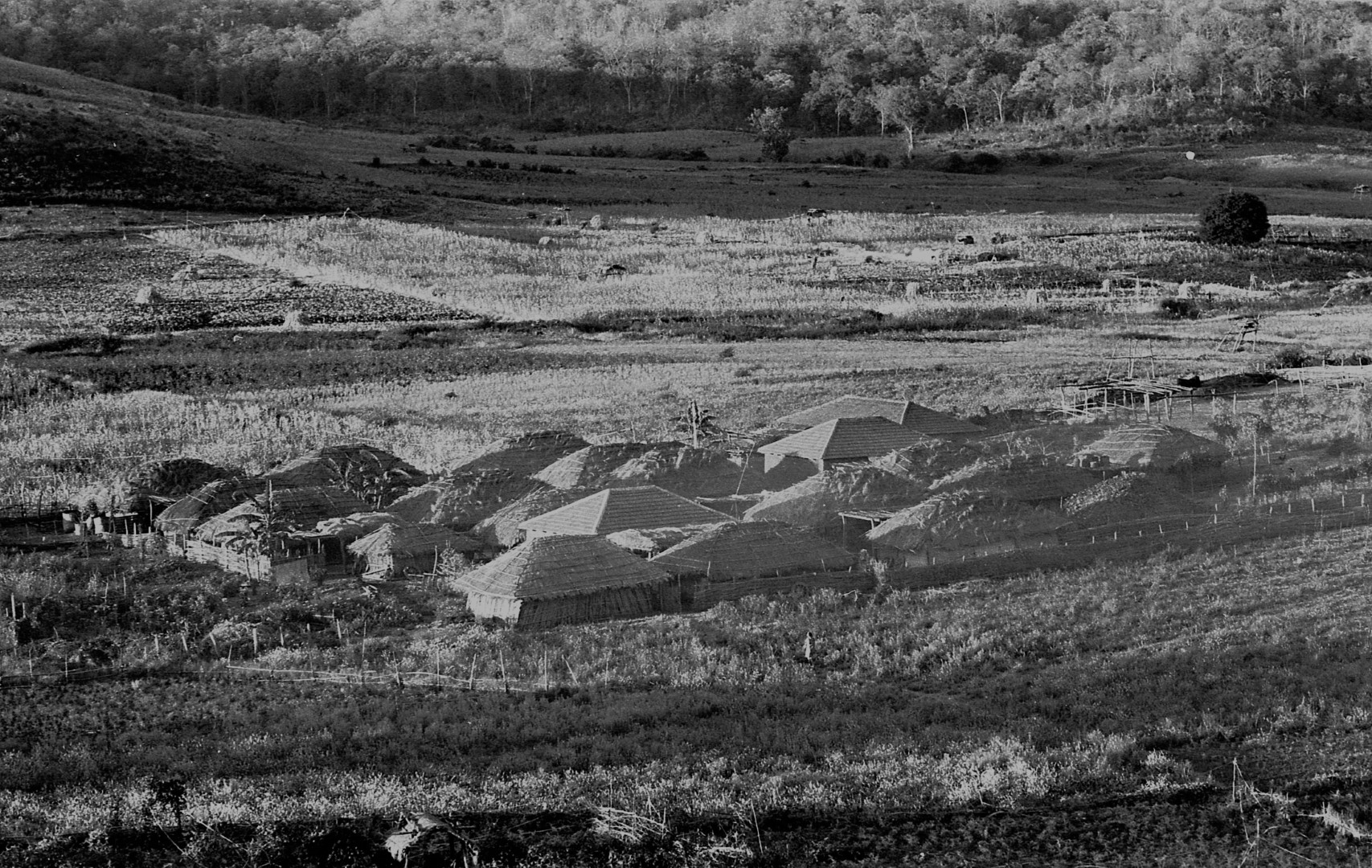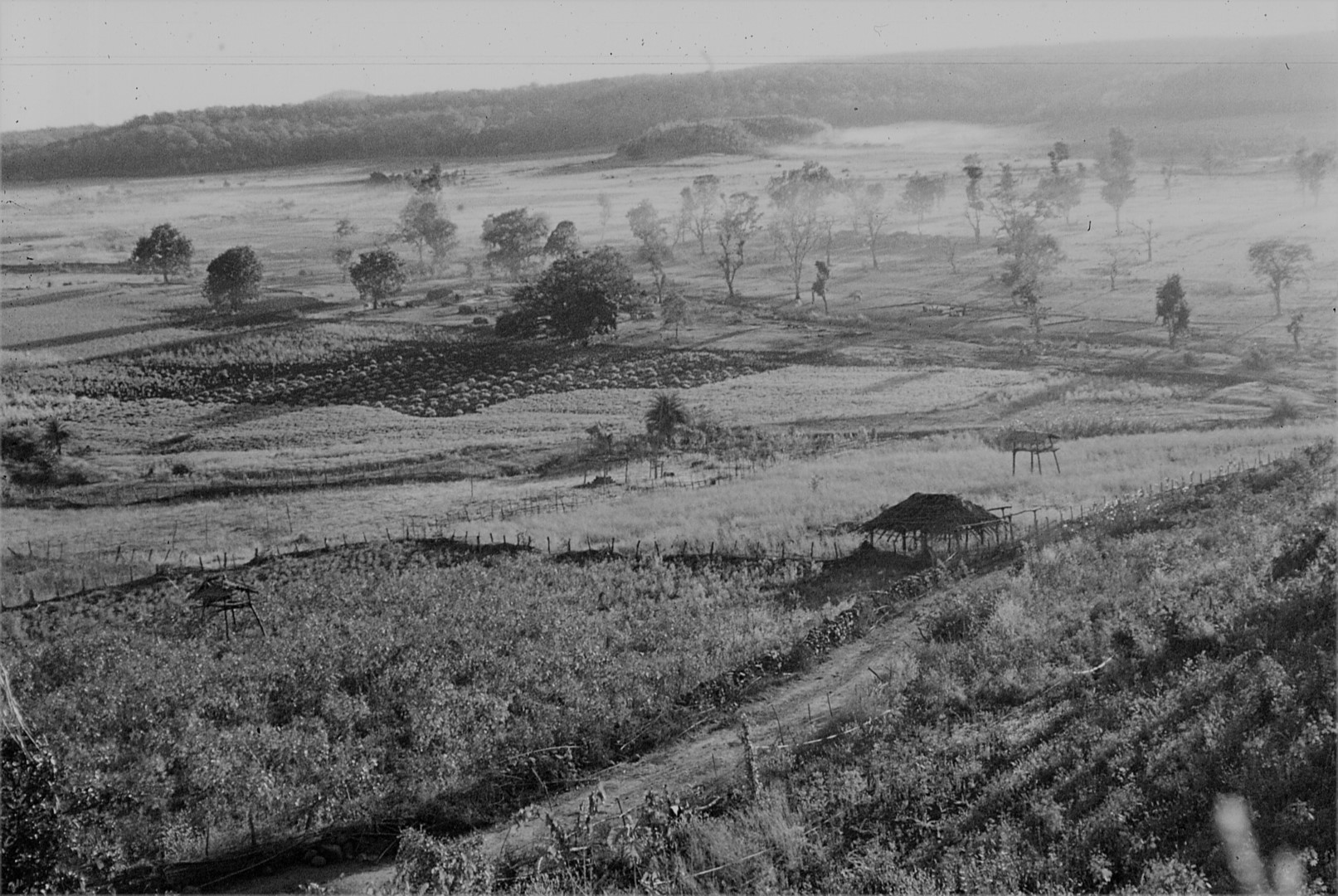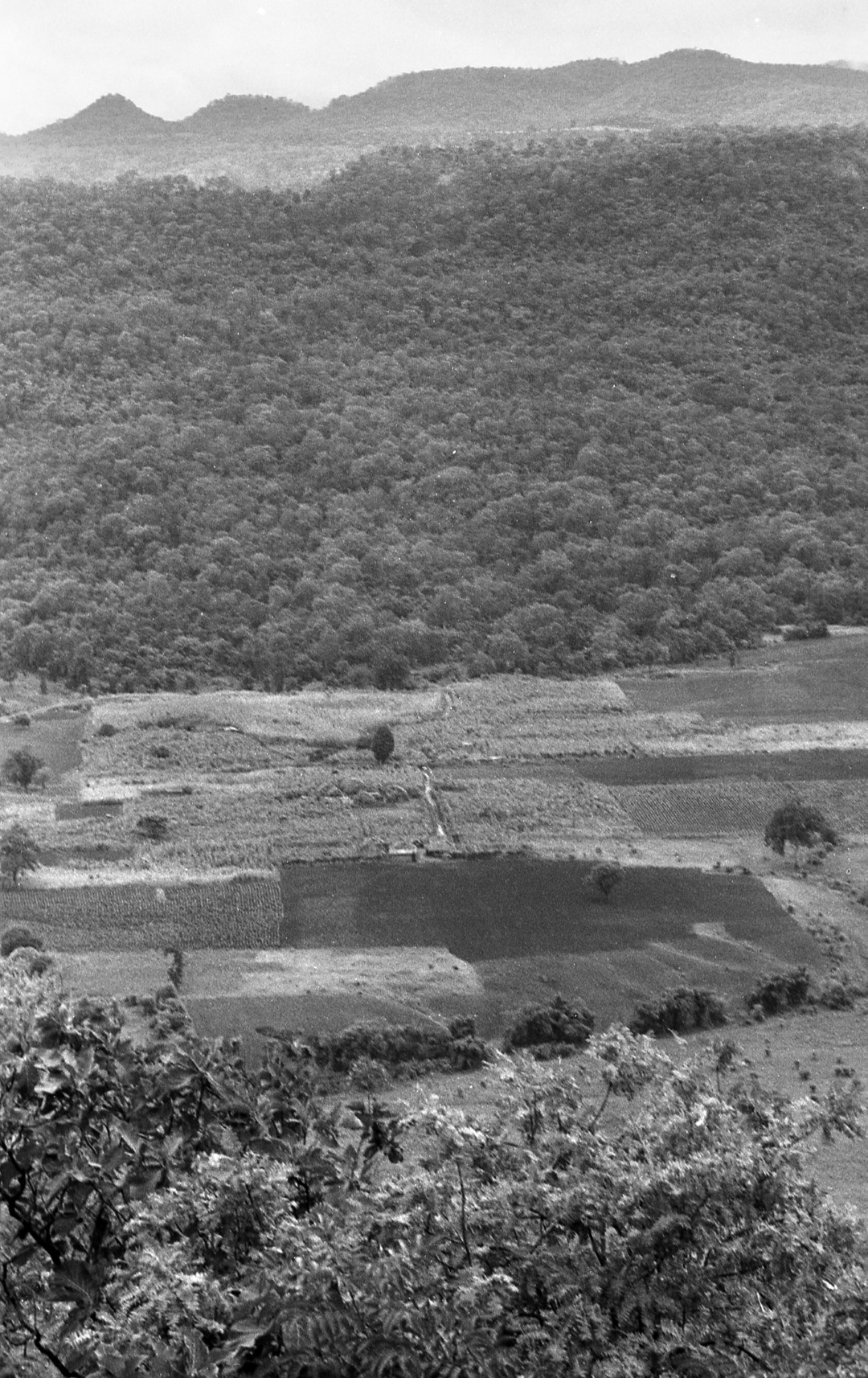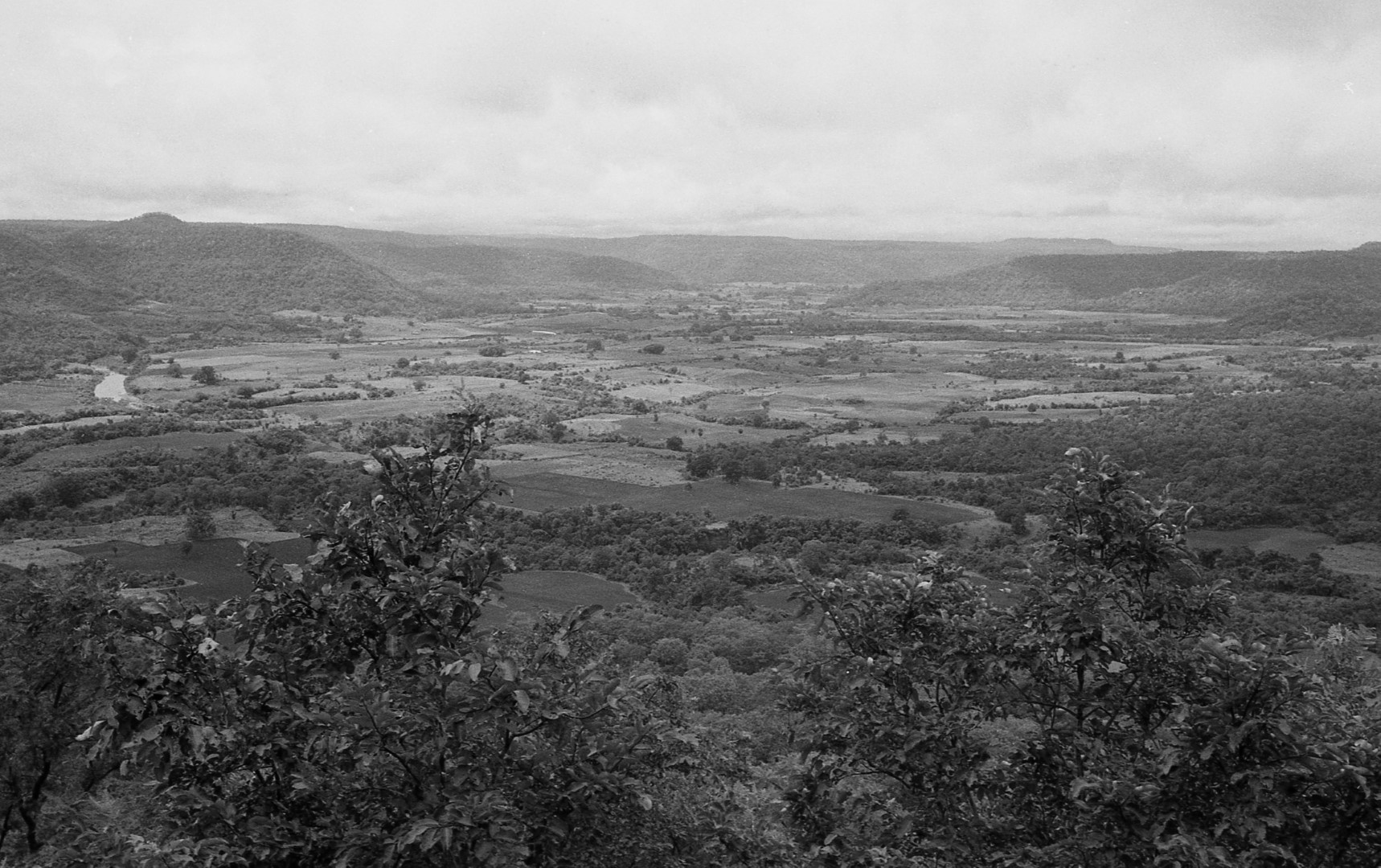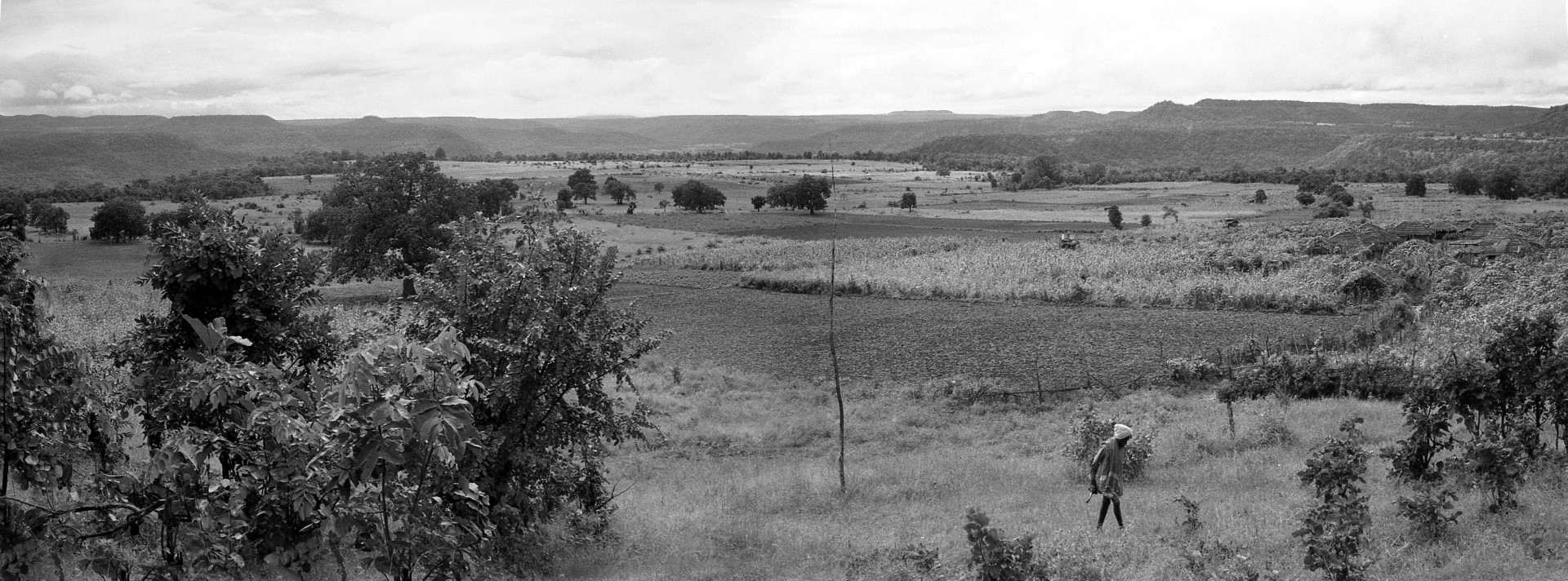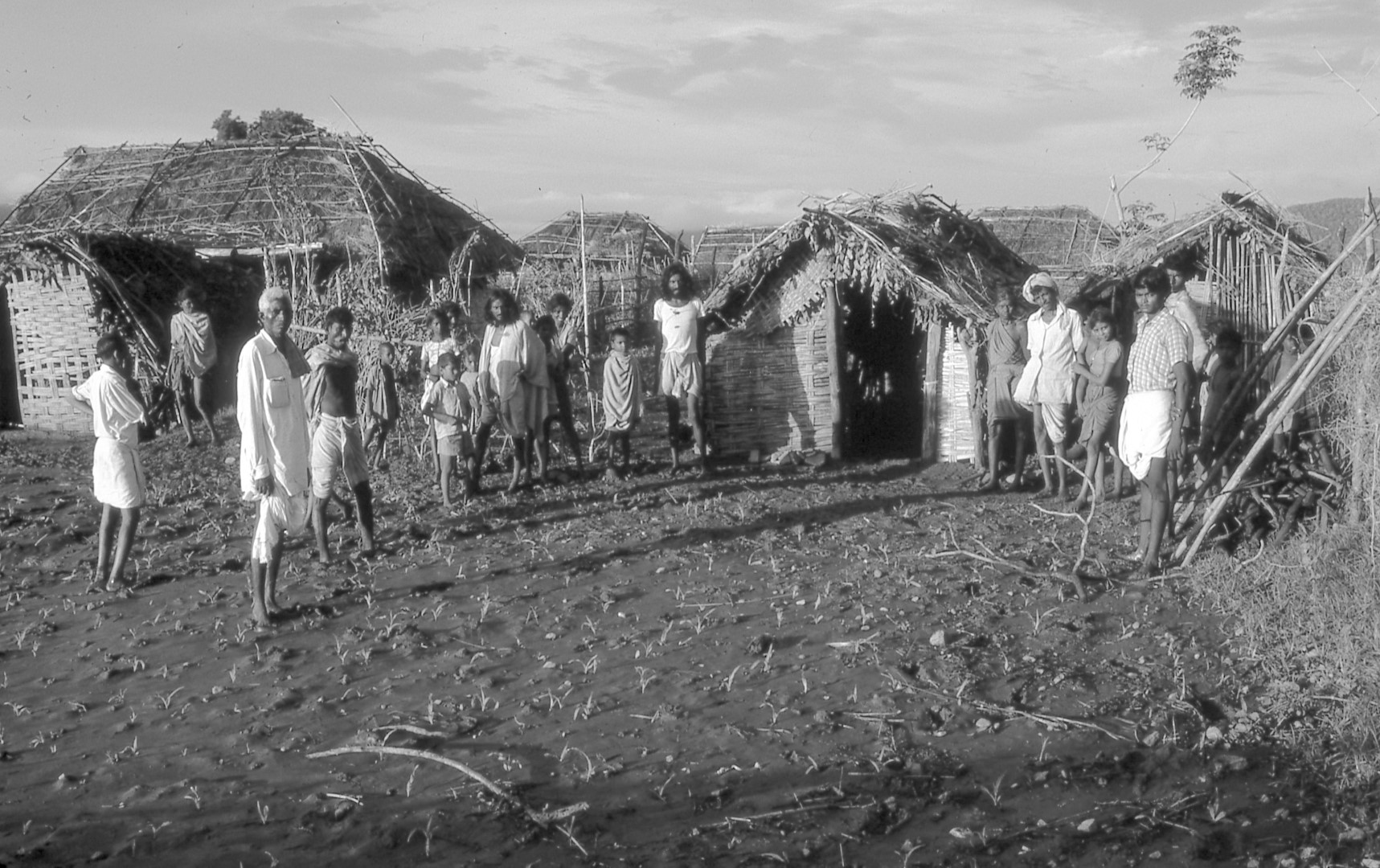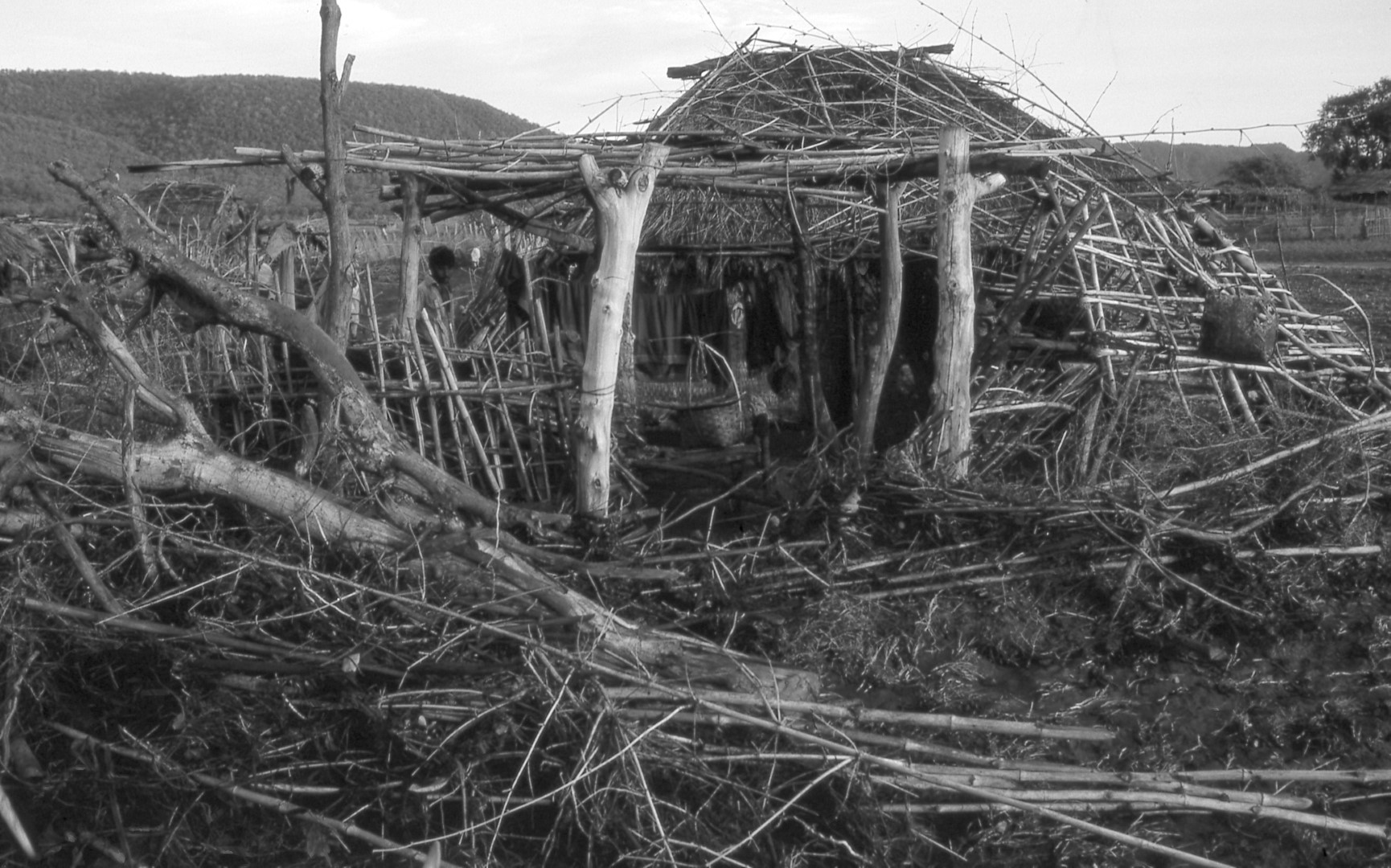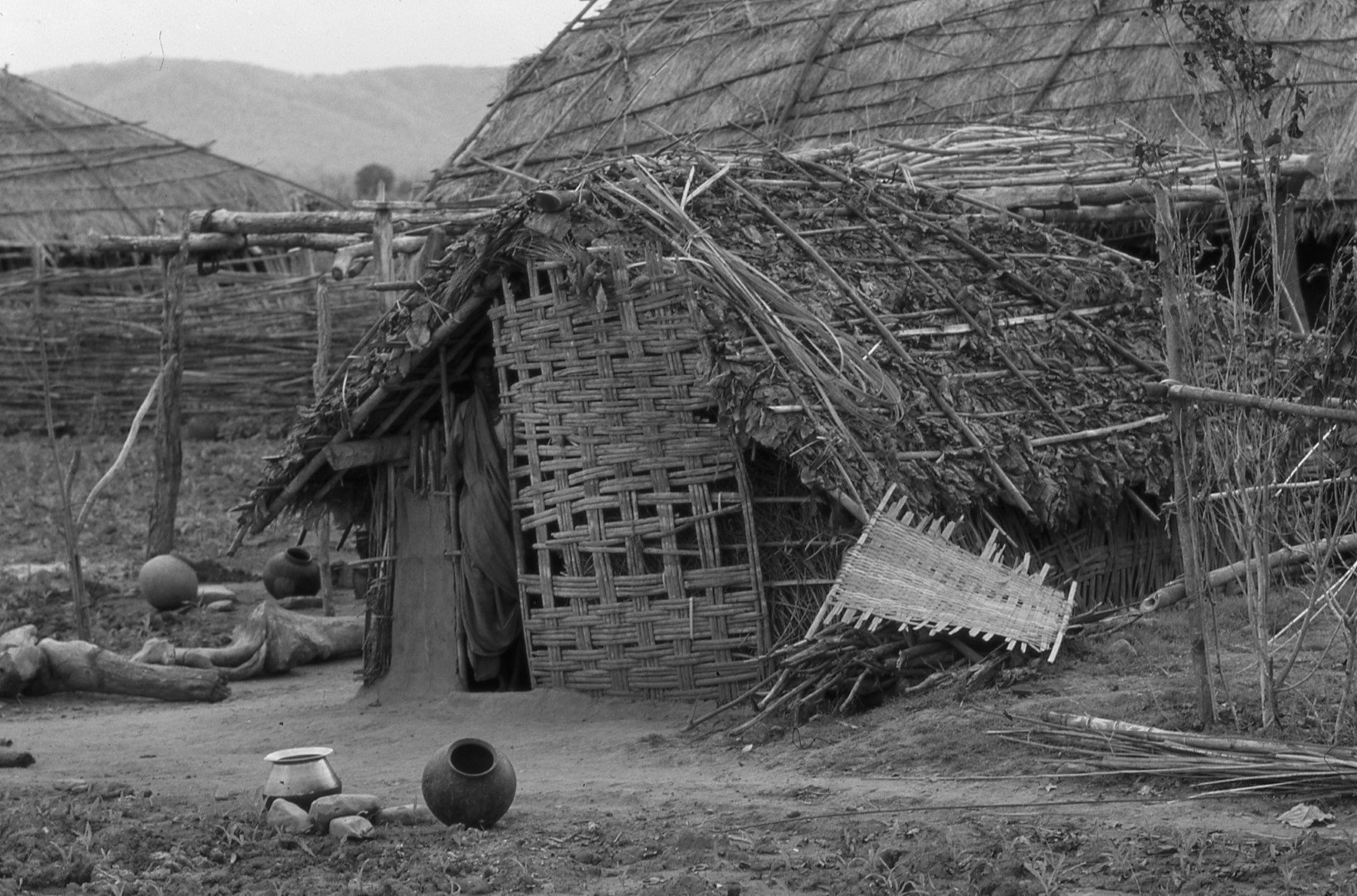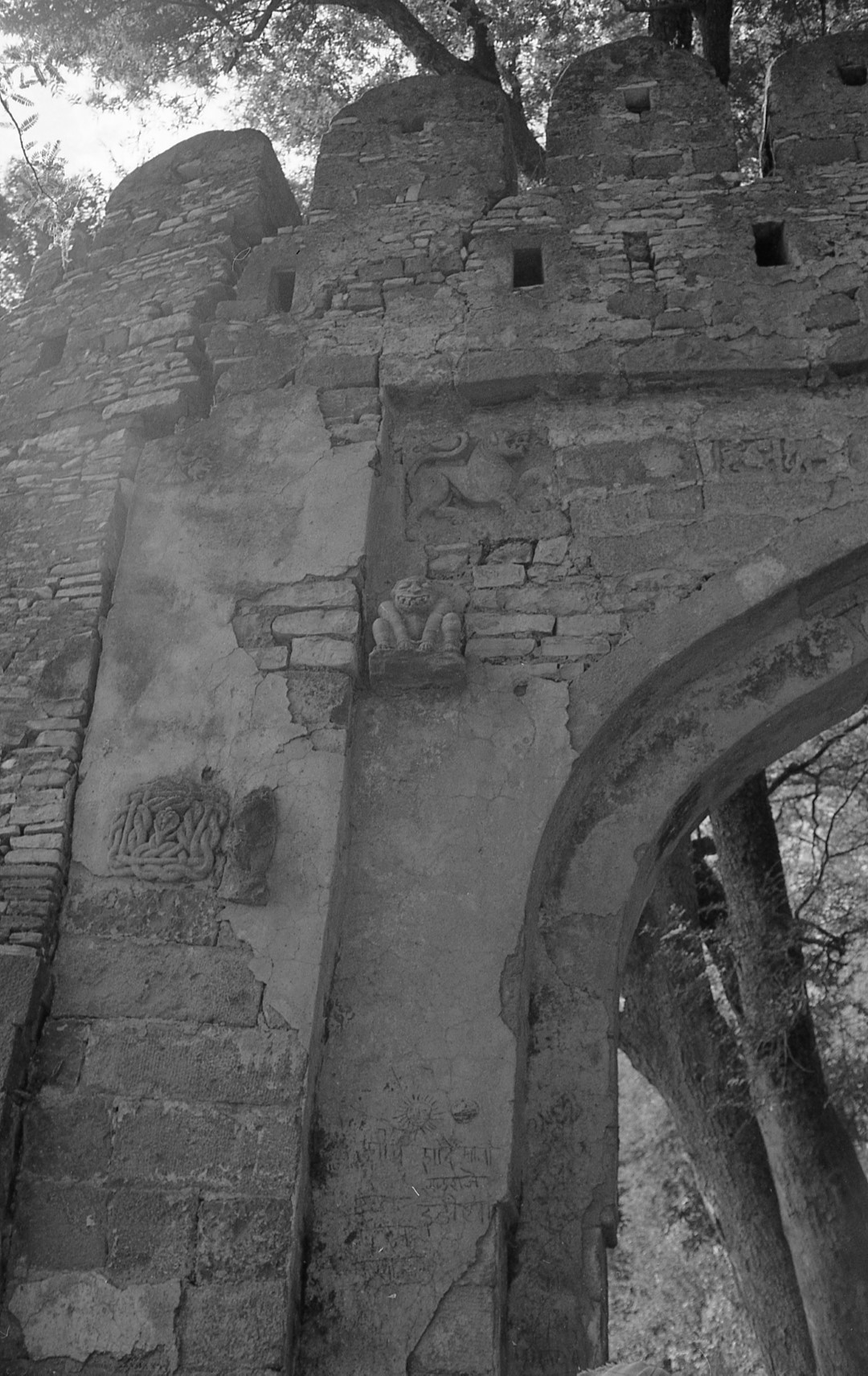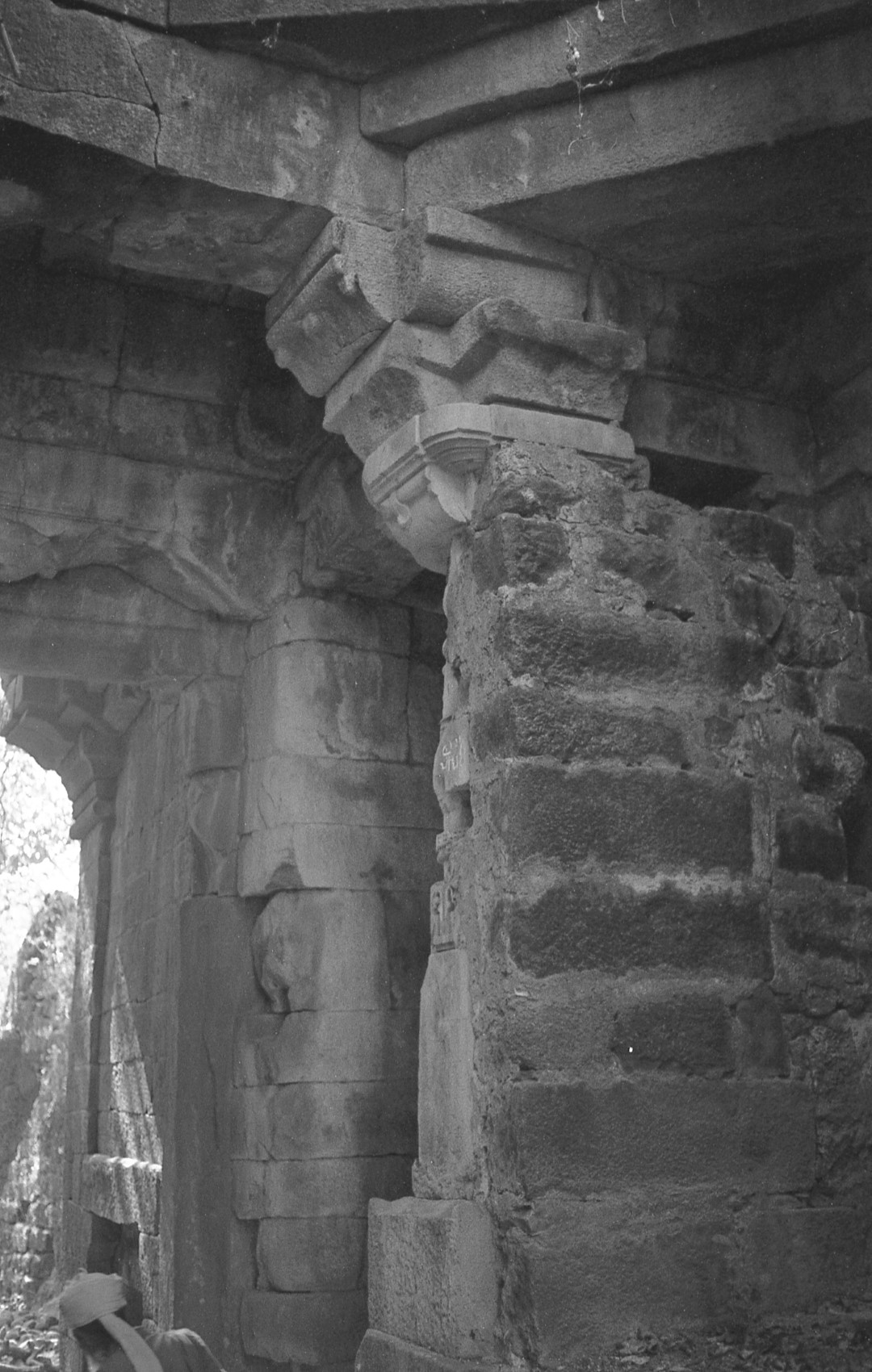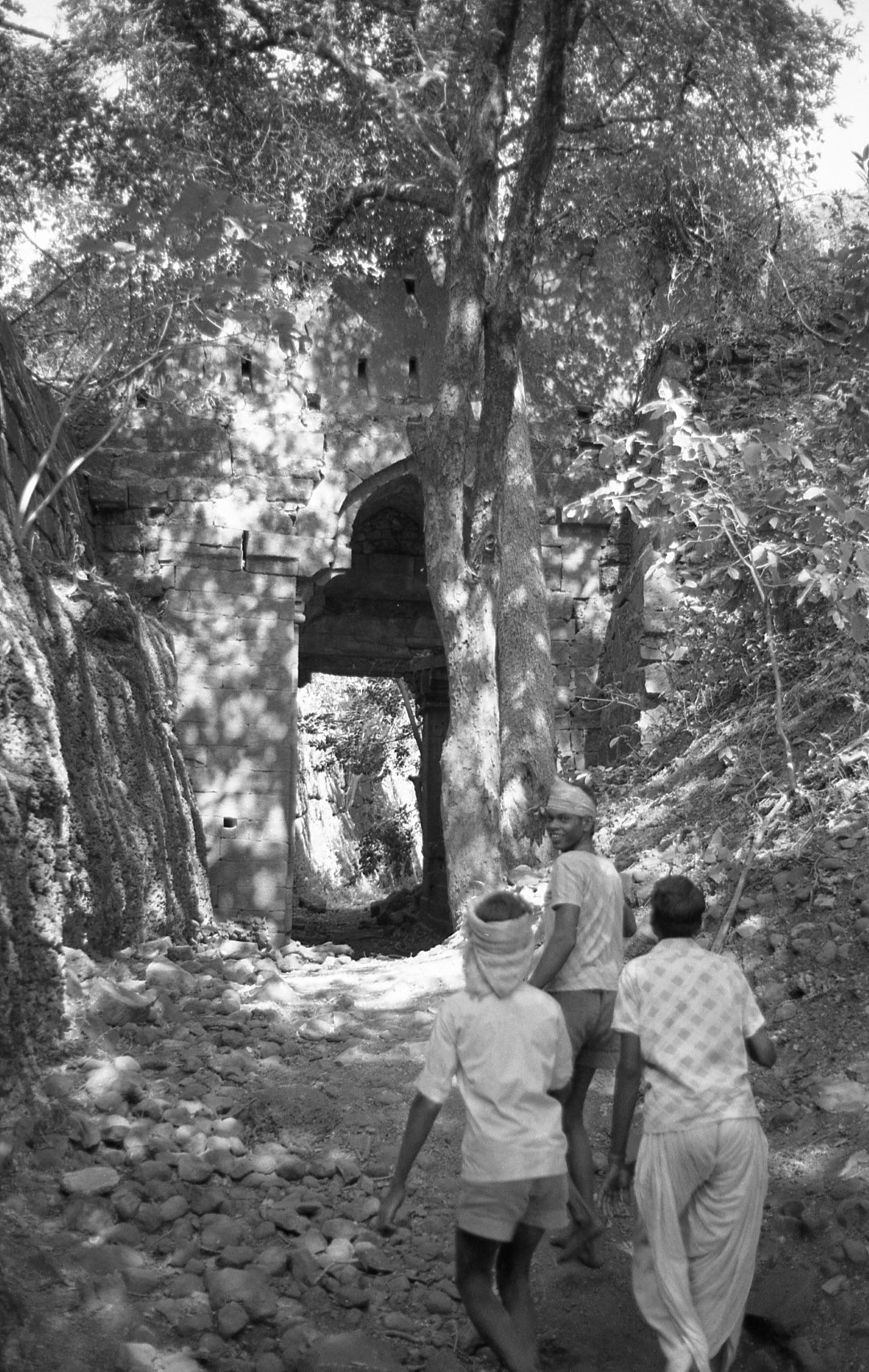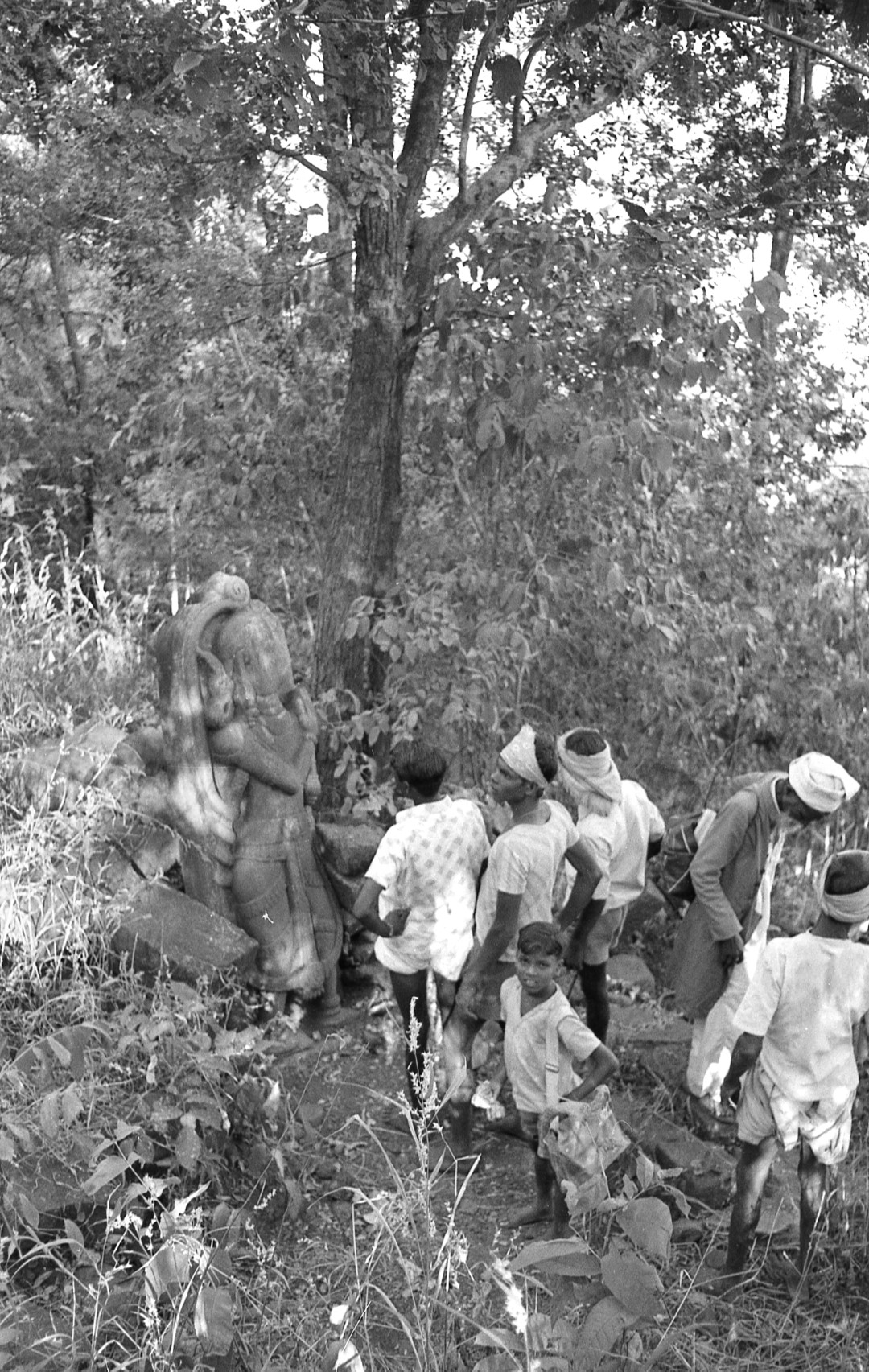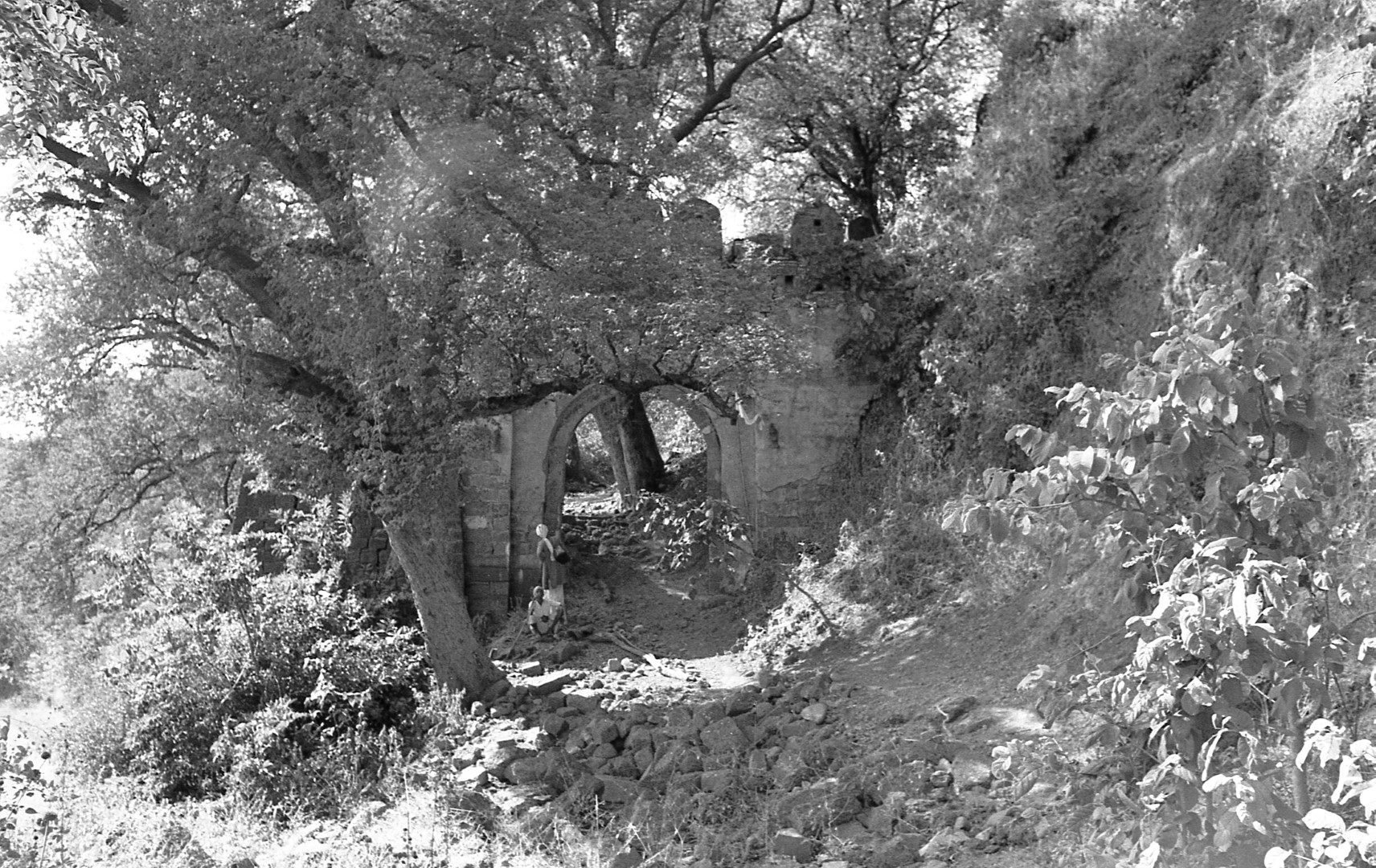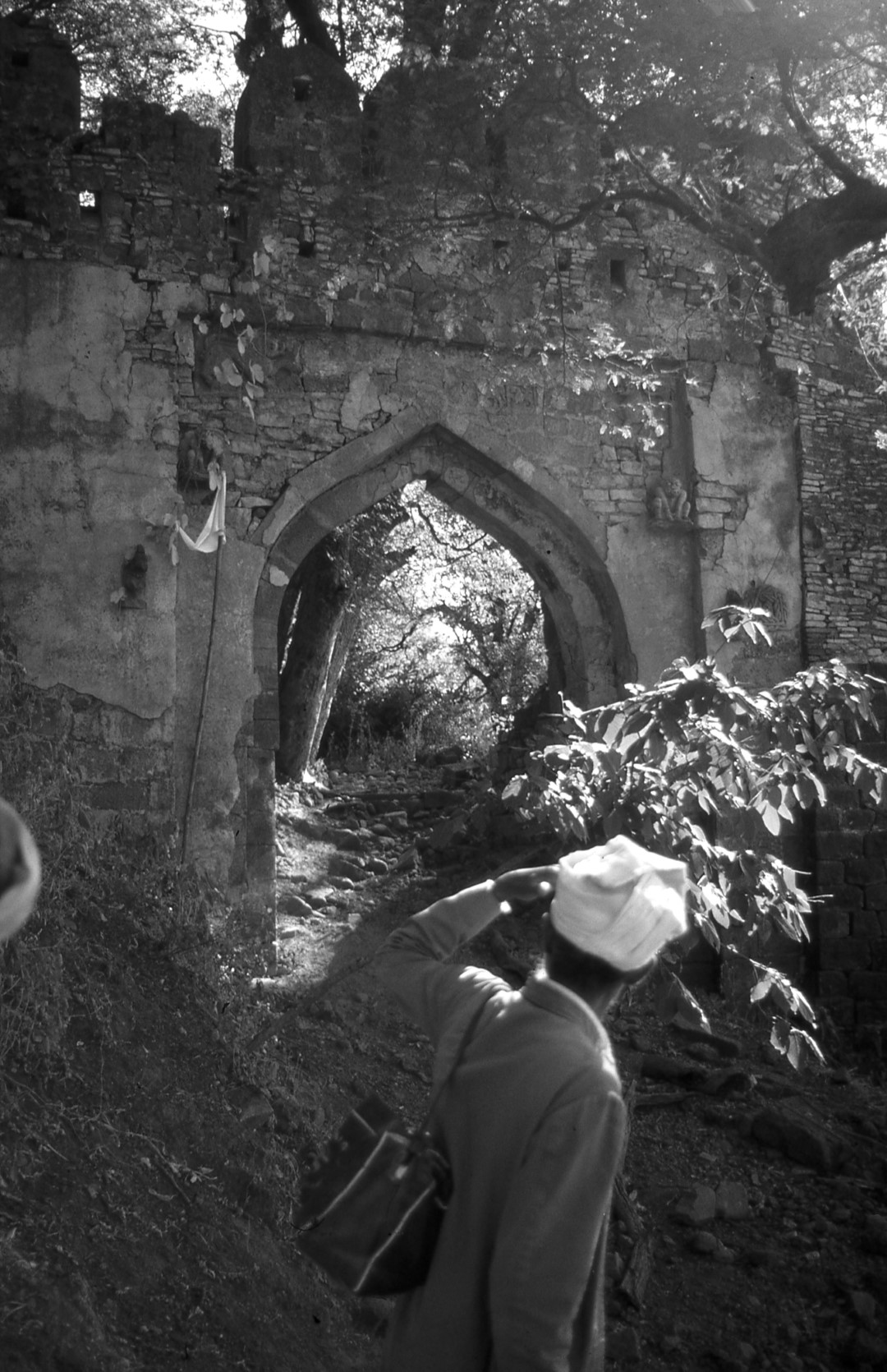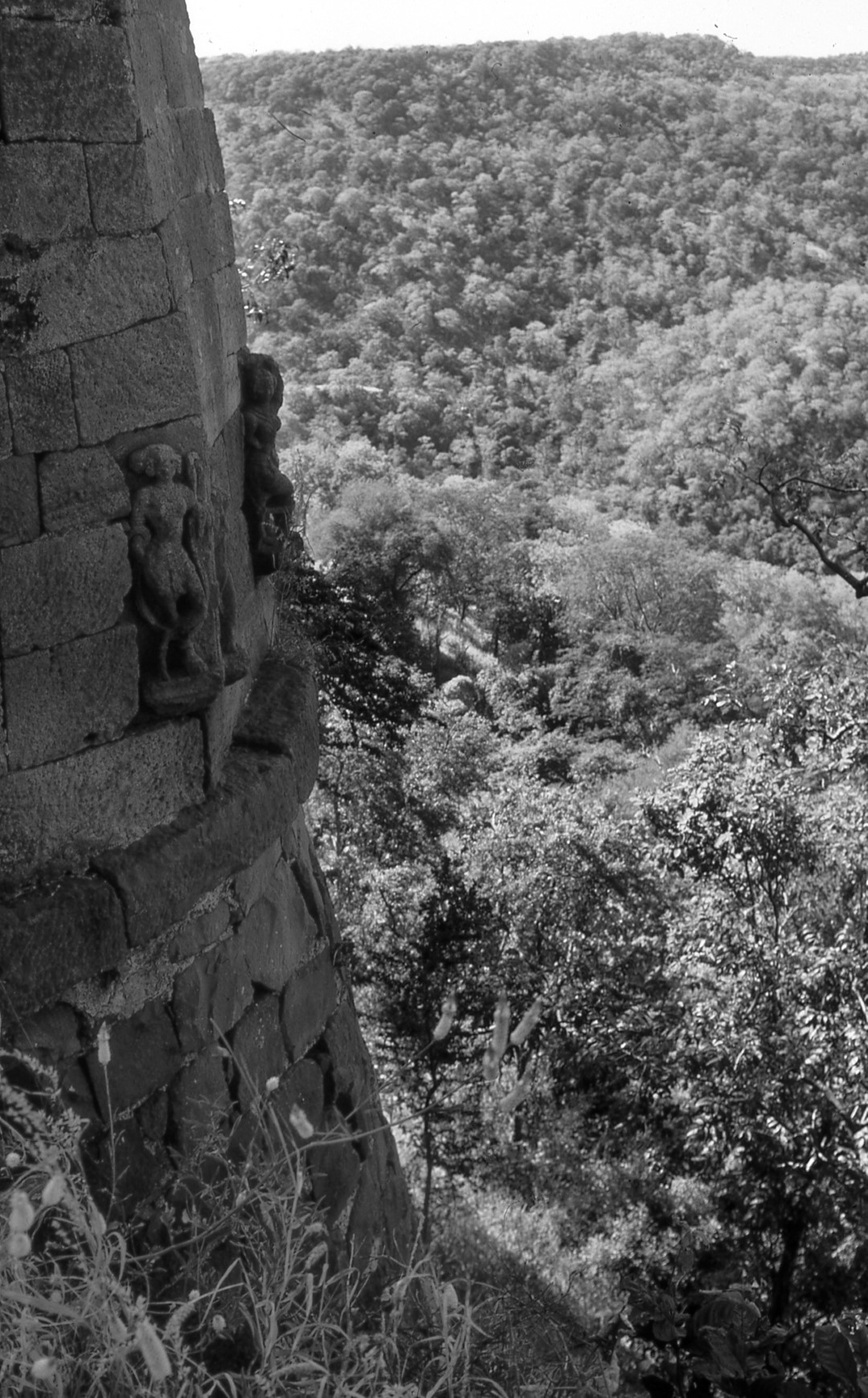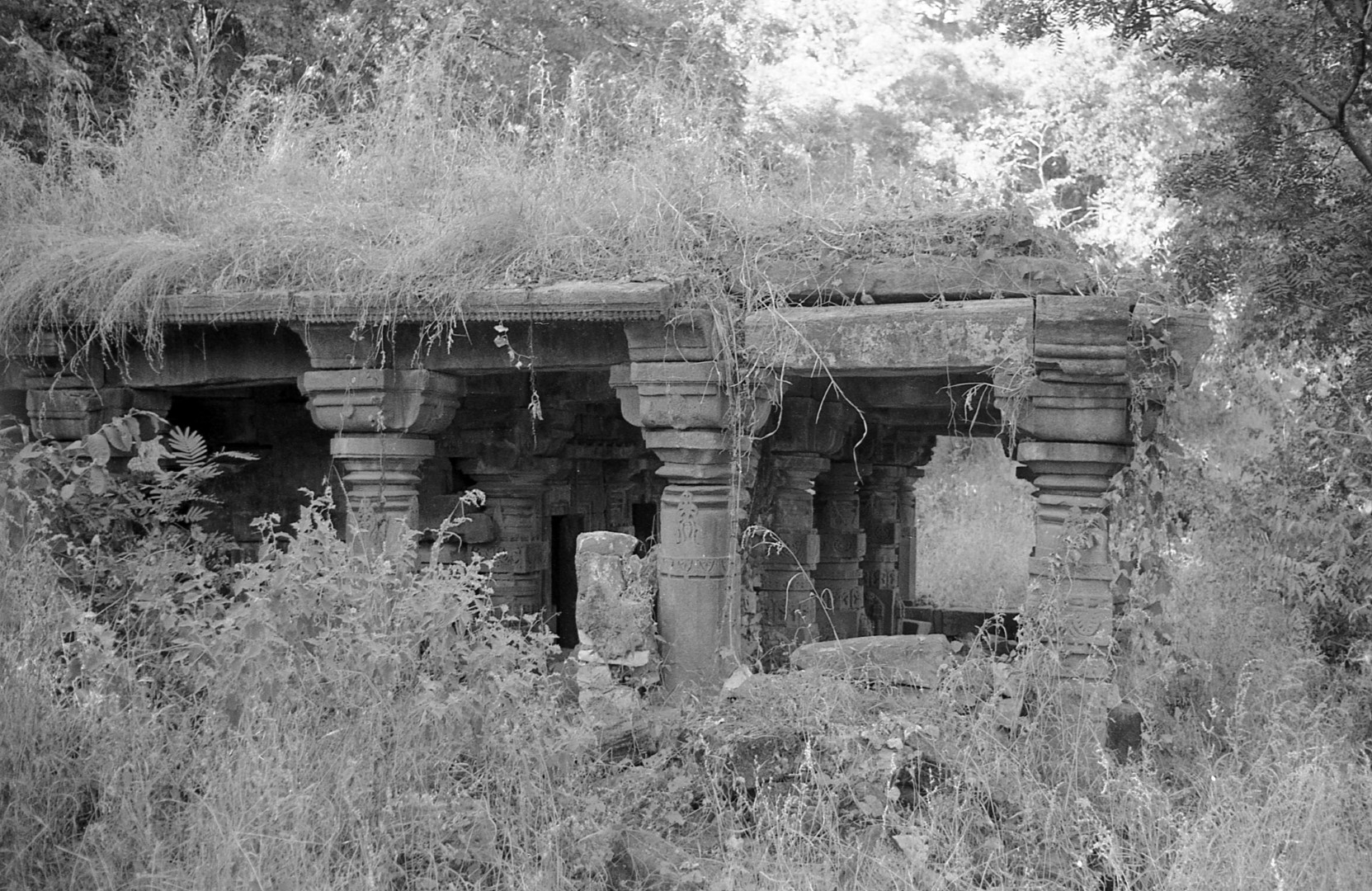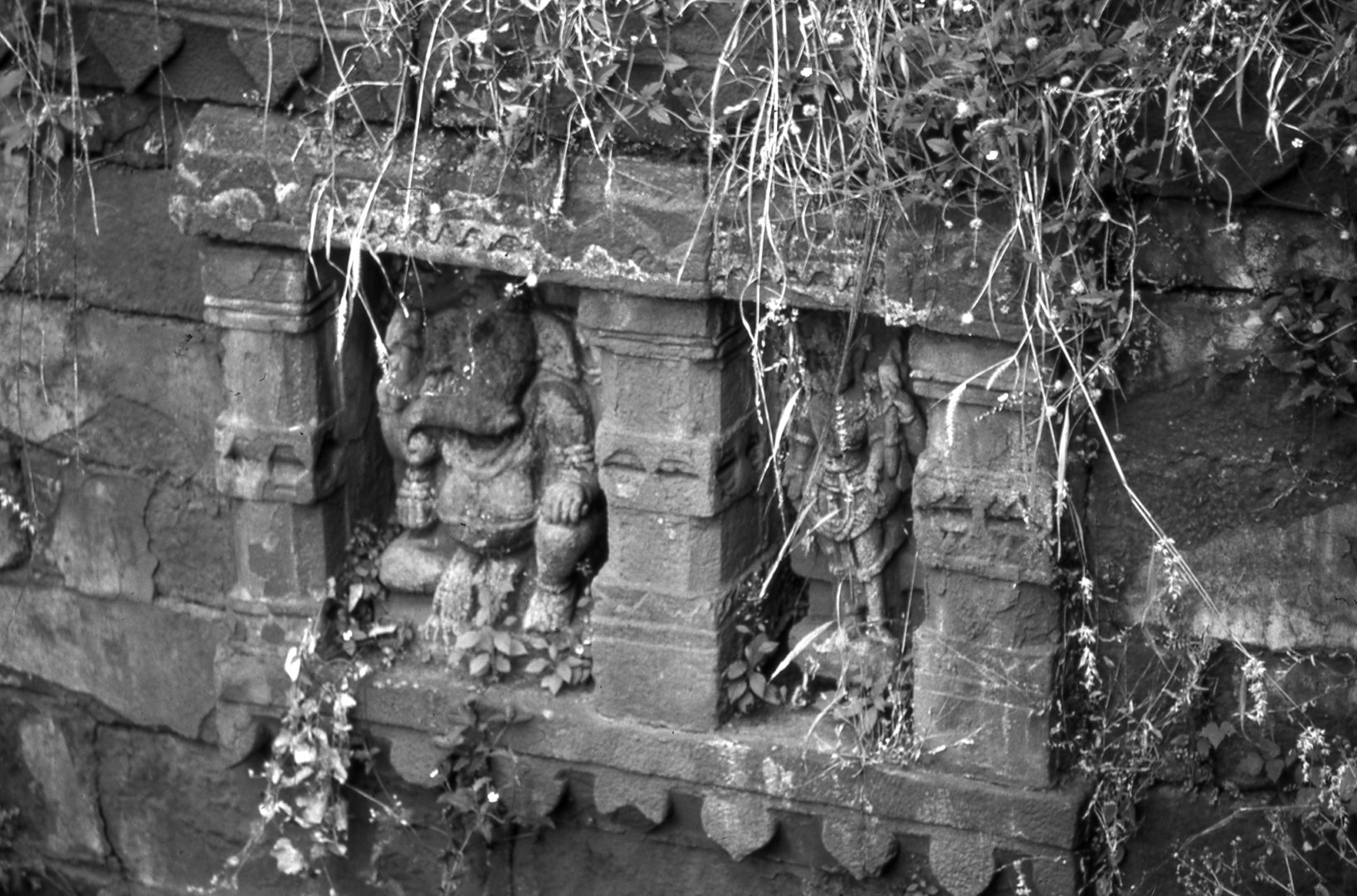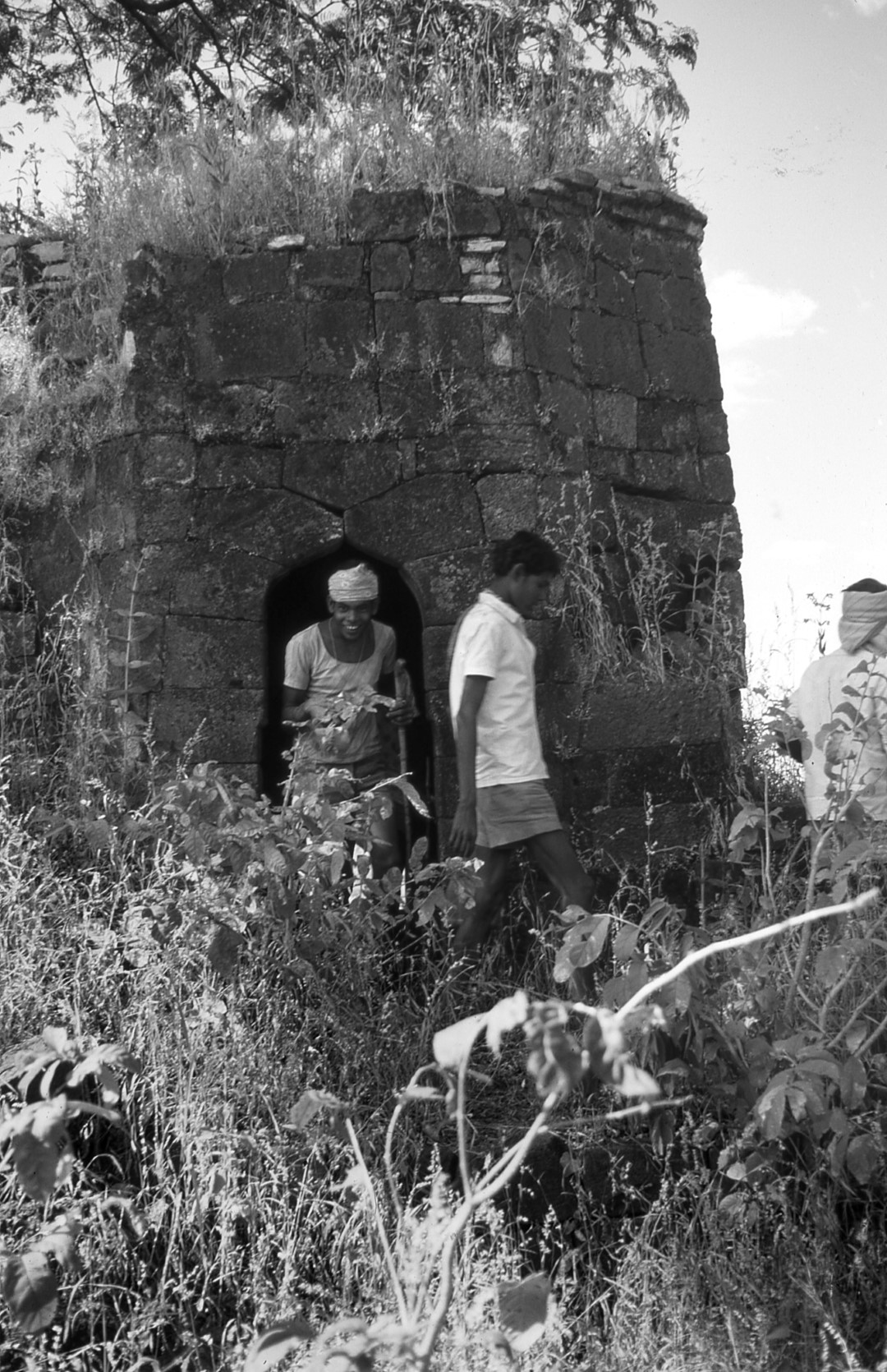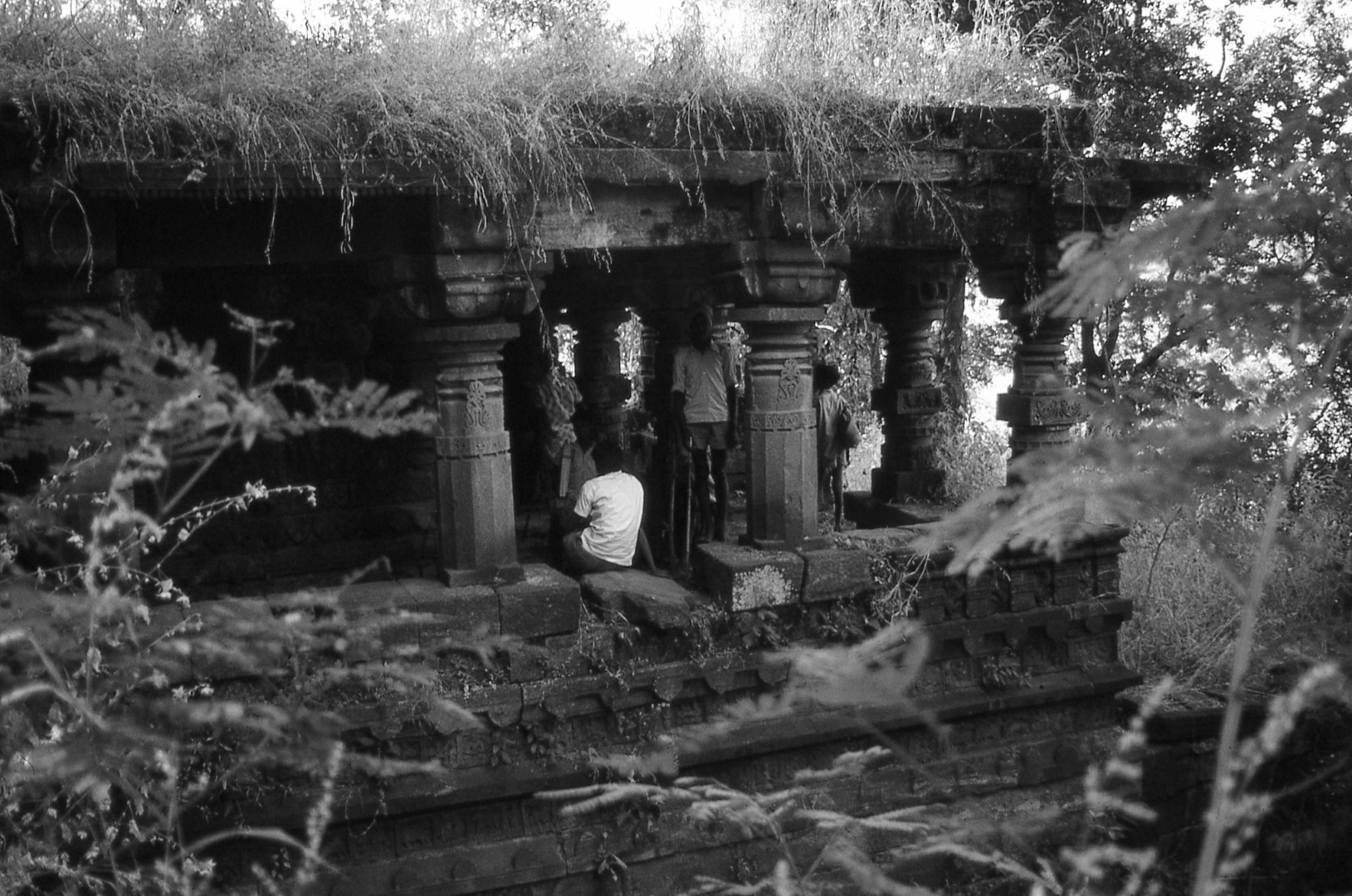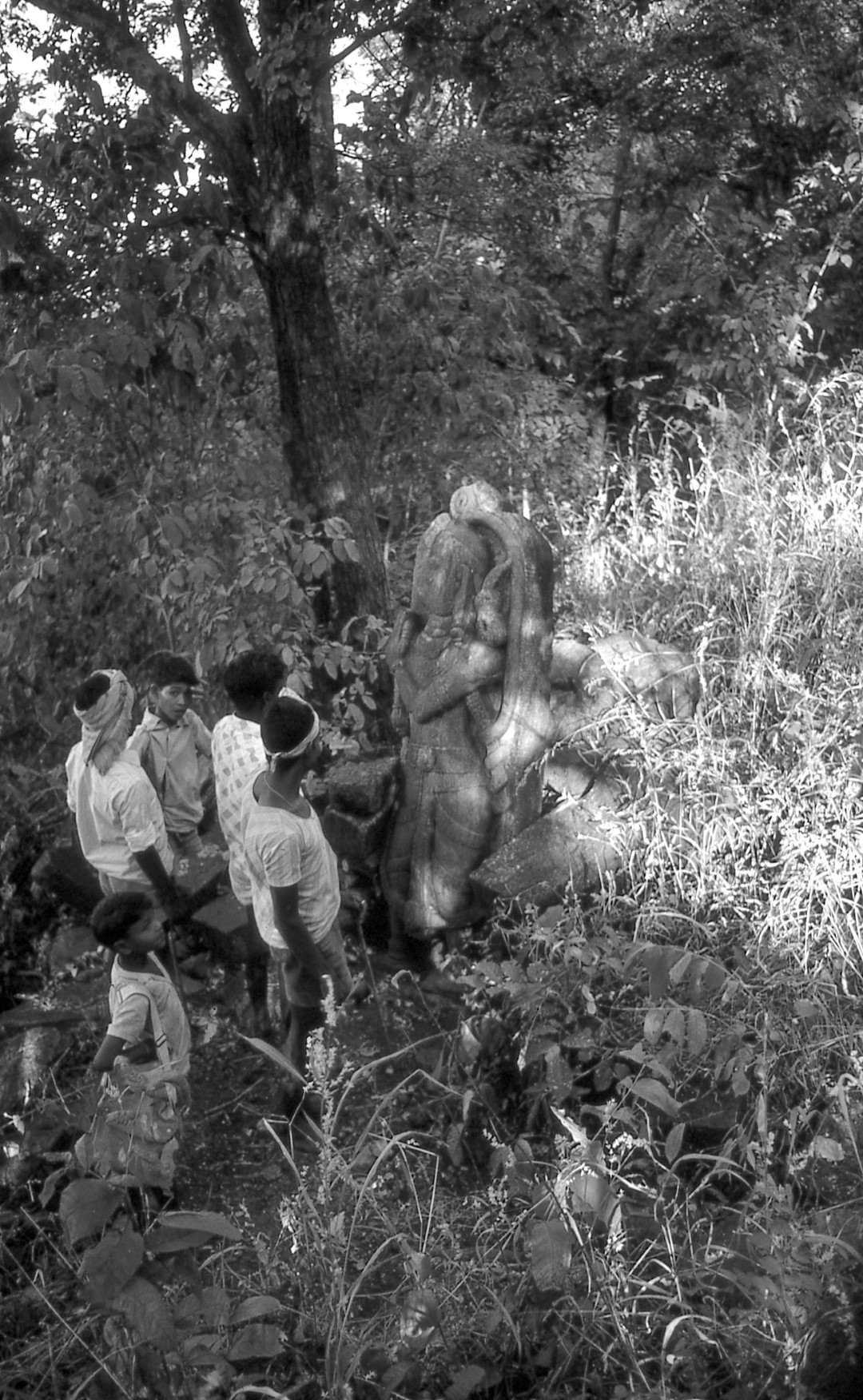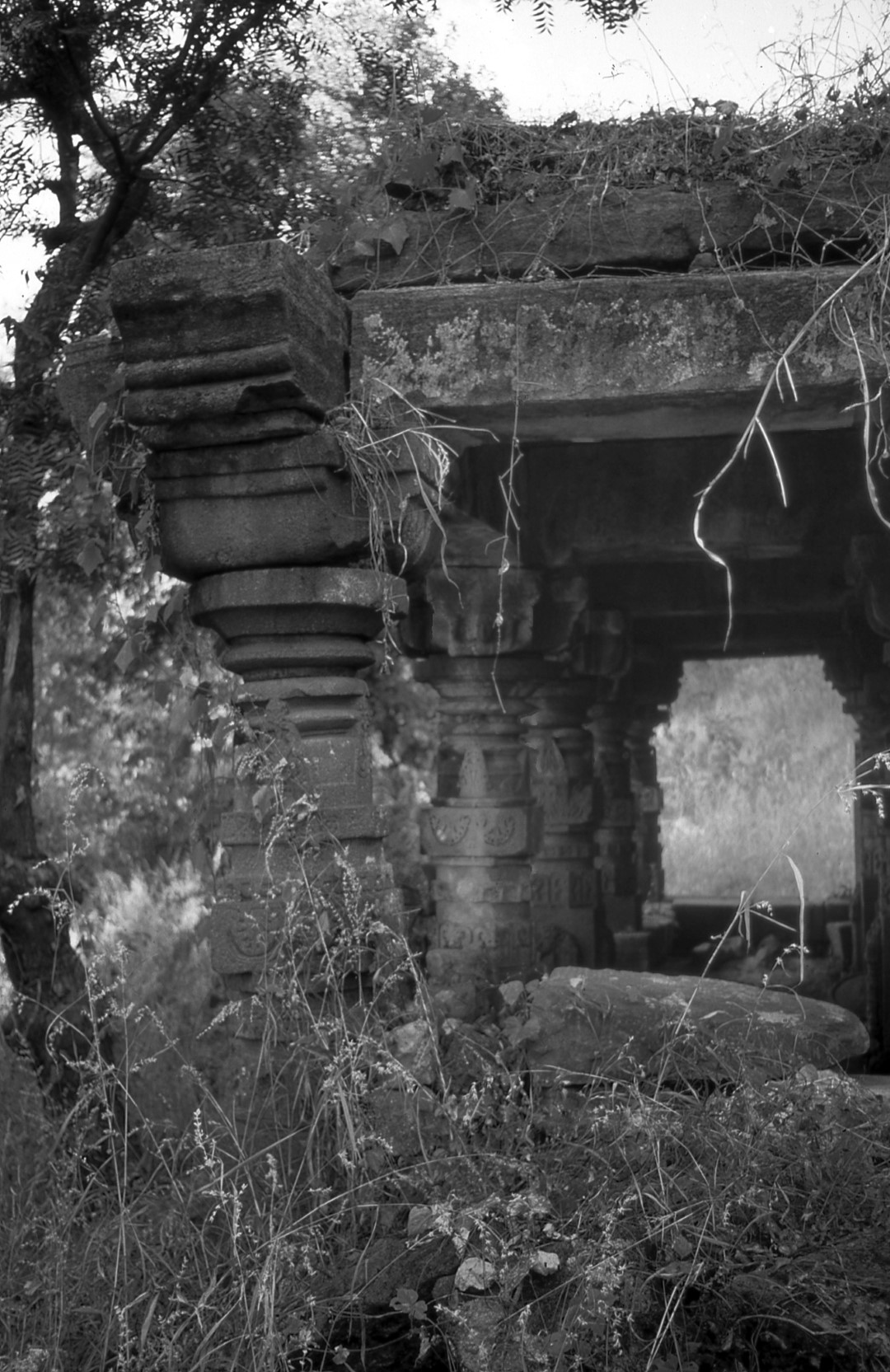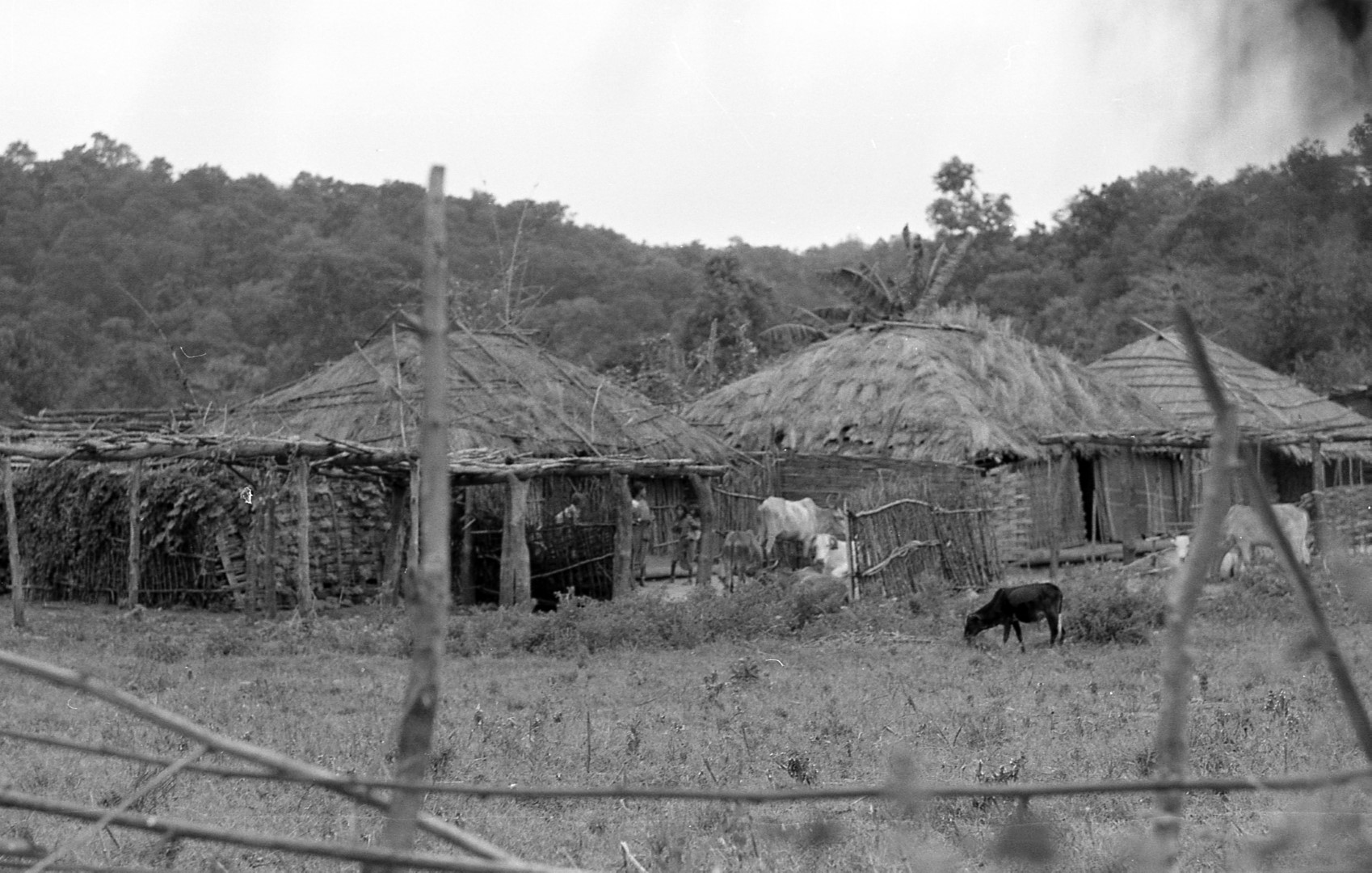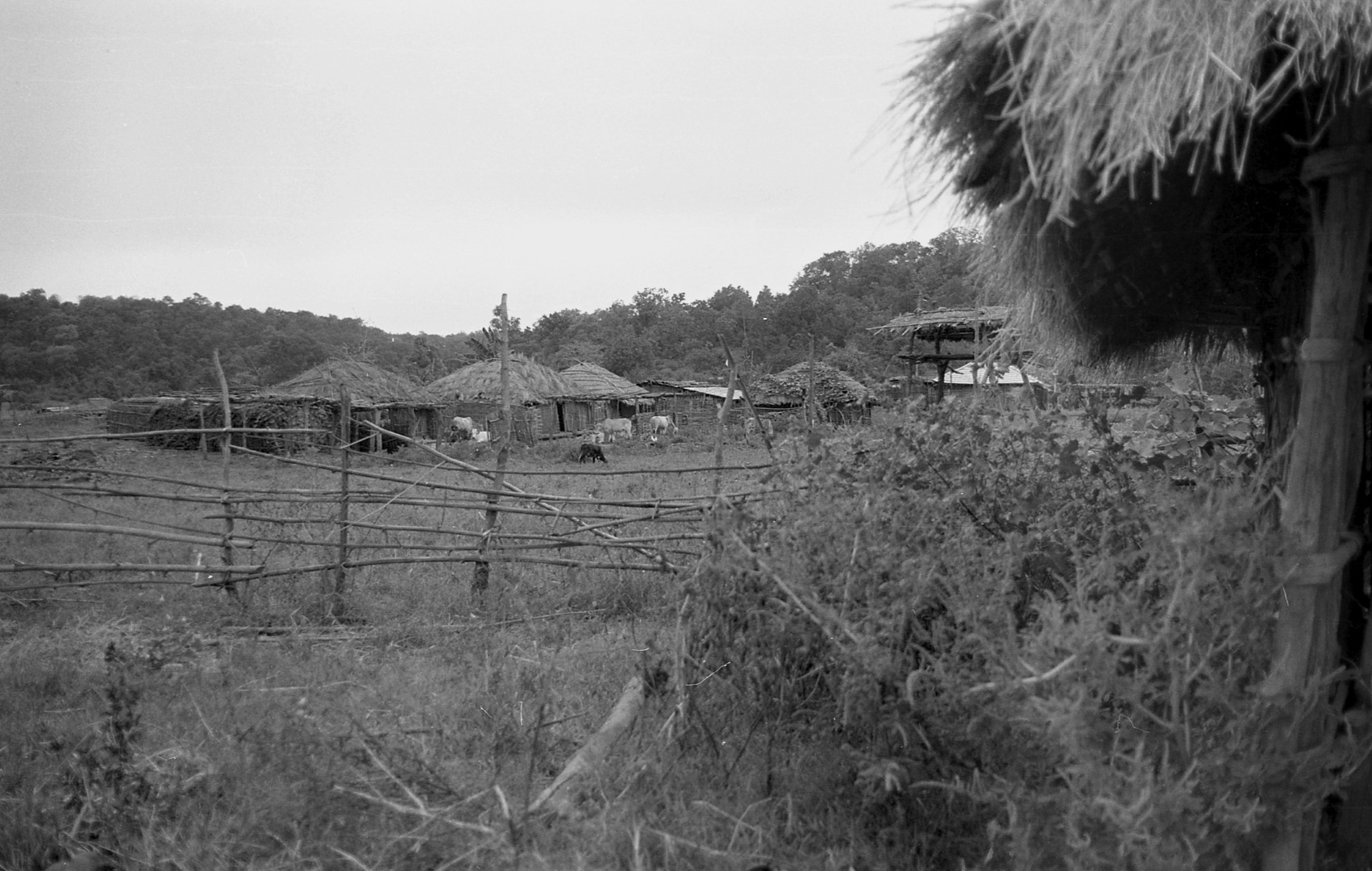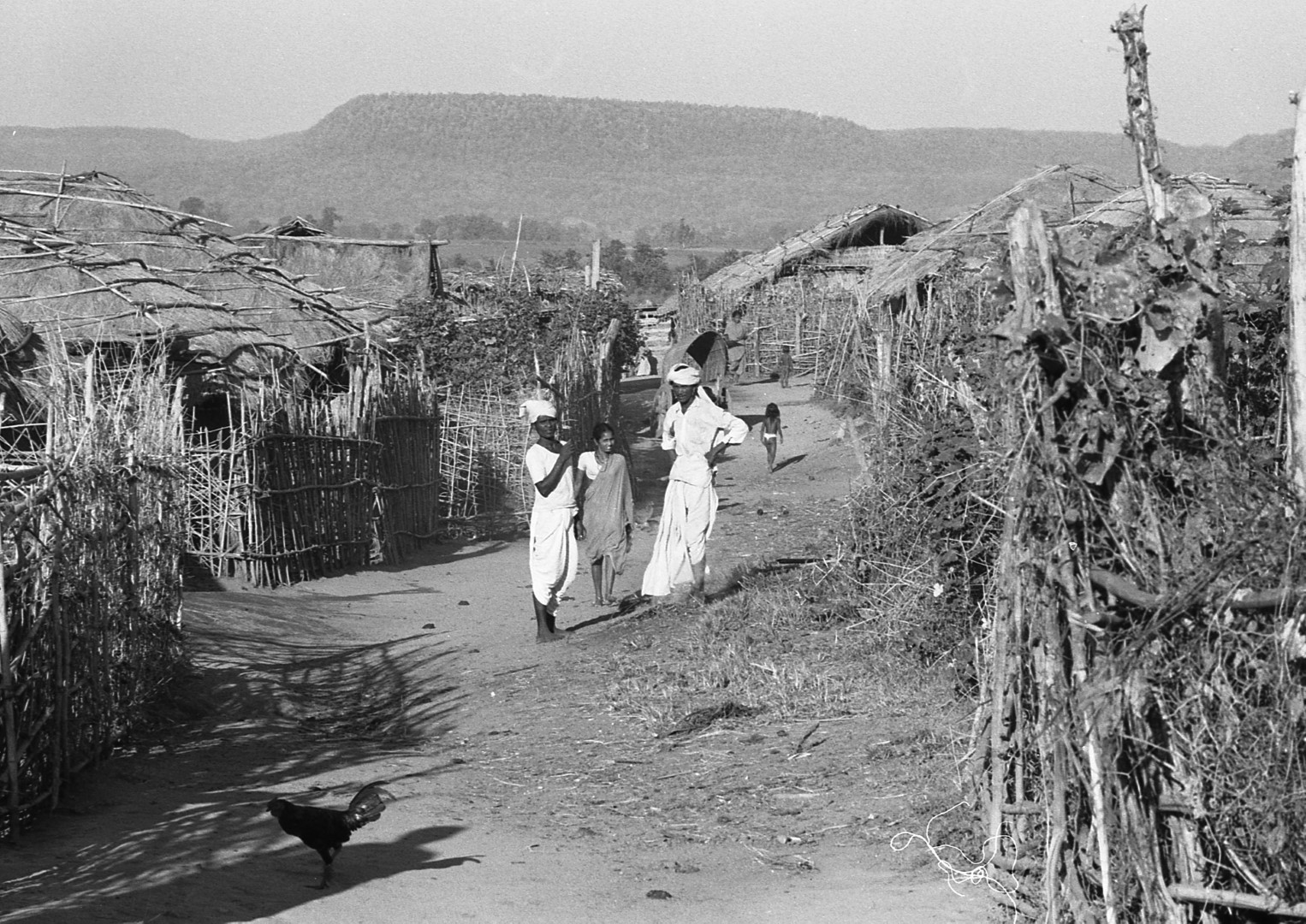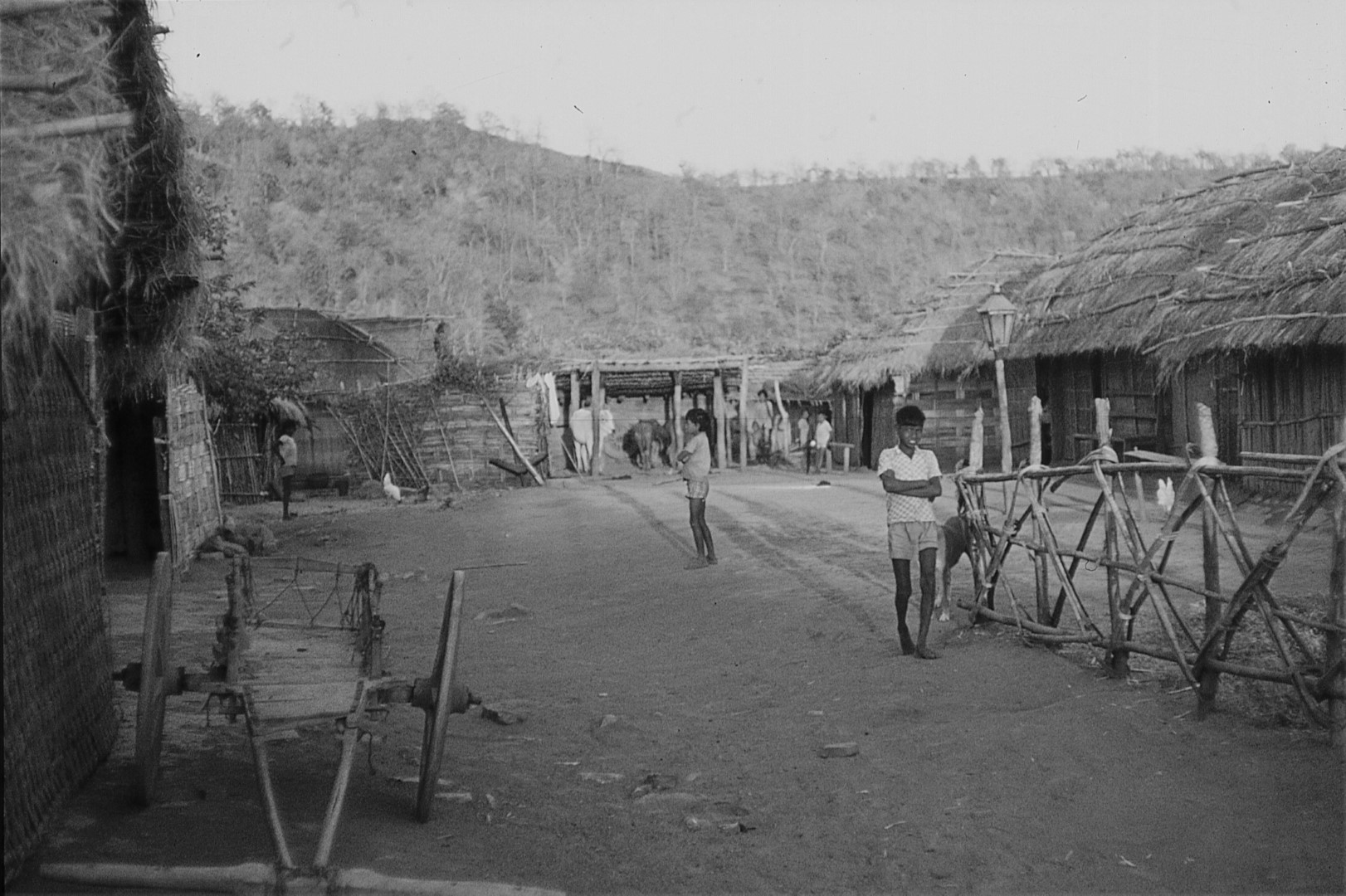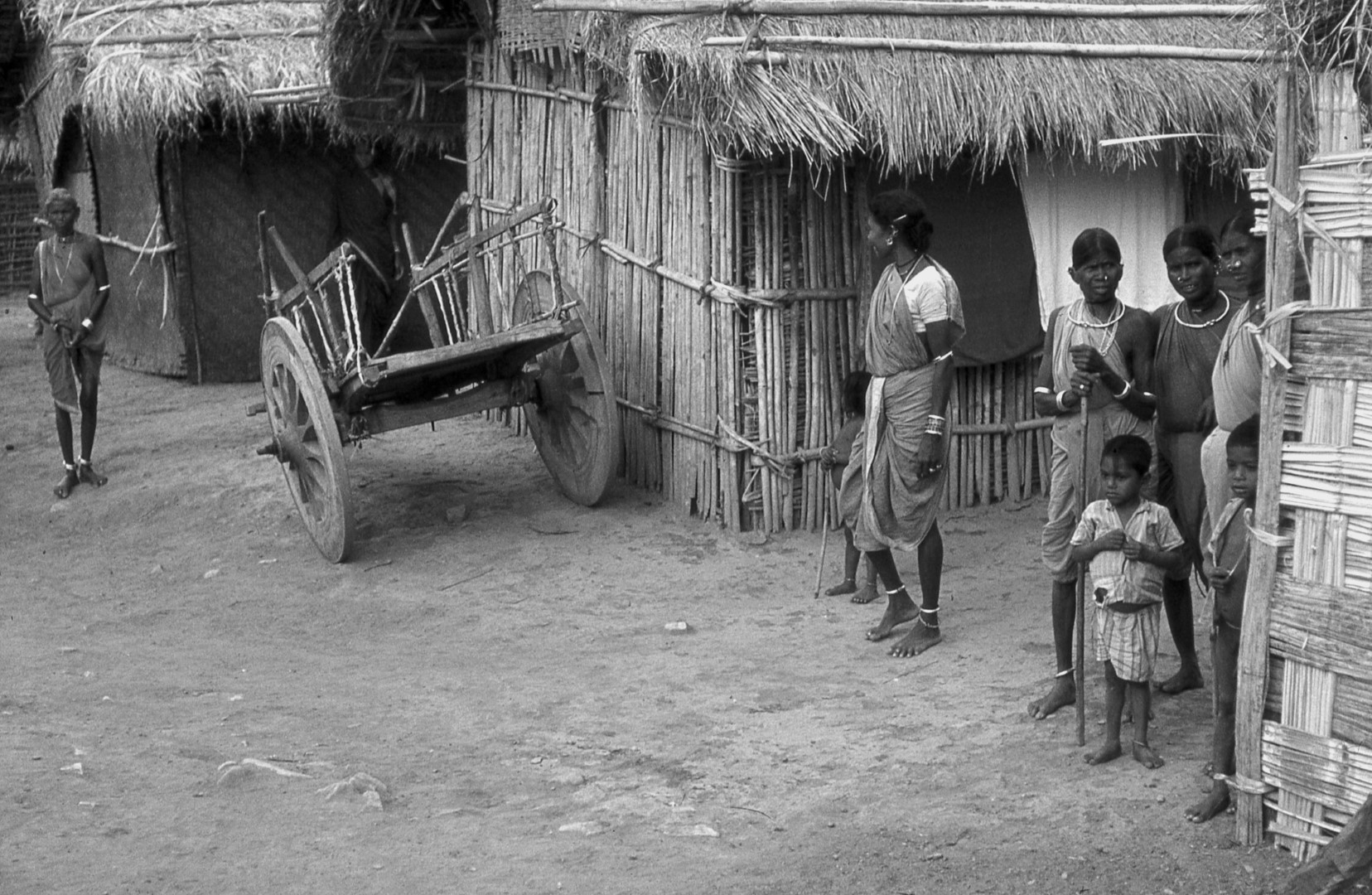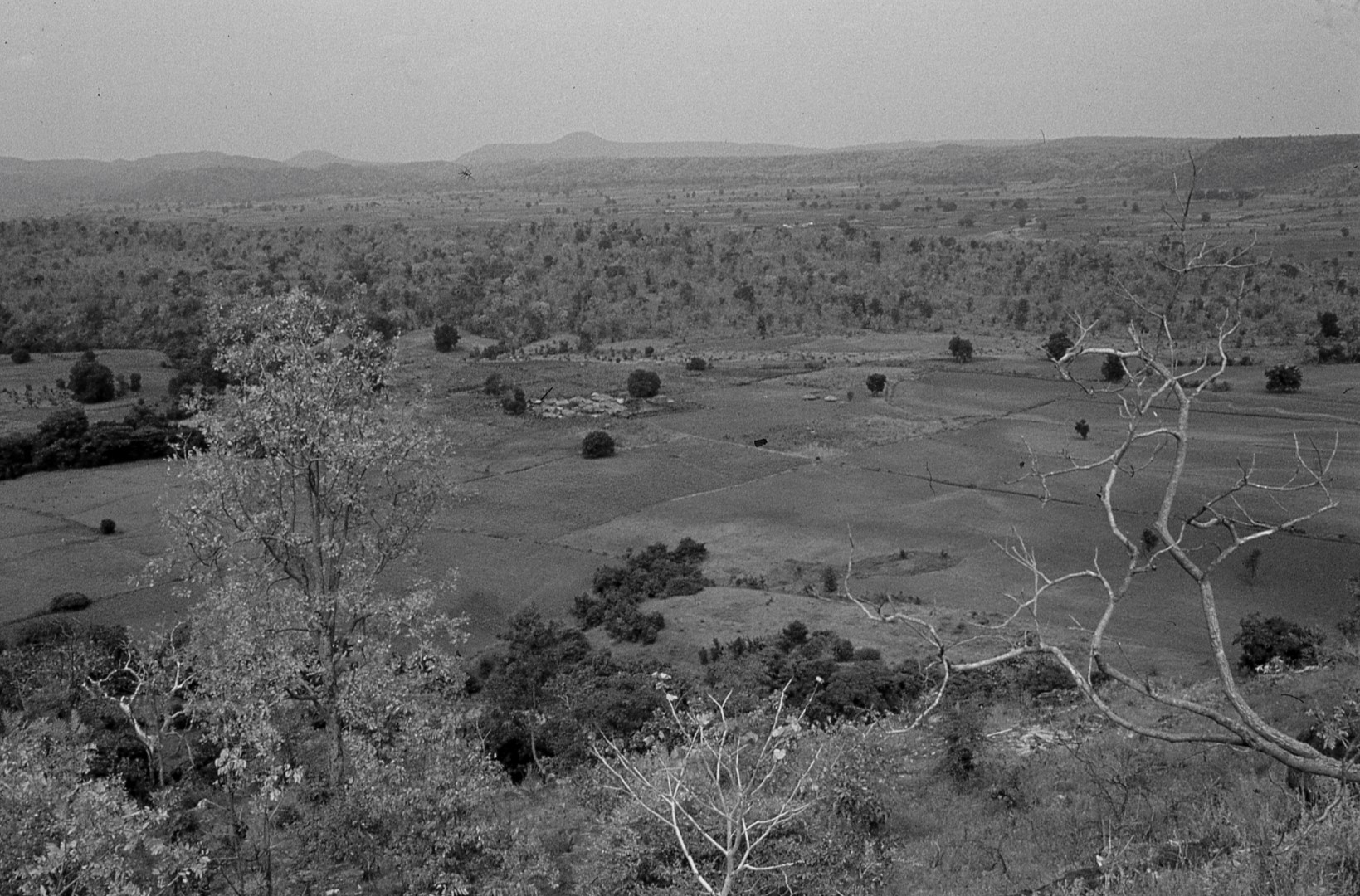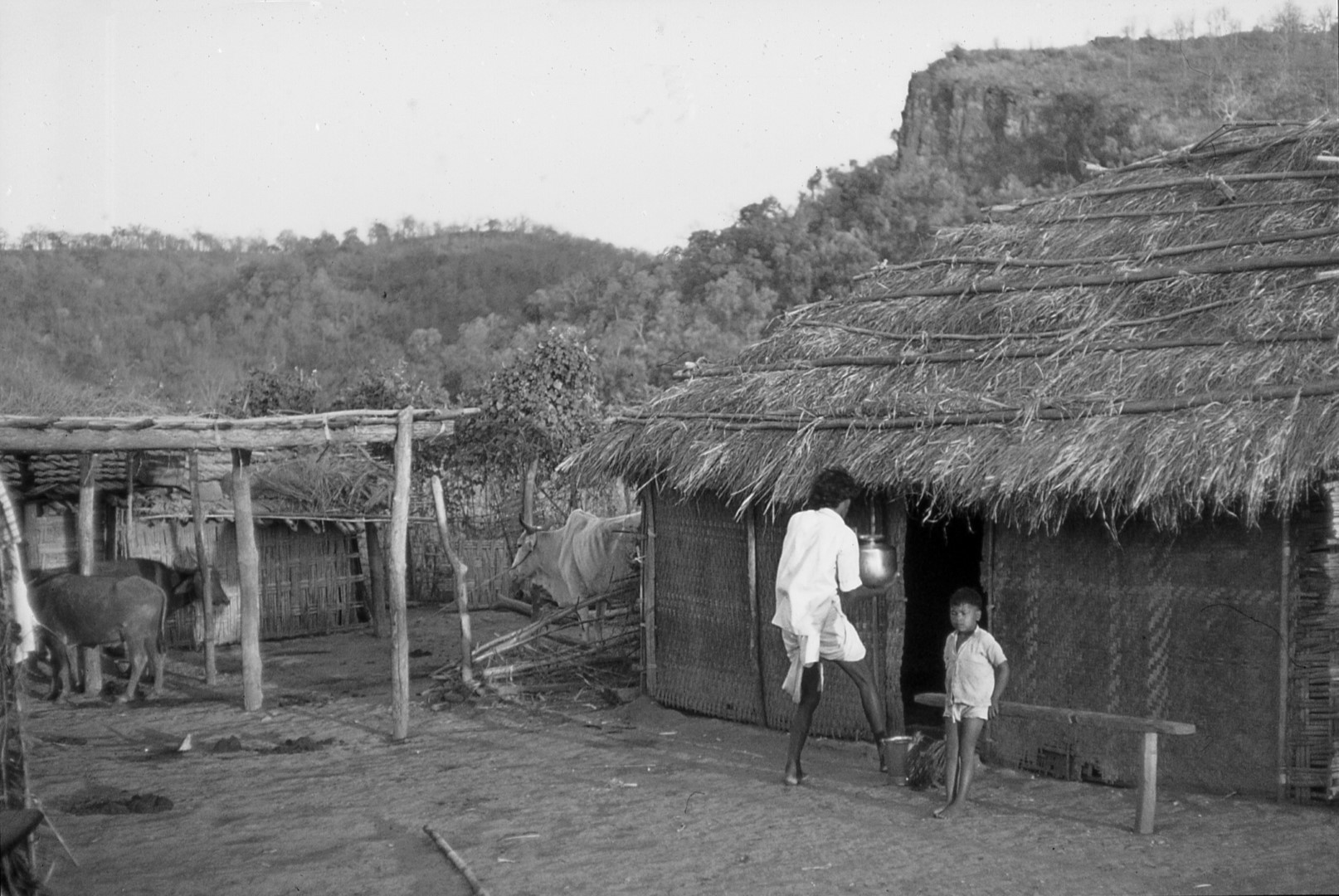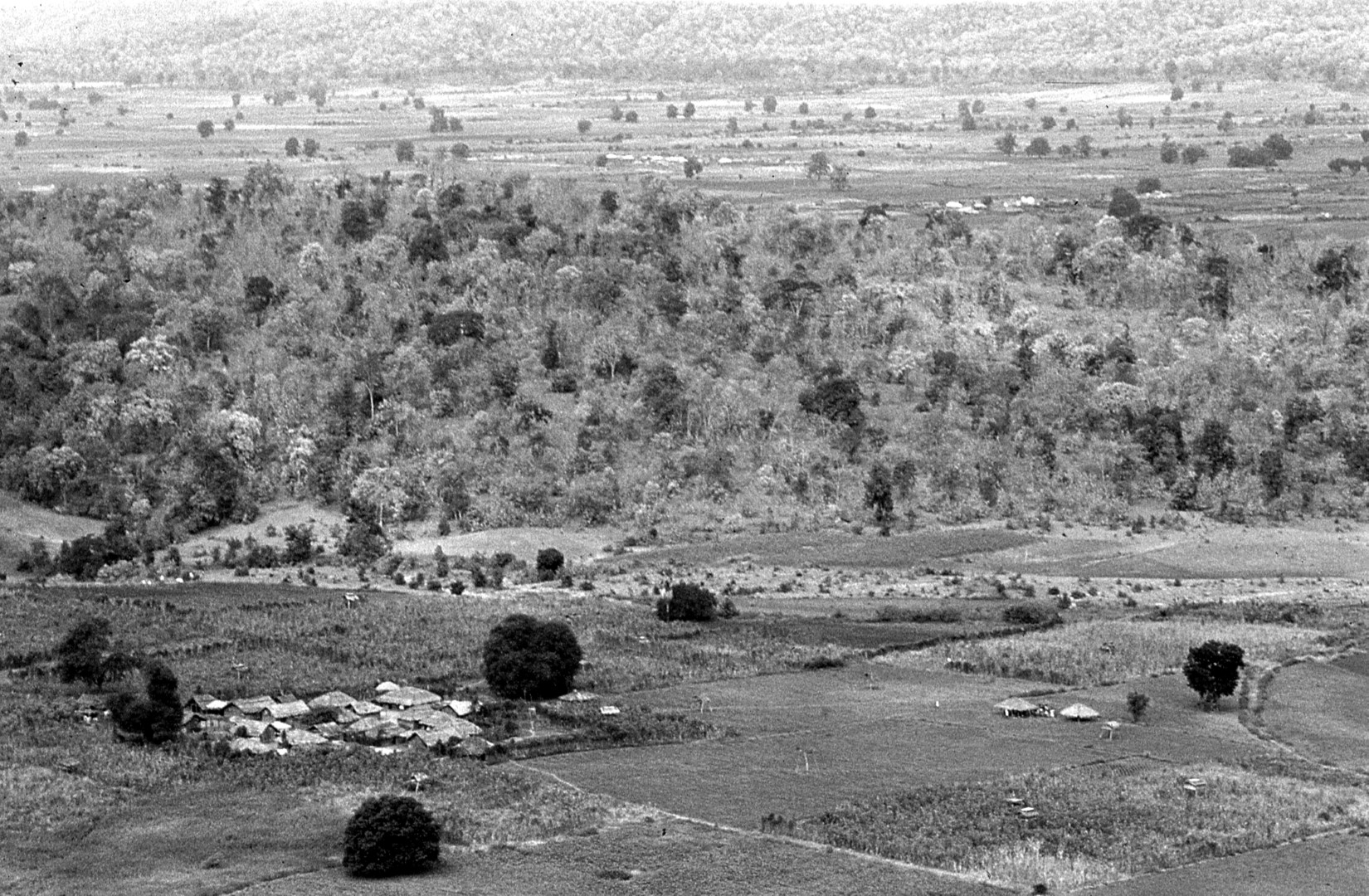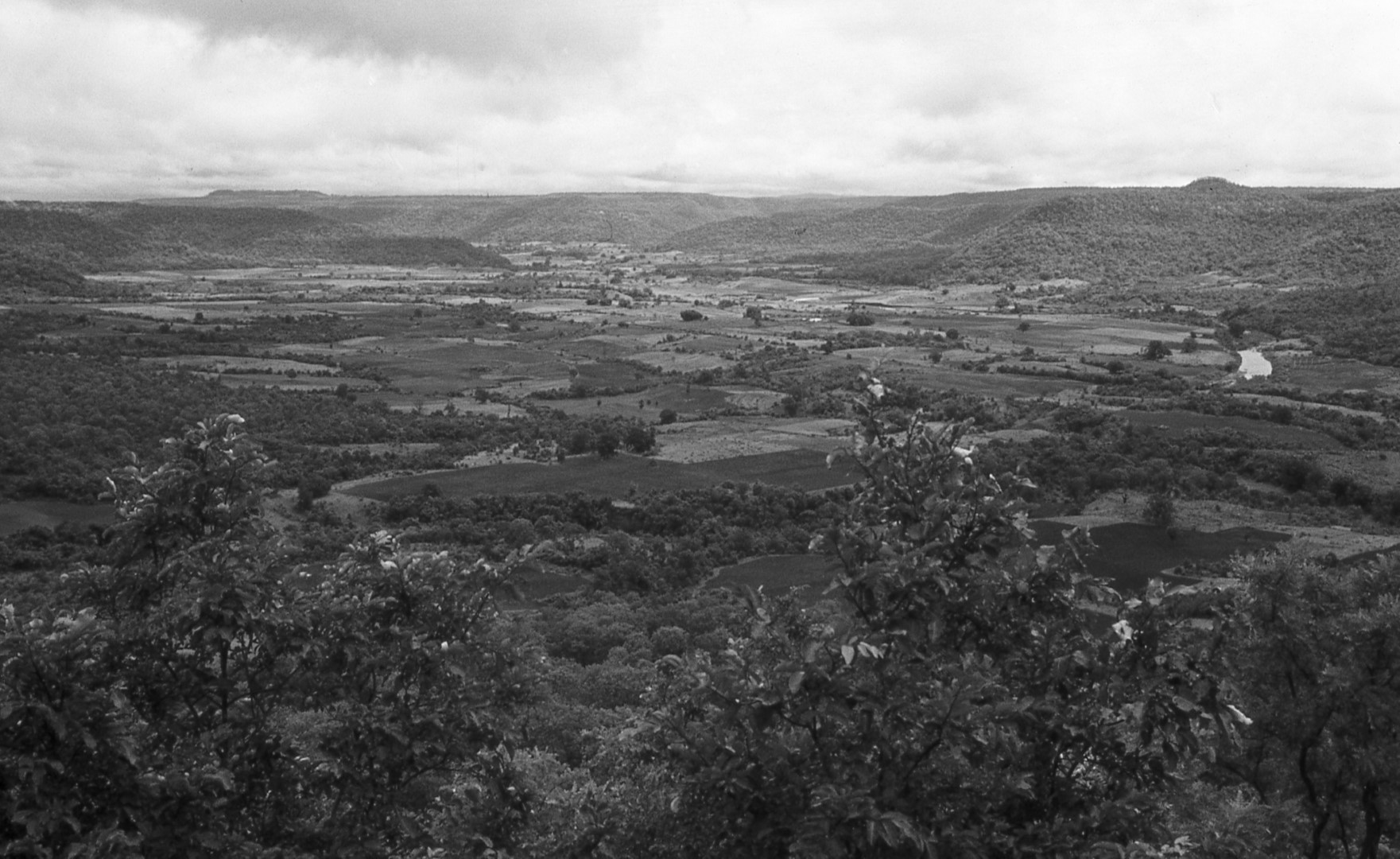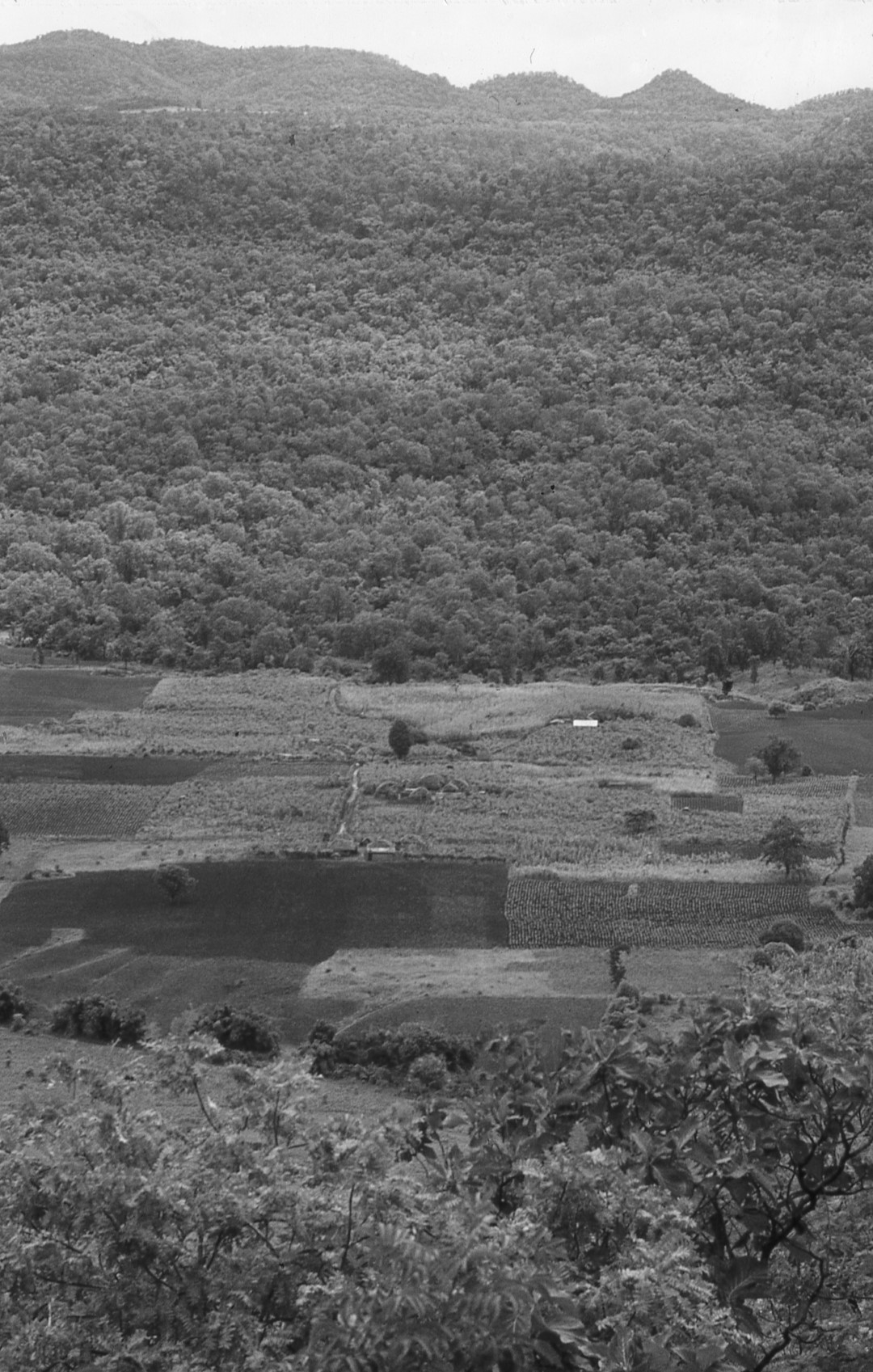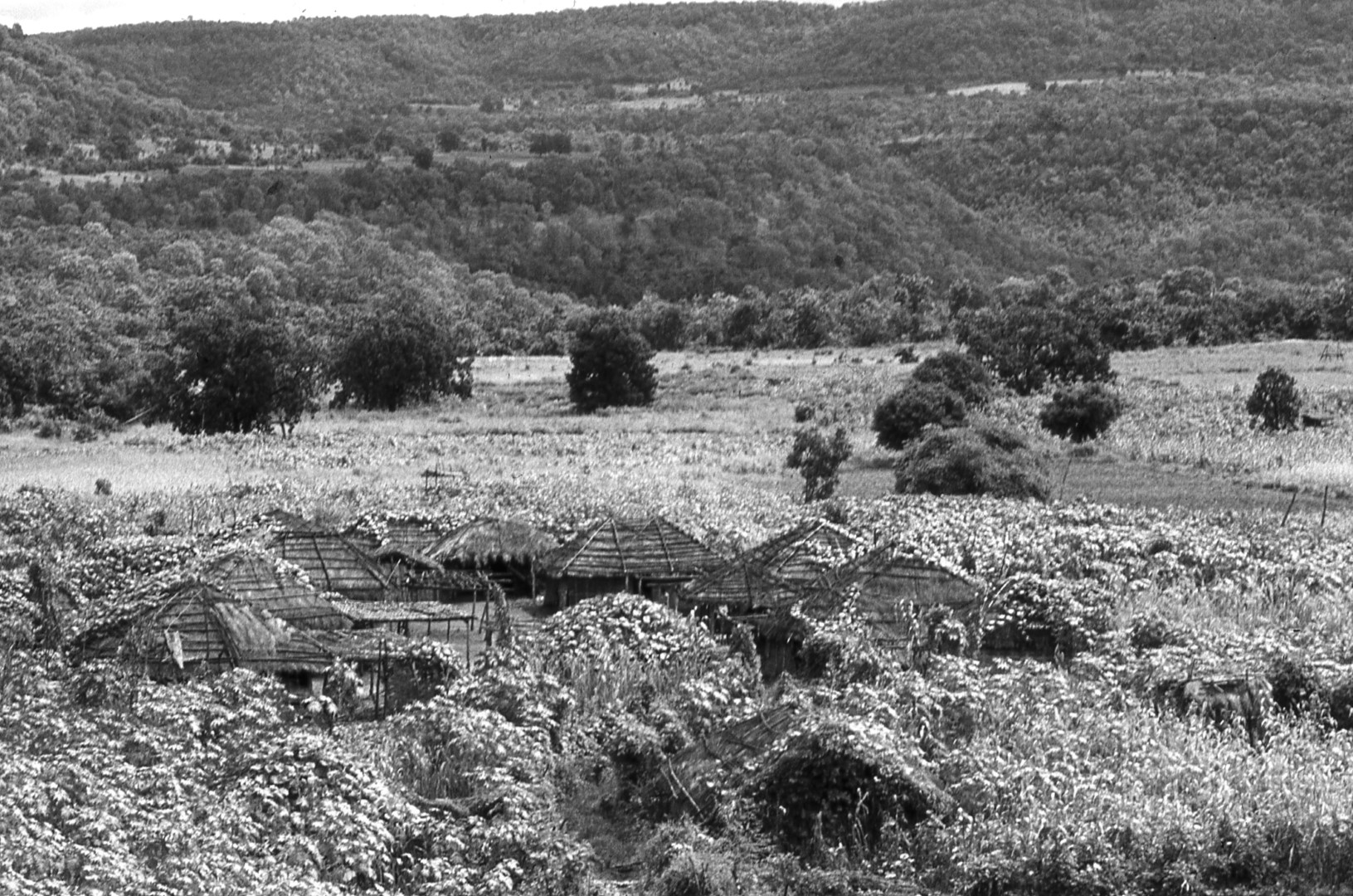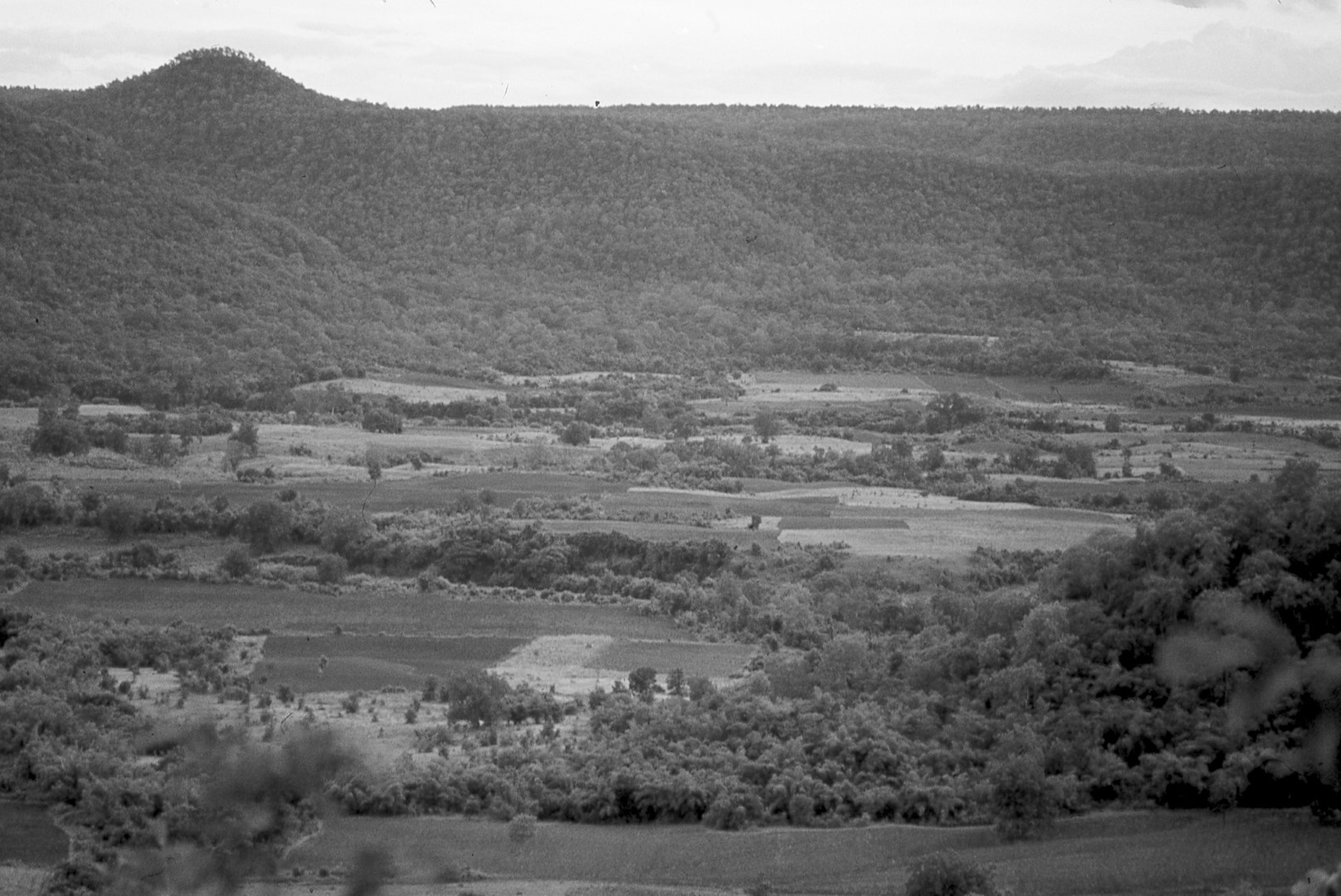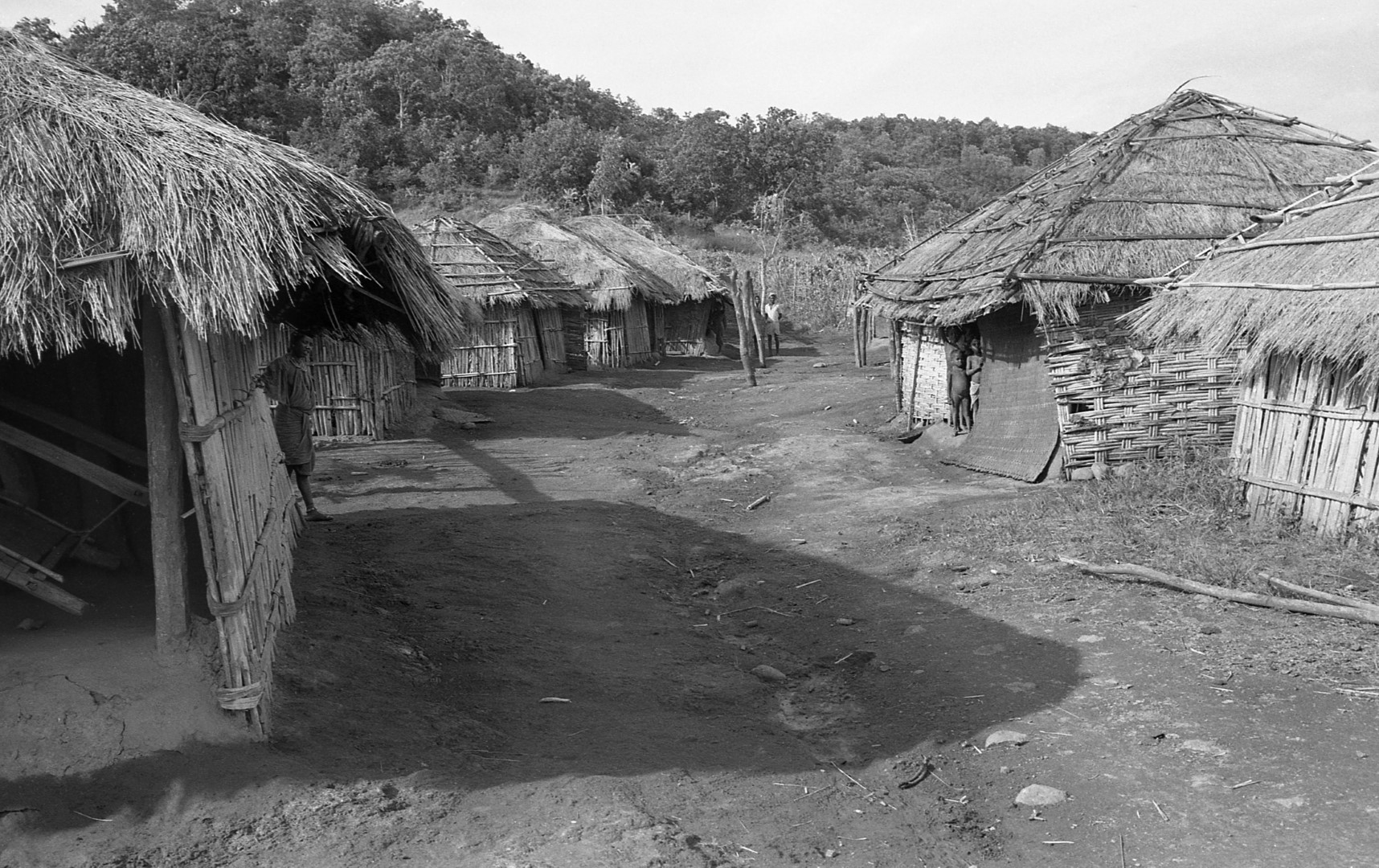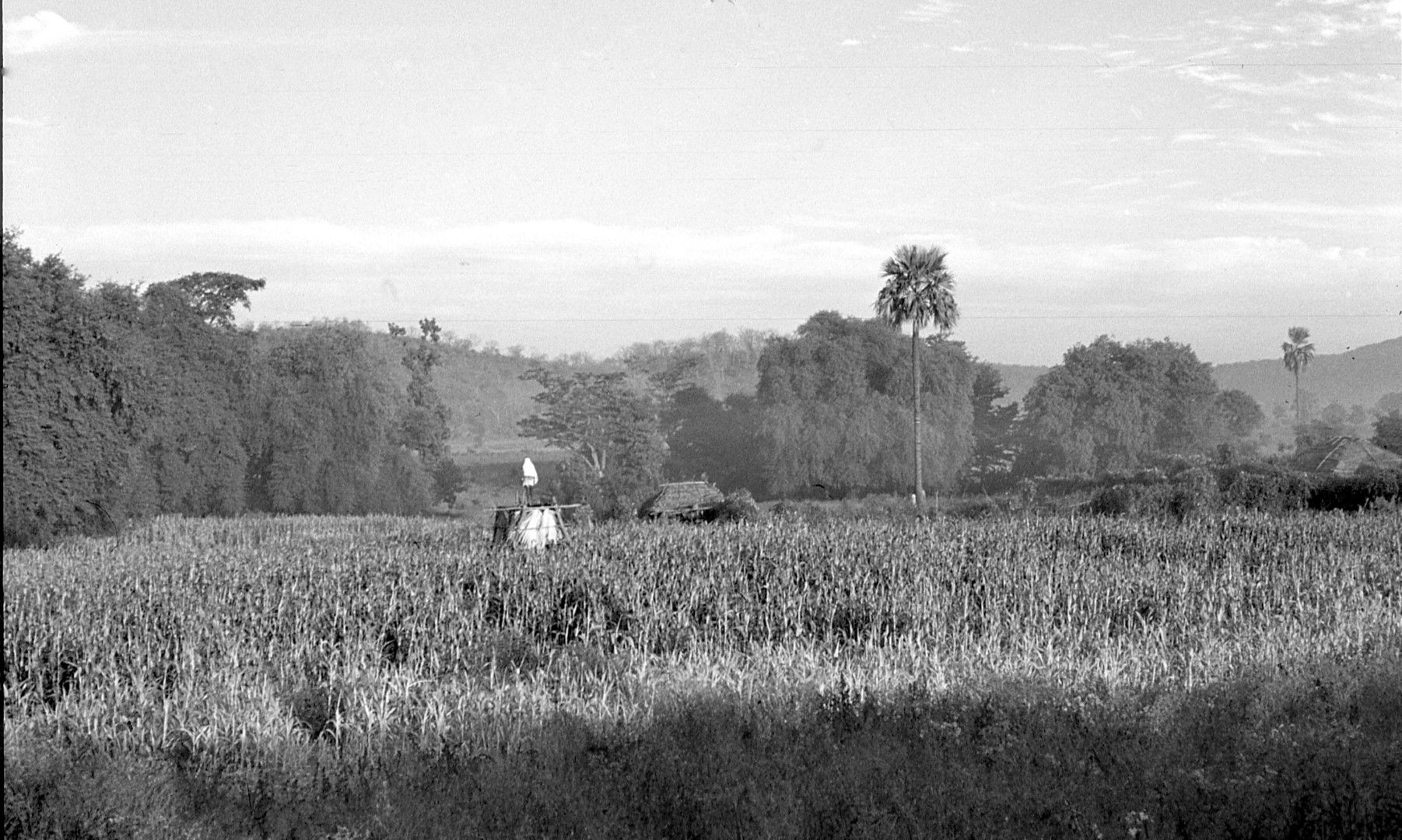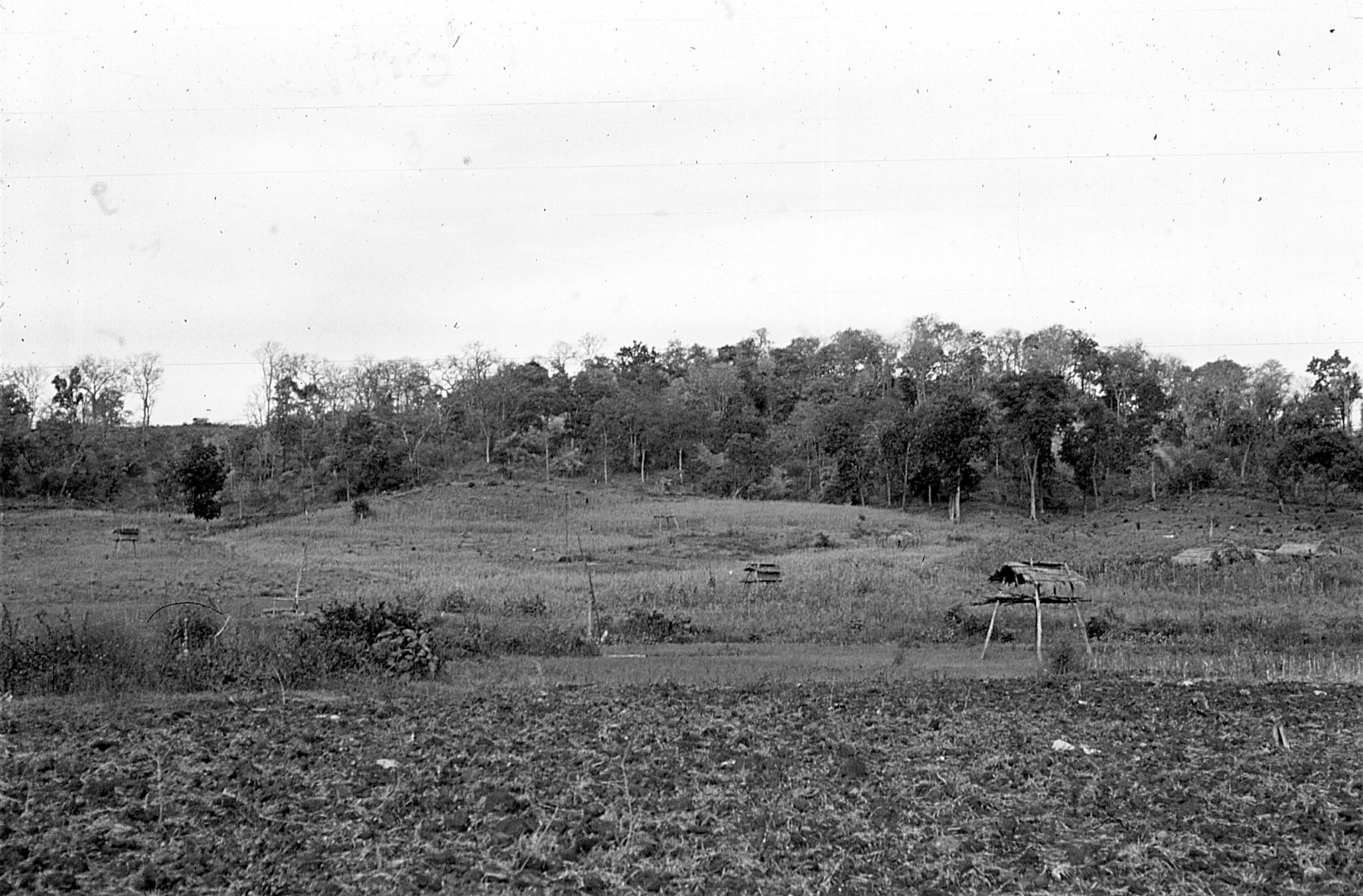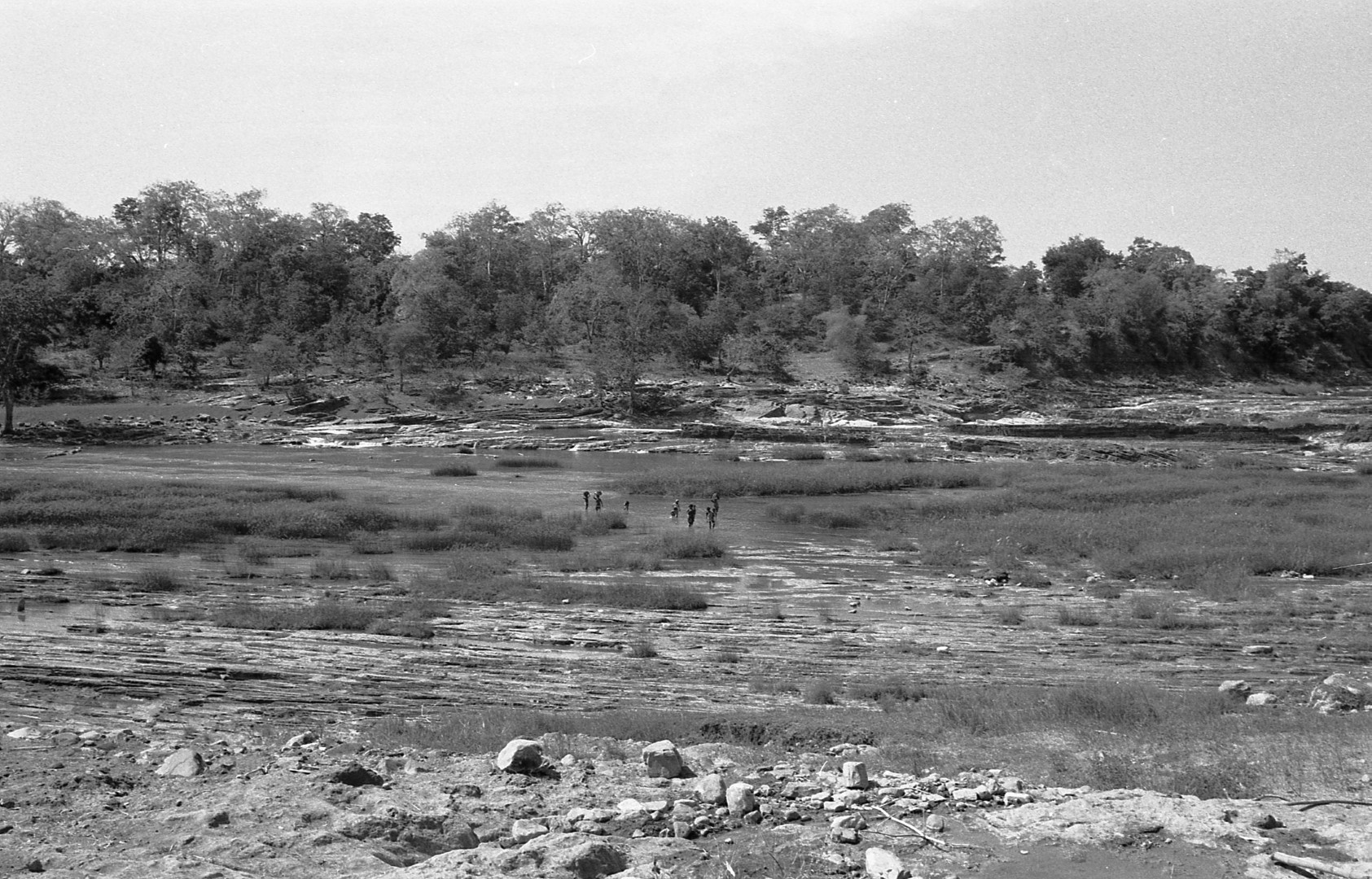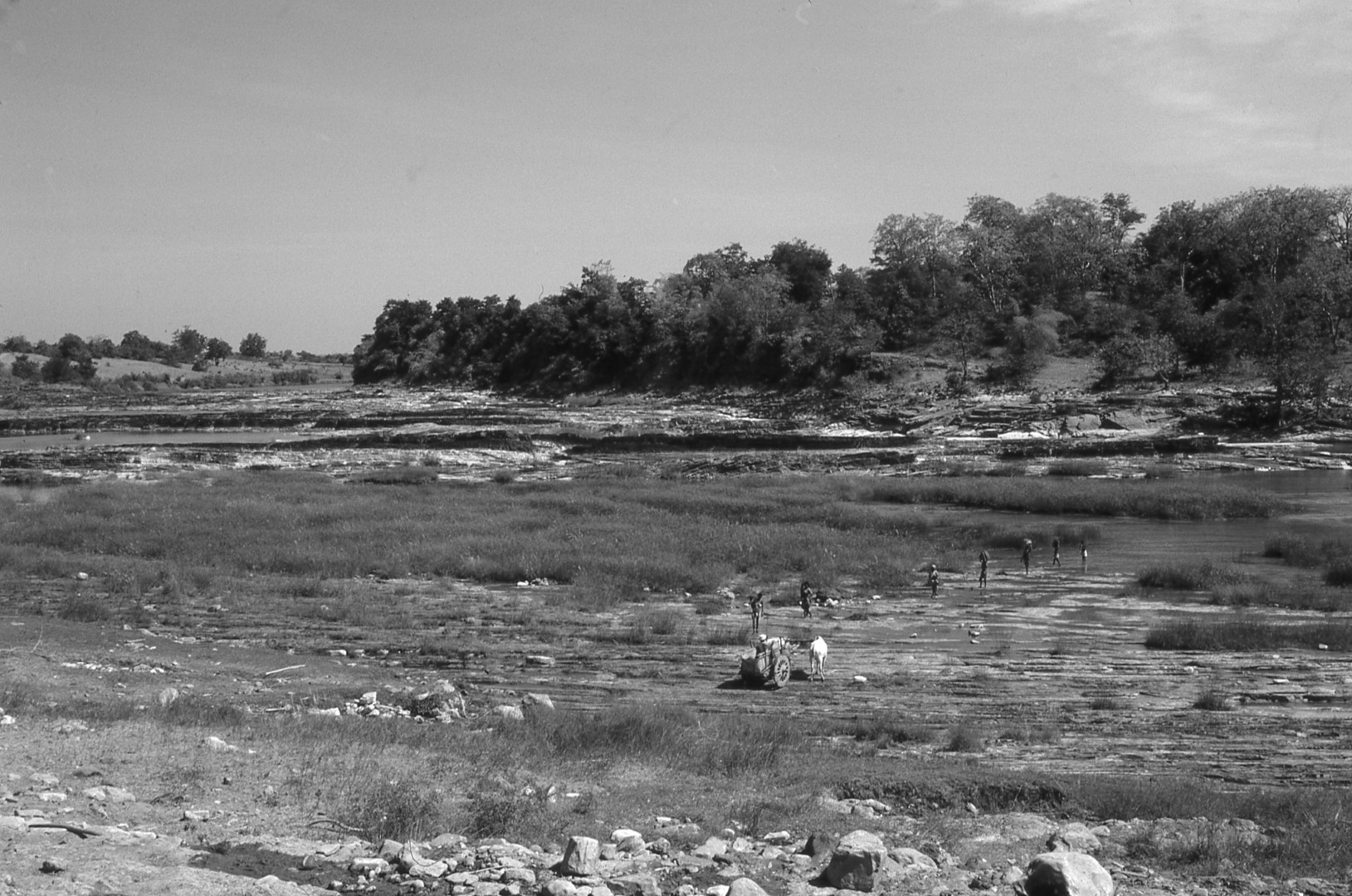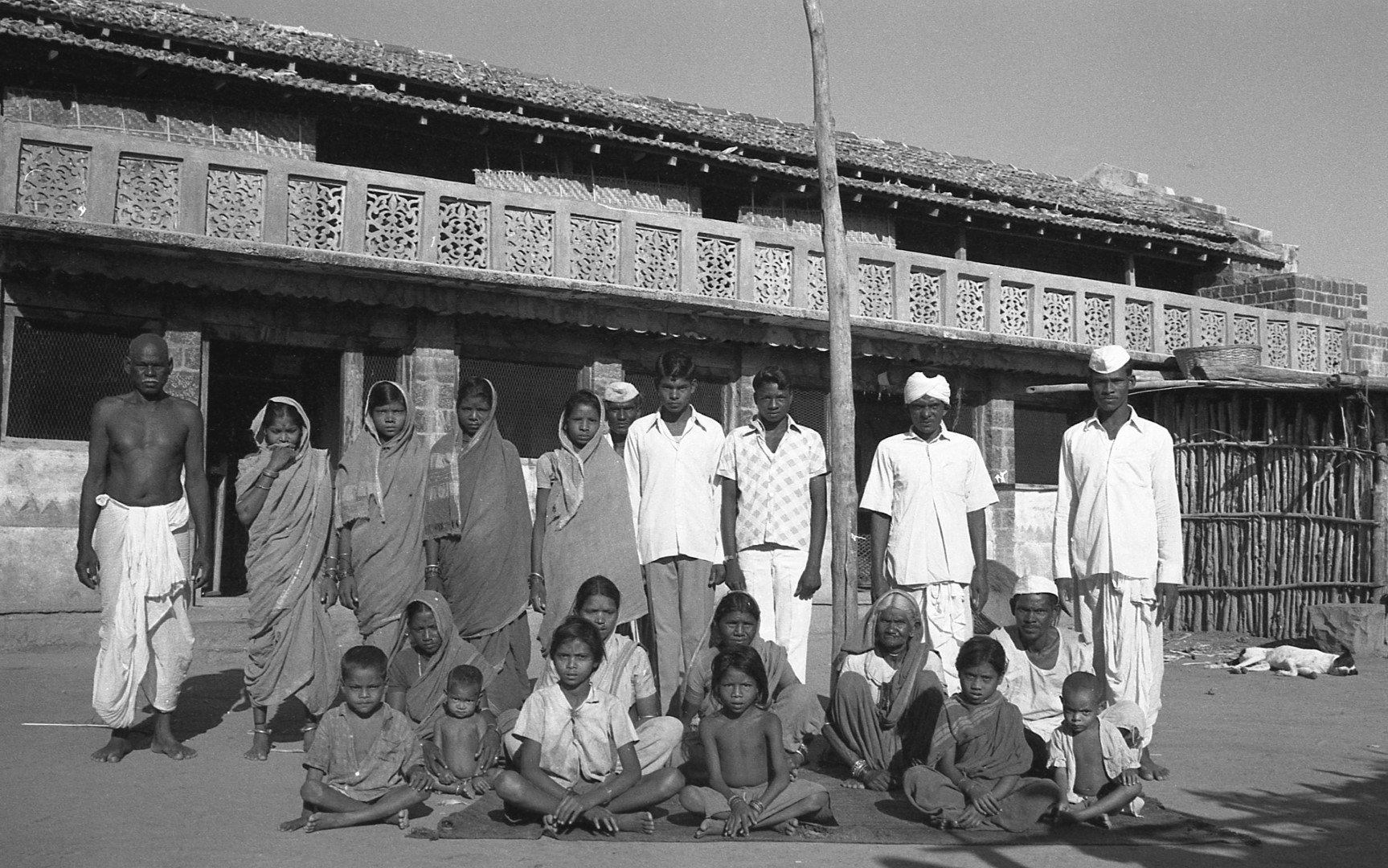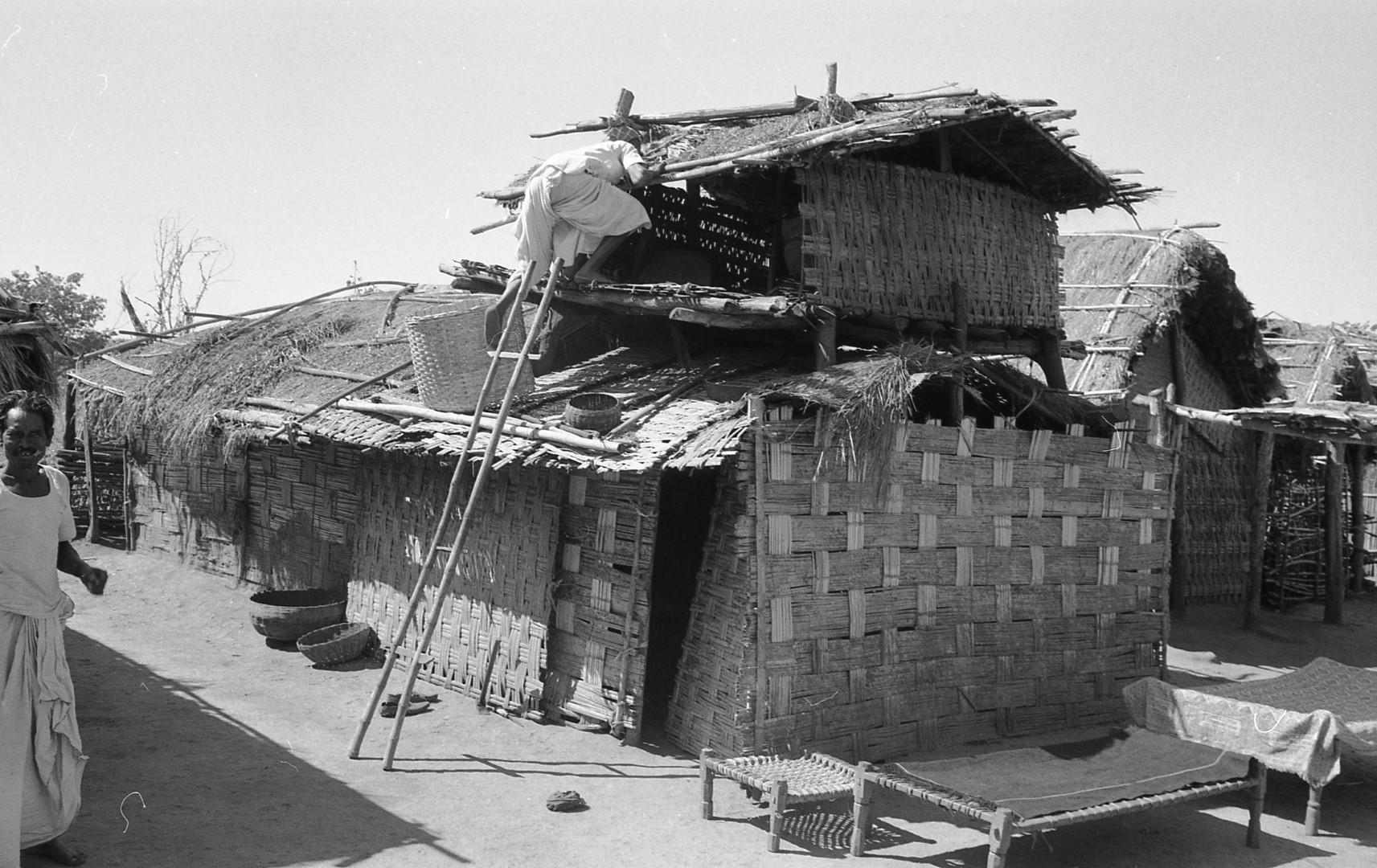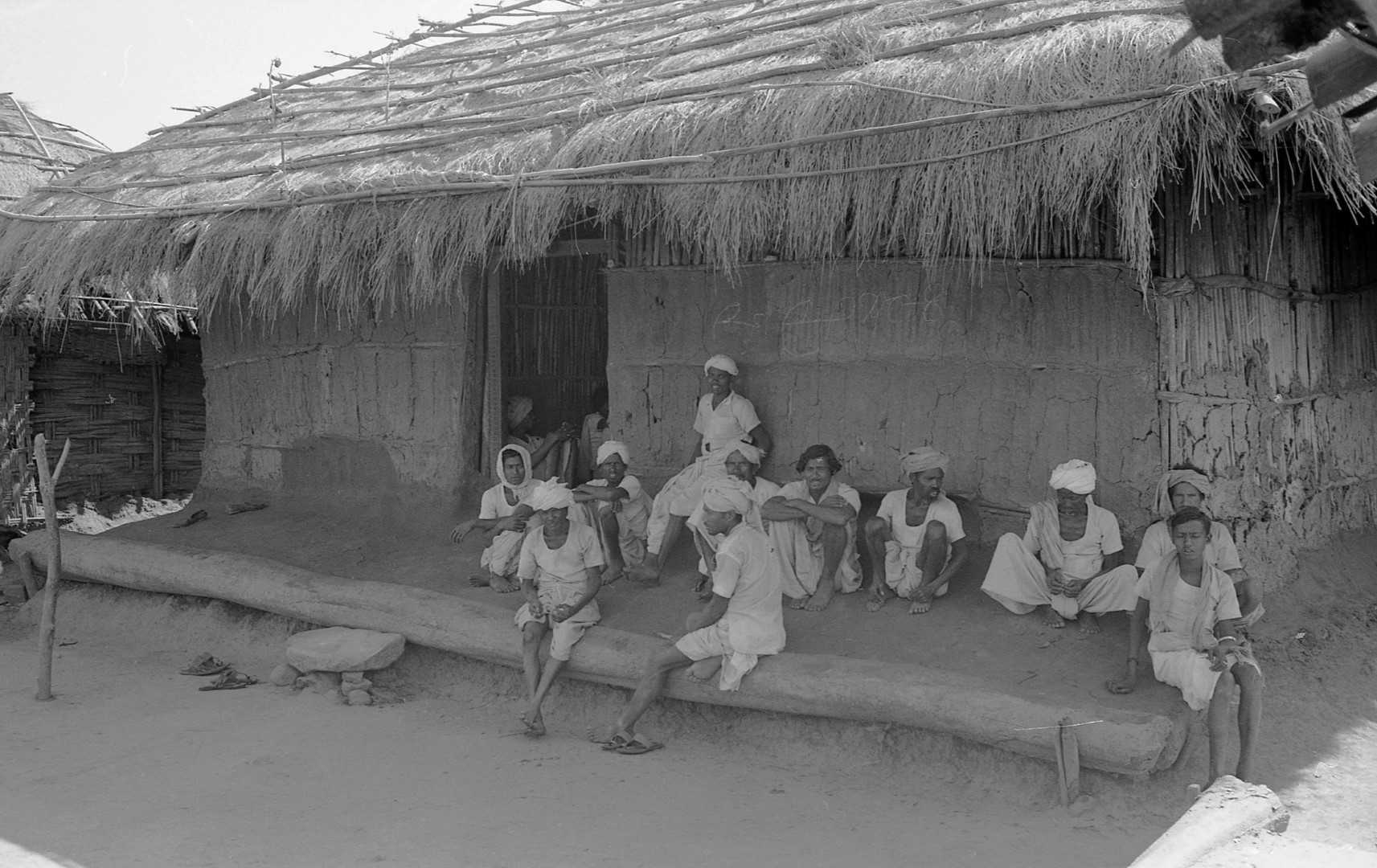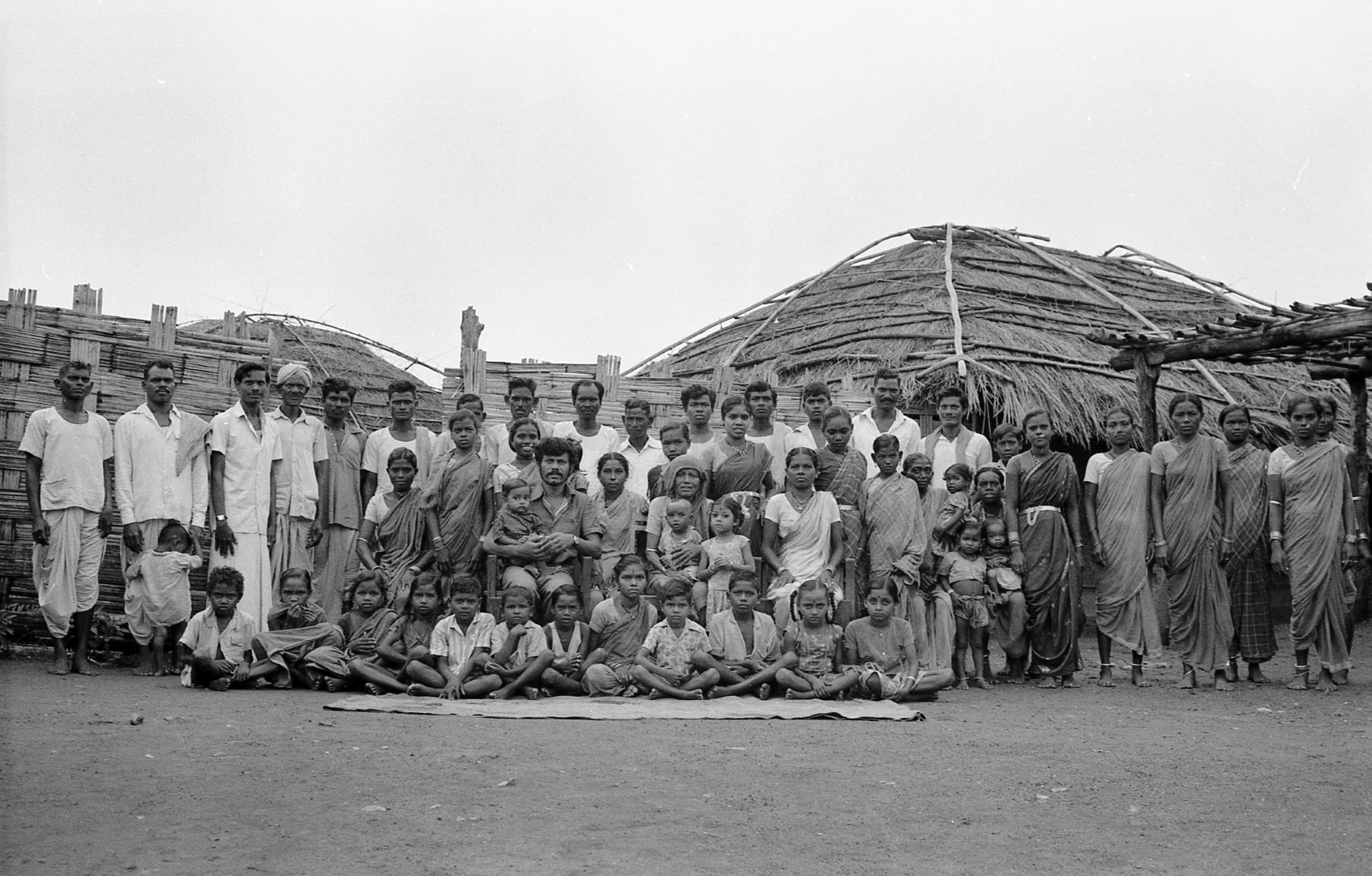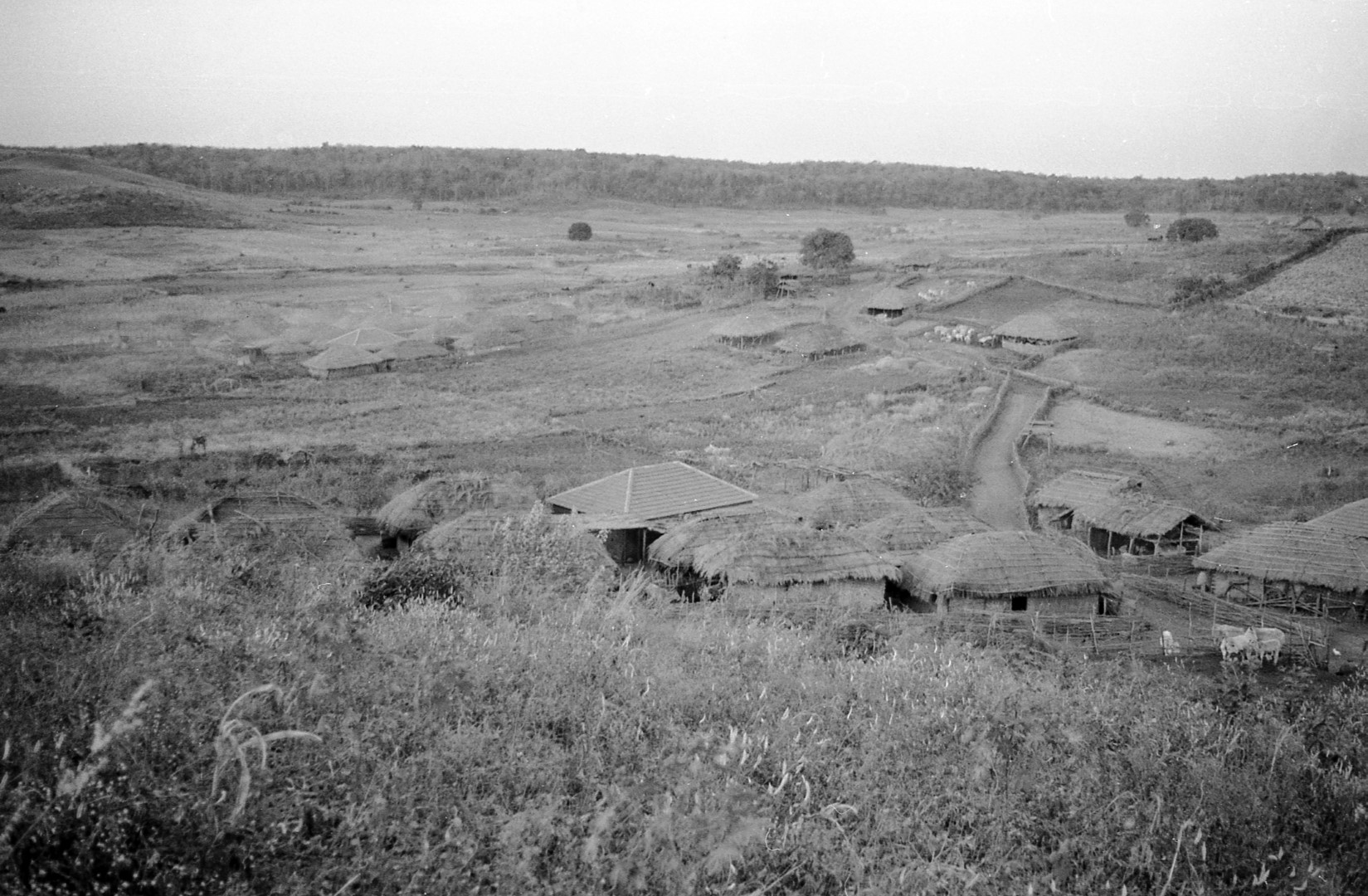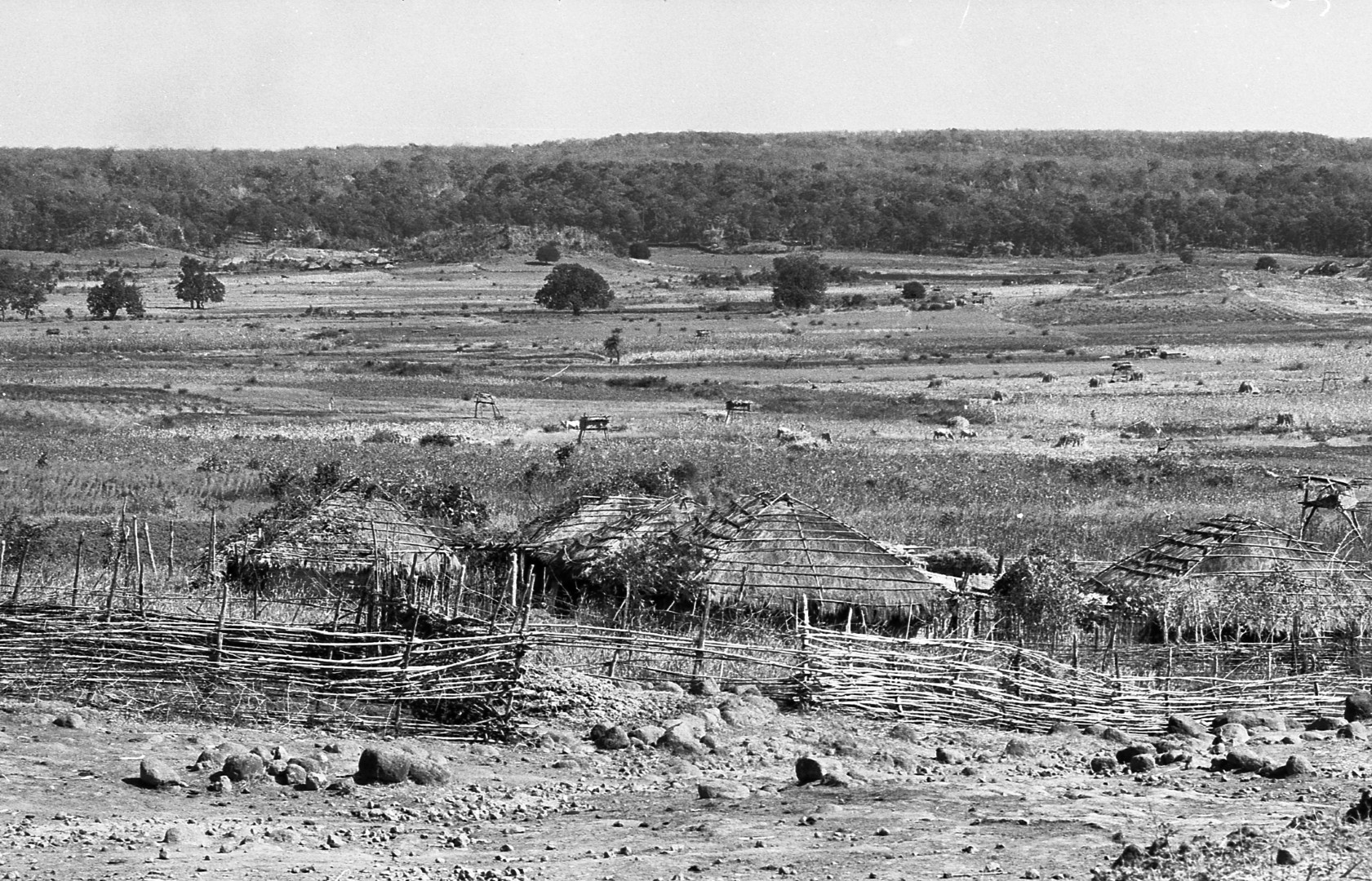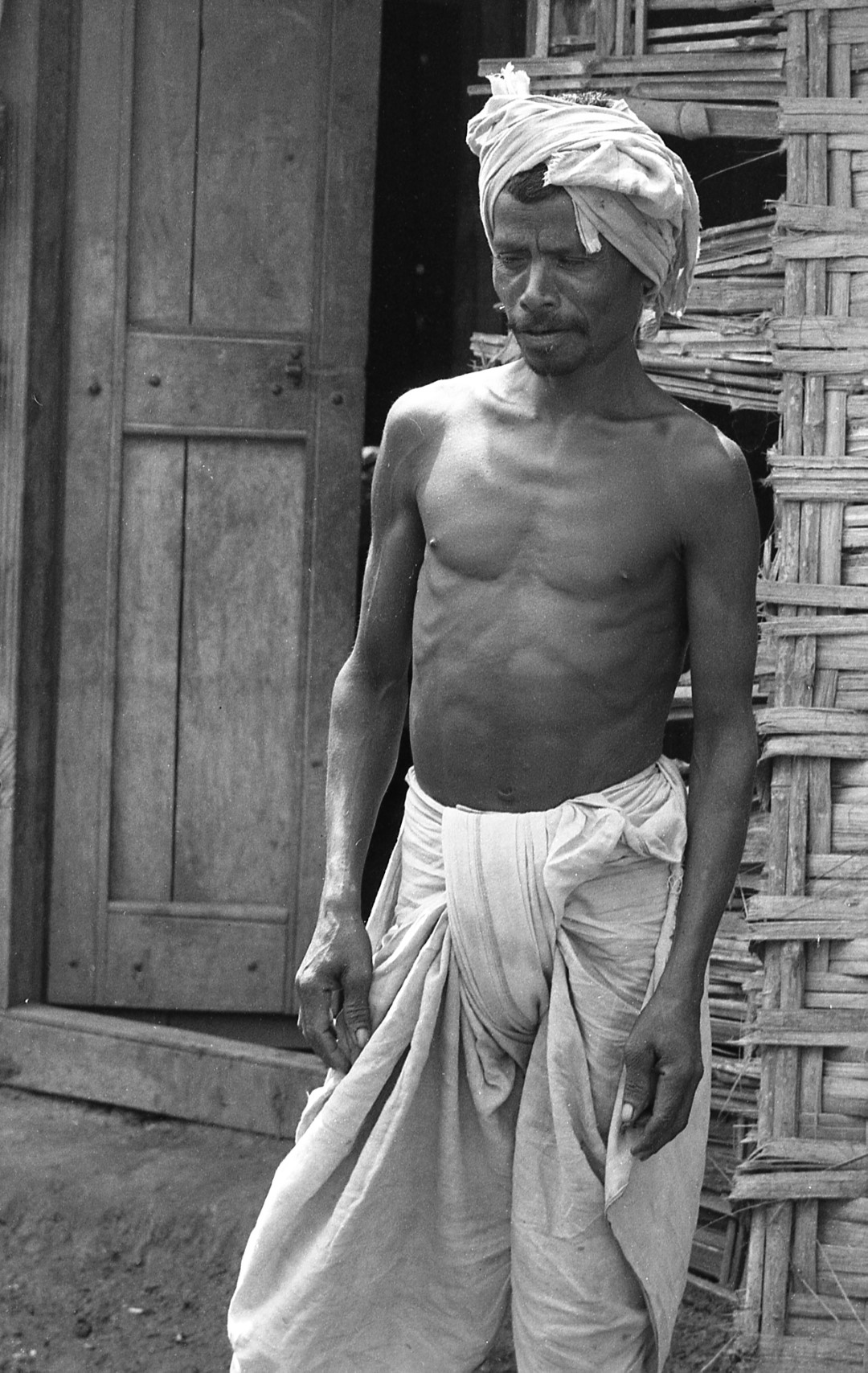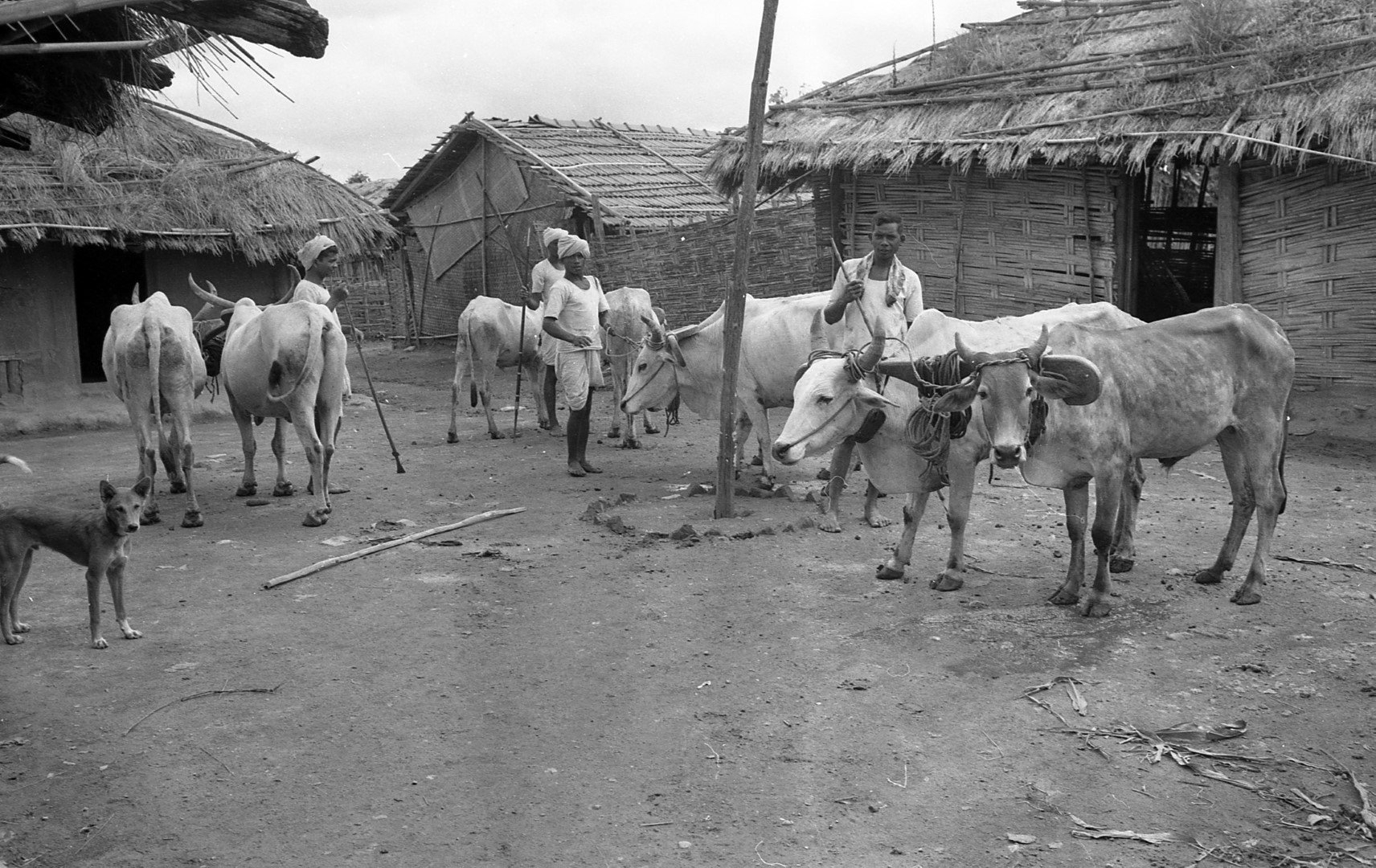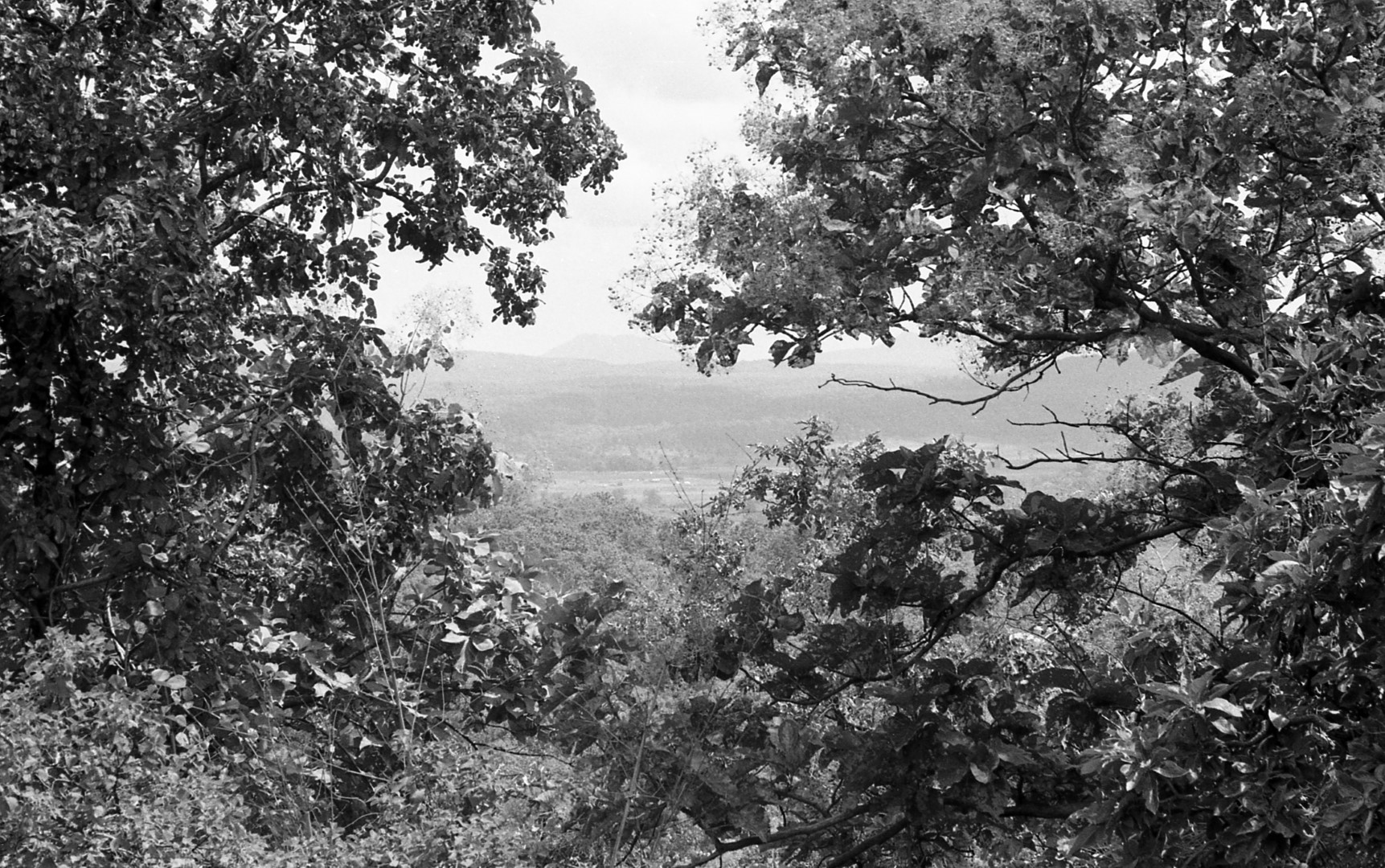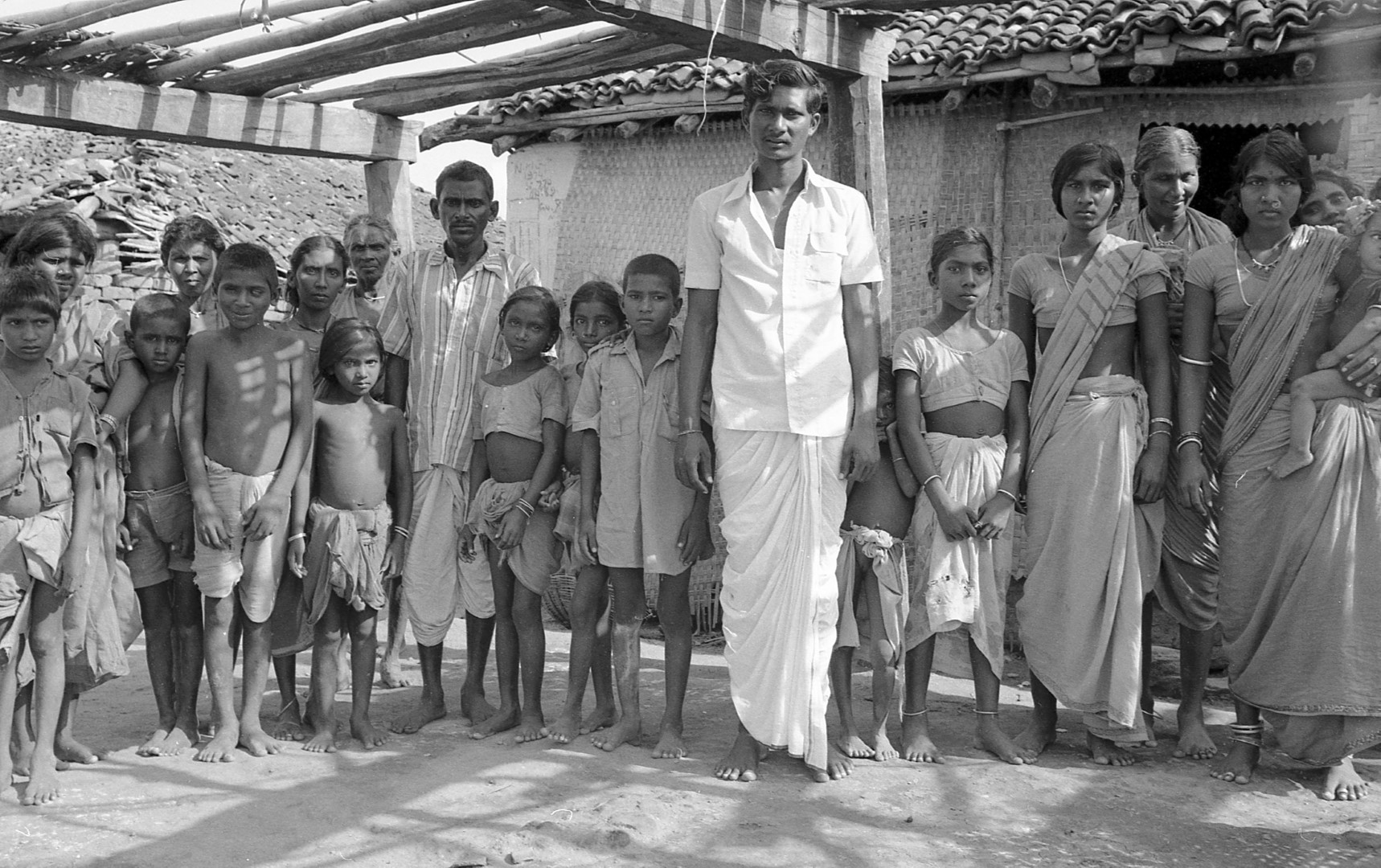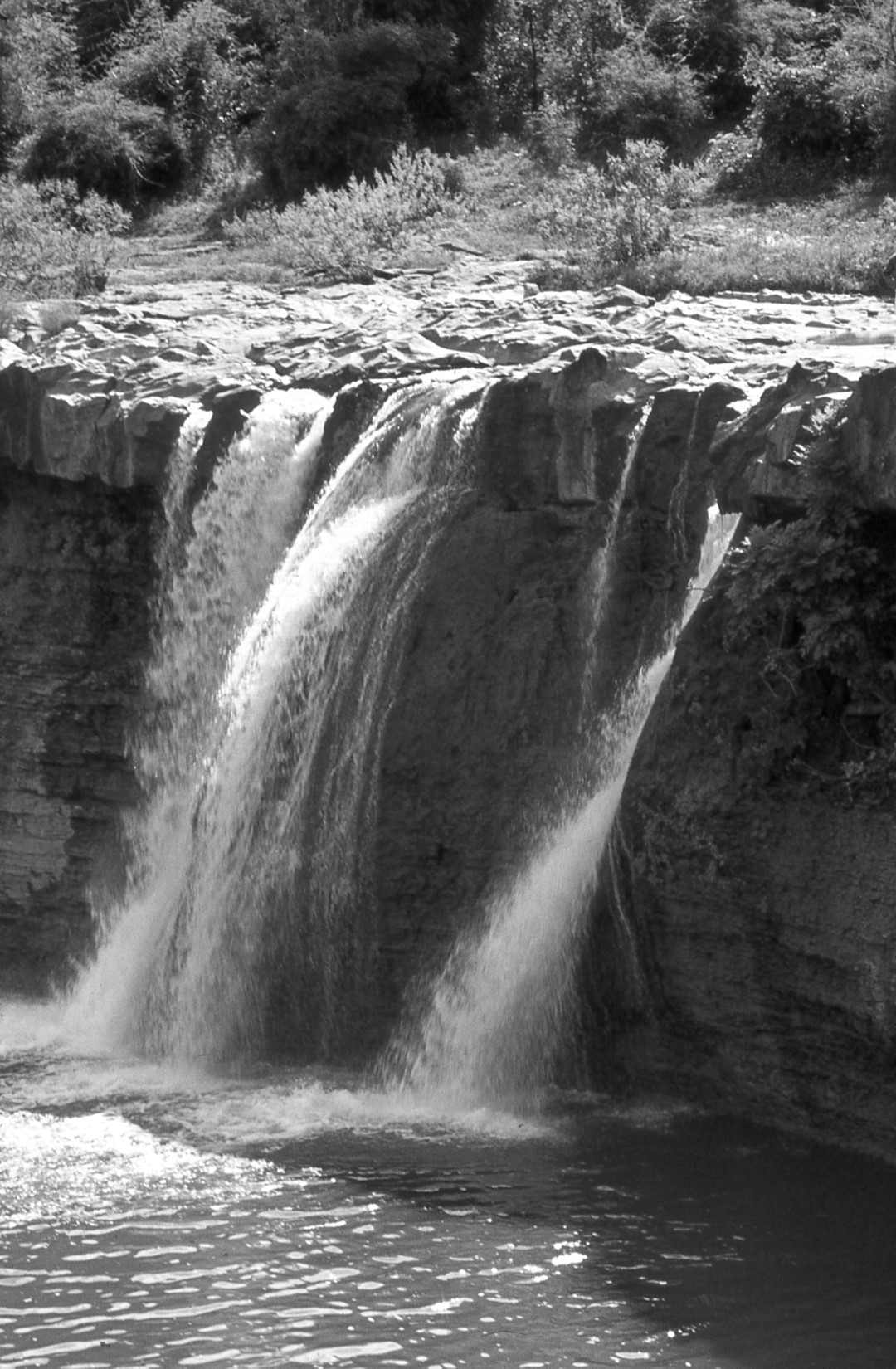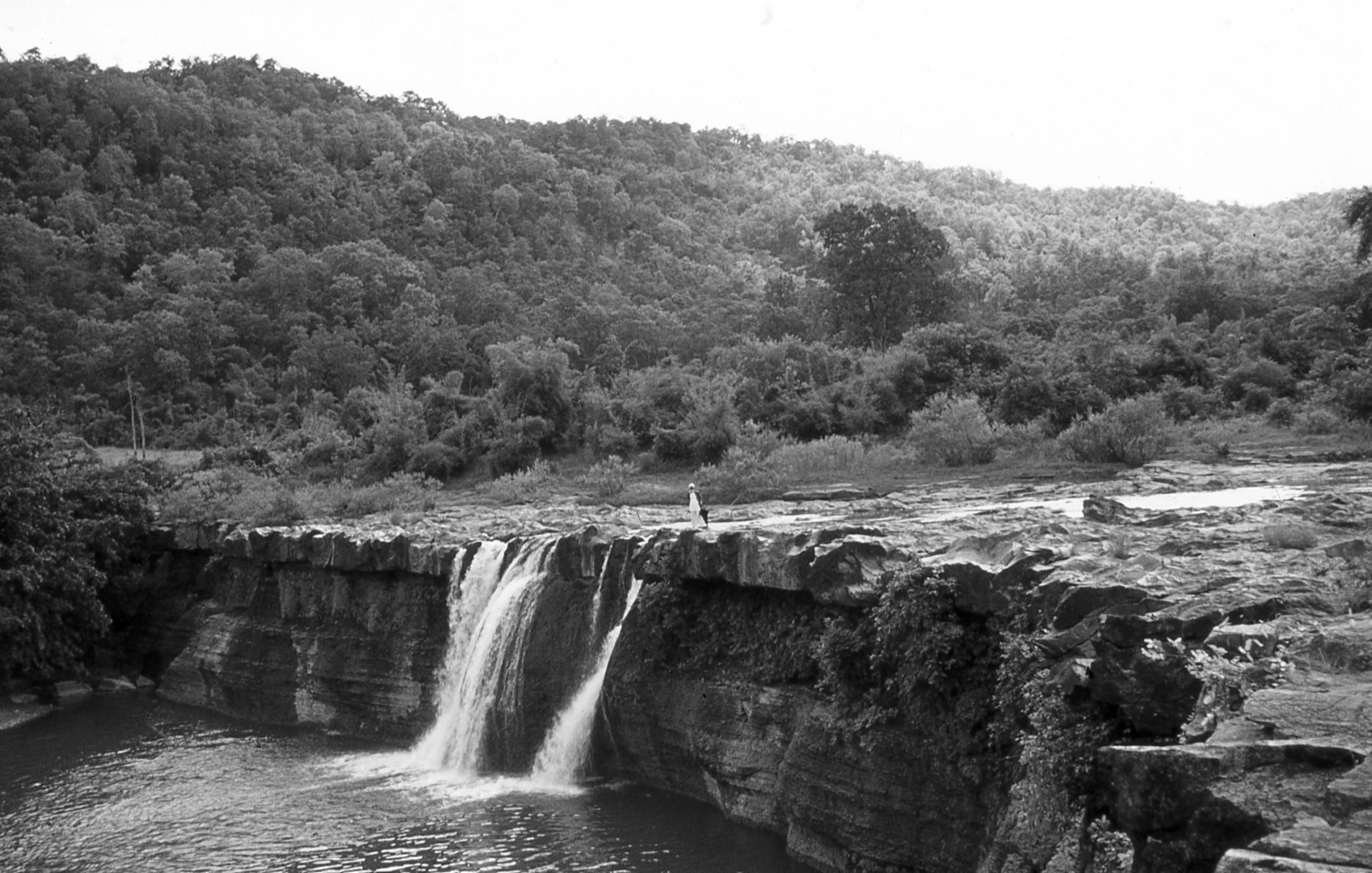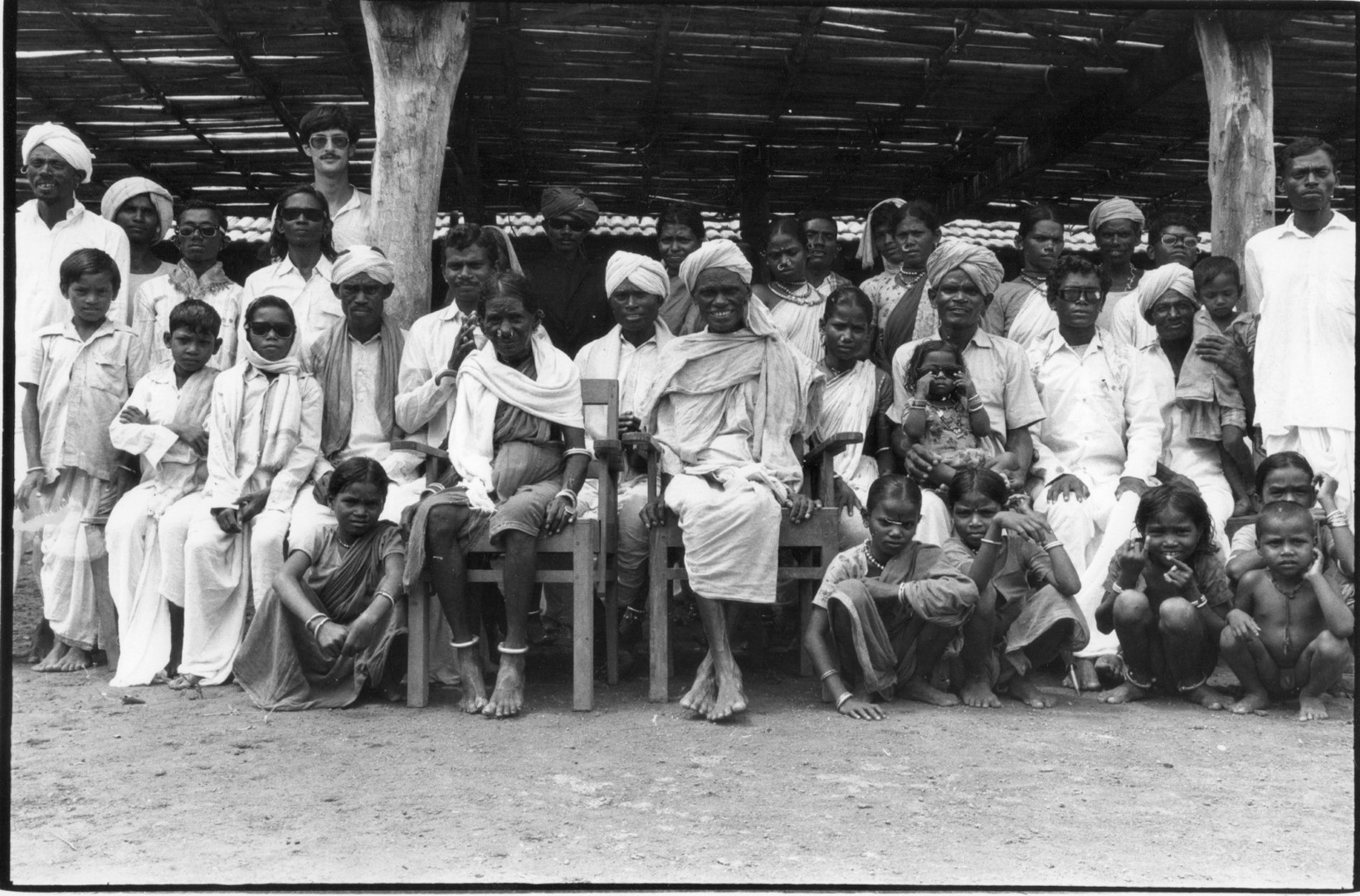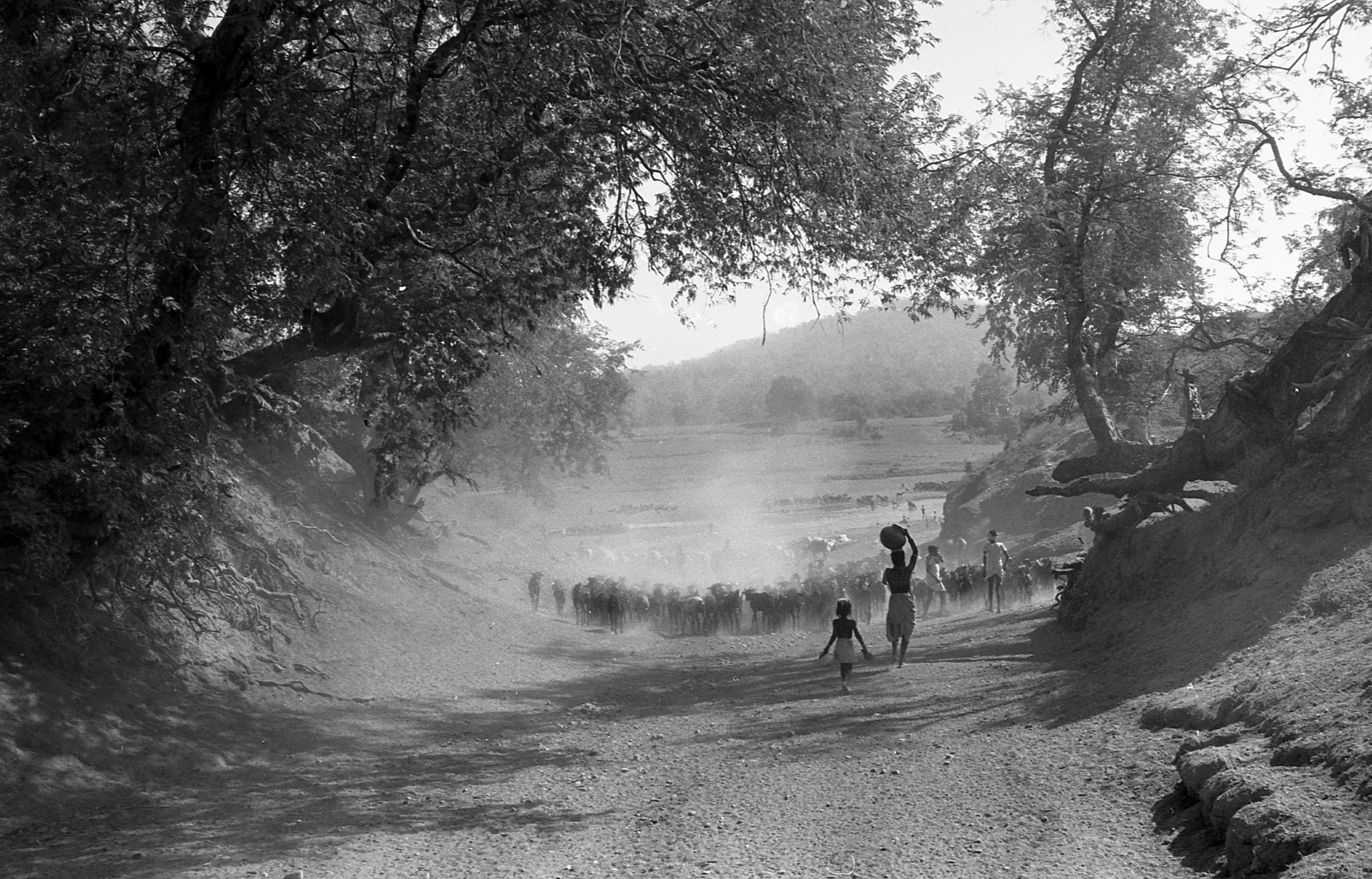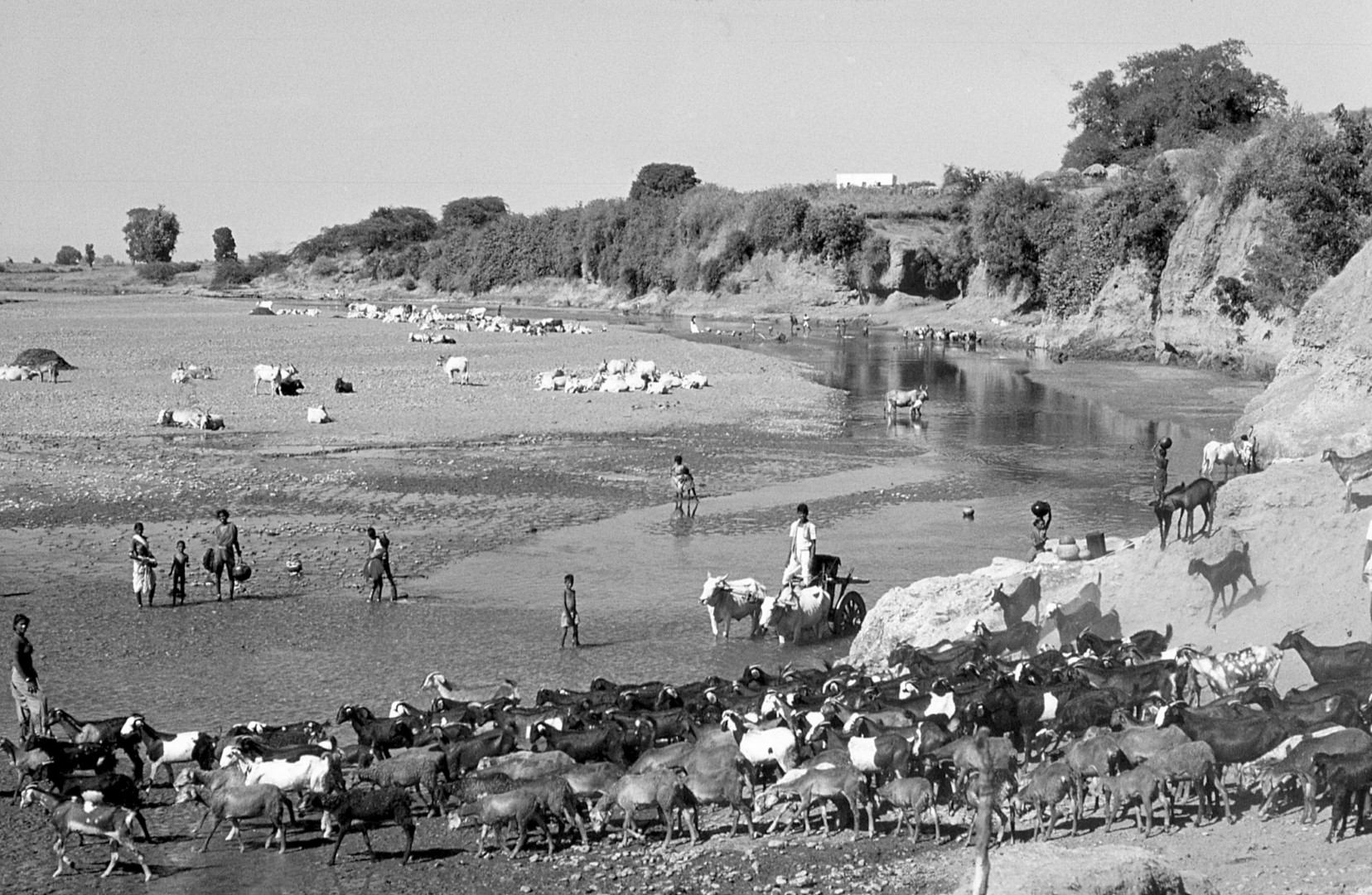Places, Locations
Asifabad
In 1977 Asifabad was the administrative capital of Asifabad District of Andhra Pradesh State. However, since the creation of Telangana State, the town is now that capital of Kumram Bheem District. In those days it was the main market and government centre. Here were the ashram high schools.
Jhoreghat. Site of the Babijheri Uprising in 1937.
This is ancestral home of Kumram Bhimu, who has now become the epic hero of the Raj Gond people. The Government has now built a large museum and cenotaph to Kumram Bhimu here. He was the leader of a tribal uprising against the Nizam of Hyderabad’s government that resulted from gross exploitation by local government officials and maltreatment and corruption by Forest Department officers in 1937.
Bat cave near Guddipet
A renowned cave near Rompalli village. Many Raj Gonds assume that this is the site of the cave in which their mythical hero ‘Pahandi Kupar Lingal‘ took them to discover their Great God, ‘Persa Pen‘. It is the site of many local ceremonies to various deities. The cave is in a limestone cliff and is the roost of thousands on bats and is unpleasant to enter.
Chelmela
This was my favourite stopping place on the 13 mile walk from Ginnedhari to Asifabad town. It has now been flooded by the recent Vatti Vagu Reservoir. The villagers have been resettled in a non-tribal area. They have lost their protected tribal land.
Chikli Pateda
Another of my favourite resting places on the 13 mile bullock cart ride to Asifabad town.
Chirakonta
Another of my resting places on the road from Ginnedhari to Asifabad, where there was a nice tea stall. It has now become a market town with Hindu owned shops, a Hanuman temple and a Vetinary Hospital.
Edlapaad Thoti village
This is a renowned village of Thoti minstrels. It is 5 miles southeast of Ginnedhari. It was the home of one of the most famous bards of the Raj Gonds of Ginnedhari, called Vedma Ramu Thoti. He knew all the epic Raj Gond mythical stories and was one of my best informants.
Ginnedhari
Institutions, schools, major national events and views of the village, where I stayed for 18 months.
Guddipet
A village 2 miles southwest of Ginnedhari that has close relations with Ginnedhari, with a history of intermarriage. It has many large ruined temples that are believed to be the remnants of the previous Bhuiya people, who occupied the area before the Raj Gonds migrated here and dominated the area.
Gundala
A small Raj Gond village in Luxettipet Taluq about eight miles south of Ginnedhari.
Landscapes
Some views of the countryside in Asifabad Taluq and the Tiryani valley. This is an area of mainly Raj Gong population with many Kolam, Pradhan and Thoti villages. Many of the larger market towns like Tiryani had numerous Hindu and Muslim traders.
Malkepalli
A poor village of largely Thoti traditional minstrel bards, close to Tiryani market town. However situated in low lying land, close to and small river, it frequently floods in heavy monsoons.
Manikgarh Fort
This is now a ruined and uninhabited fortress that was once, from the 13th century until 1751, the feudal capital of the Raj Gond kings of Chanda, when they were defending their kingdom against inroads of the neighbouring Maratha kingdoms.
It is situated on a hilltop 28 miles north of Asifabad in Maharashtra State. In modern times the Raj Gond king has a substantial palace in Chanda.
Marlavai
This is the village where my professor and his wife Elizabeth and Christoph von Fürer Haimendorf lived from 1943 to 1947. It is in Utnur Taluq. While I was in Ginnedhari he spent two more years here. Unlike the Asifabad region it is on the high central granite plateau of India.
Moinda
Moinda is a small village close to Guddipet in the Ginnedhari valley some three miles from Tiryani.
Mowad
A small village some 11 miles northwest of Ginnedhari. It has a perennial river running through it, which makes it good for growing paddy rice. It is nestled in a narrow valley surrounded by dense virgin forest. It also has fertile black cotton, ‘regar‘ soil for cultivation sorghum, ‘jawaar‘.
Pangri Madura
This small hamlet is about five miles northwest of Ginnedhari. It consists of a few households scattered among its sorghum millet, ‘jawaar‘, fields.
Pedda Vagu river
‘Pedda Vagu‘ simply means Large River in the Gondi language. It runs west to east about a mile north of Asifabad. All the rivers and streams of the Asifabad plains run into the ‘Pedda Vagu’. It varies from a shallow river to a raging torrent in the monsoons.
Rebena, Sitaramji
Rebenna has become a large market town with many non-adivasi traders and shopkeepers, on the main road from Asifabad to Mancherial. It is the home town of a Raj Gond aristocrat called Sitaramji.
Rompalli
This large Raj Gond village is ten miles south of Ginnedhari in Luxettipet Taluq. The Ada clan are the headmen. It is the home town of Ada Jalpatirao, who was my researcher and translator. Many of the farmers here were landless labourers on their ancestral land, which they had mortgaged to a nearby Hindu moneylender from Mandamari, called Madavarao. However the forward thinking headmen had started a primary school in the village. It now has a leading high school.
SamthulaGundam waterfall
Also called the Savattigungam falls. These magnificent waterfalls lie on the edge of the central Indian granite massif, called ‘Gondwanaland‘, which here drops the the eastern coastal plains. It is 11 mile northwest of Ginnedhari. During the monsoon rains this is a massive torrent on a side stream of the Vatti Vagu river.
Sungapur
This was a particularly large Kolam village about 3 miles northwest of Ginnedhari. The headman was Tekam Katti Patel, with his son Tekam Bhim Patel. The village then had no school, but it is now electrified and has a high school. The Kolam people are ‘Adivasi‘ tribals and have a close relationship with the Raj Gonds. They share in many common religious practices and ceremonies, especially that of ‘Dandari‘. The Kolam tribe are renowned for their use of forest produce and collecting wild bee honey.
Vatti Vagu river
This river drains the valleys south of Asifabad and flows into the Pedda Vagu river just north of Asifabad. Today it has been been dammed to create the Vatti Vagu reservoir, that has flooded a number of Rag Gond villages. I always had to cross it on my journey from Ginnedhari to Asifabad. While it is easily fordable for most of the year, it becomes a torrent in the monsoons. Today there are new and extensive coal mines just southwest of the reservoir feeding the steel furnaces at Bellampalli.
